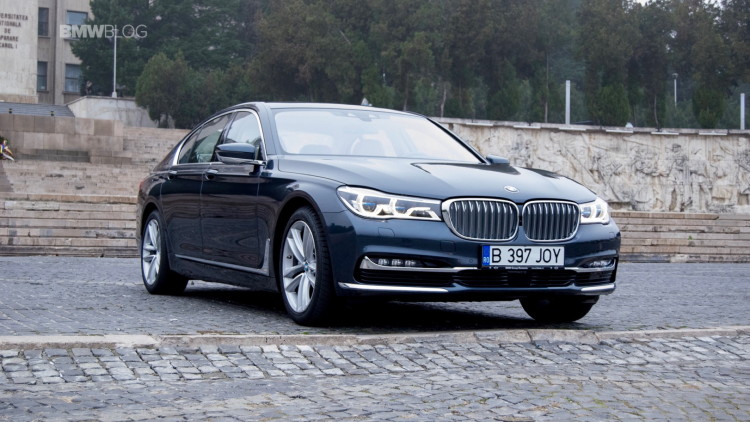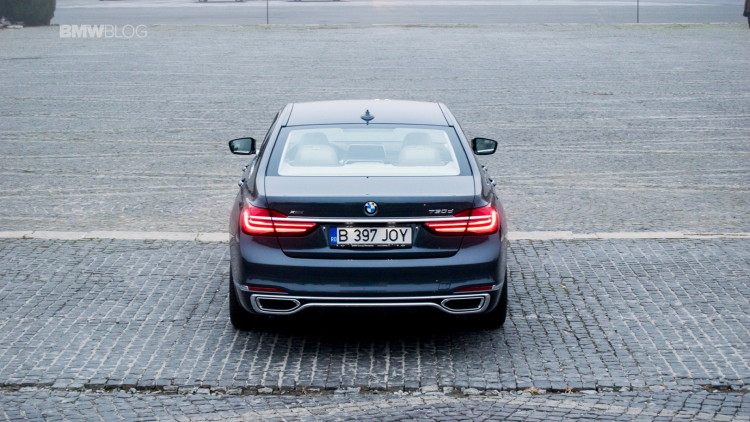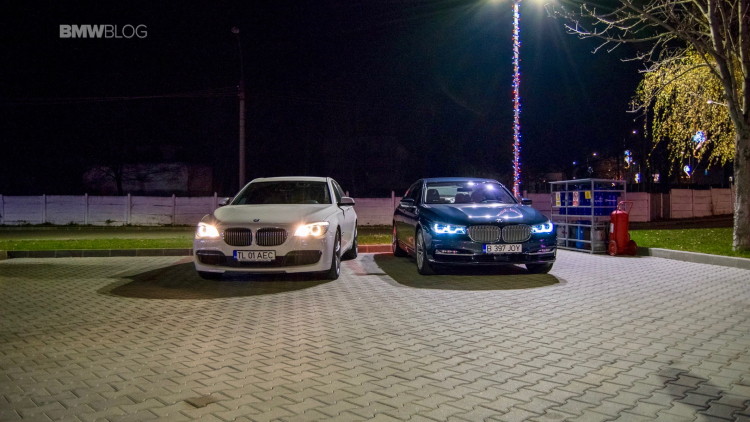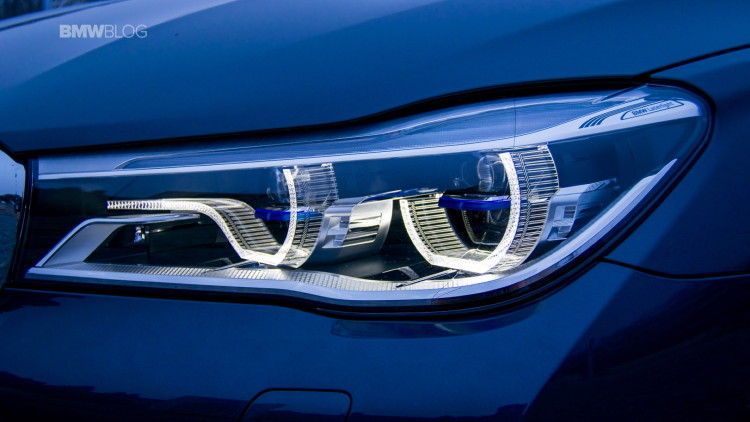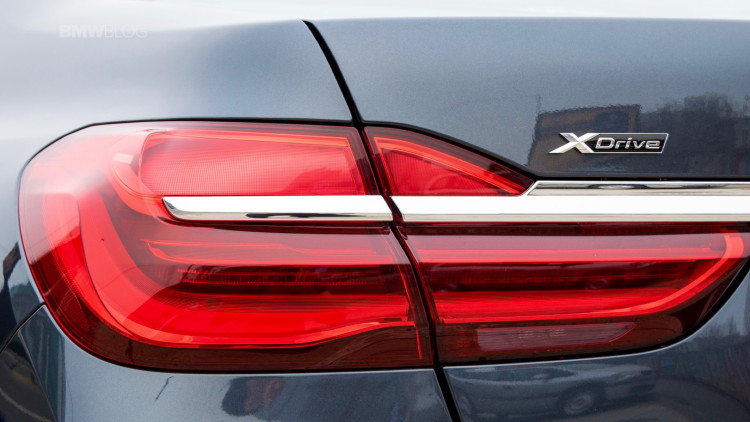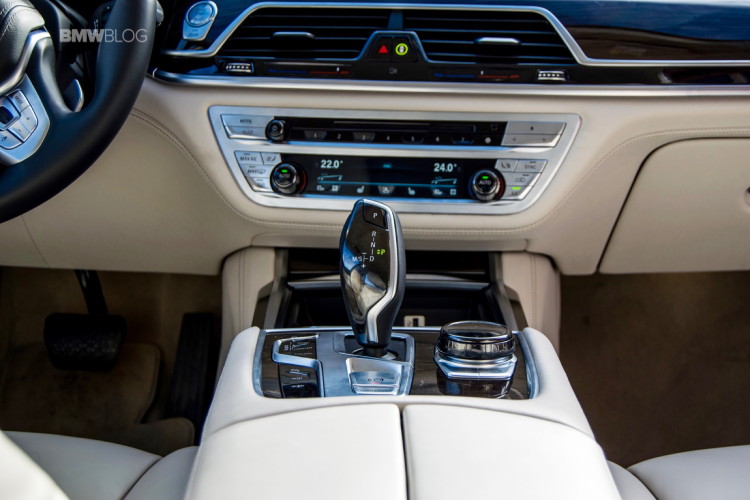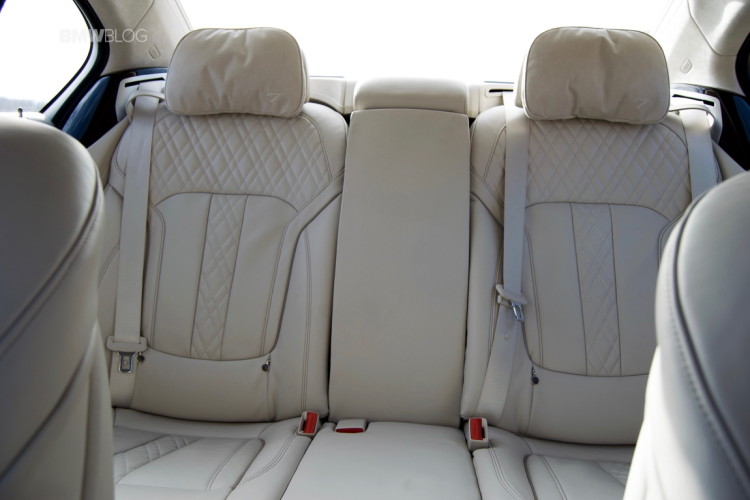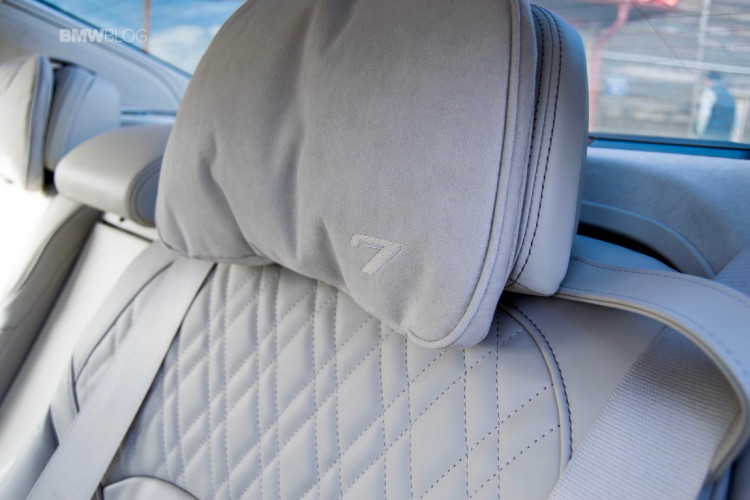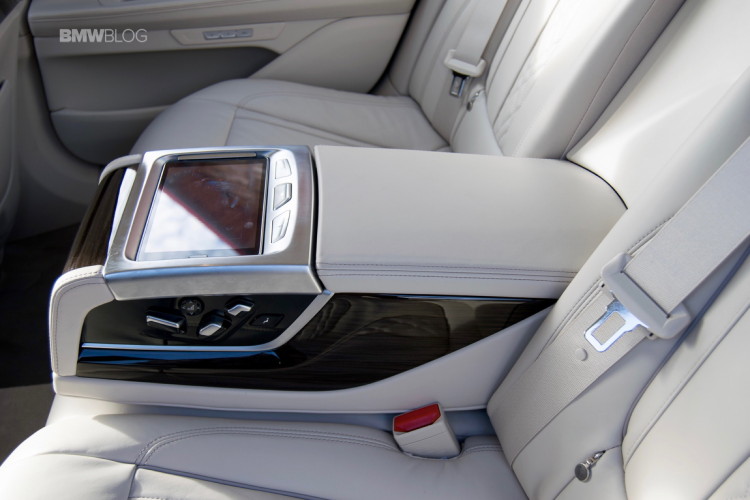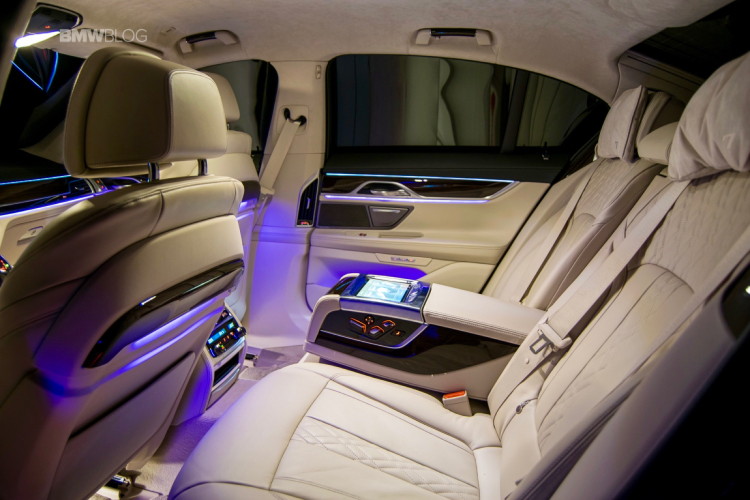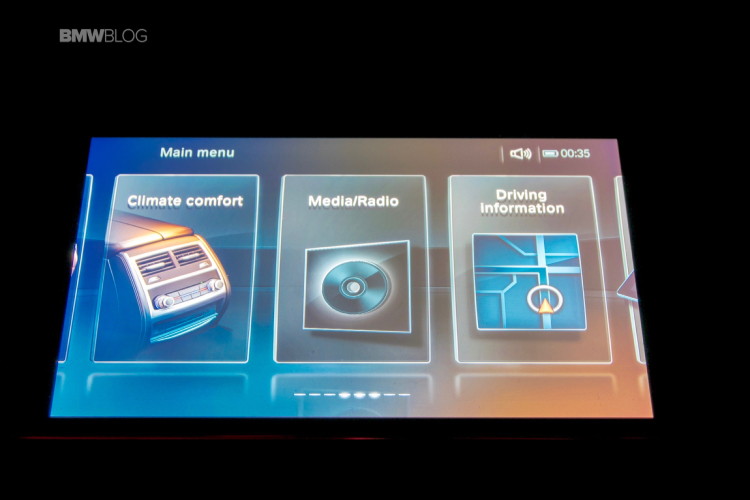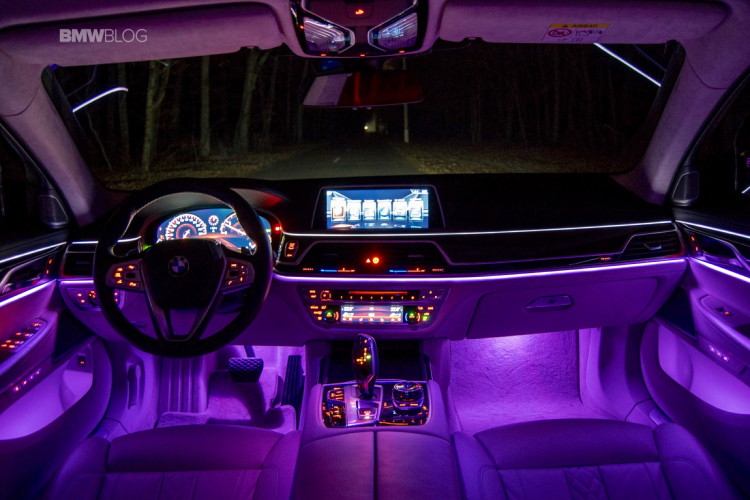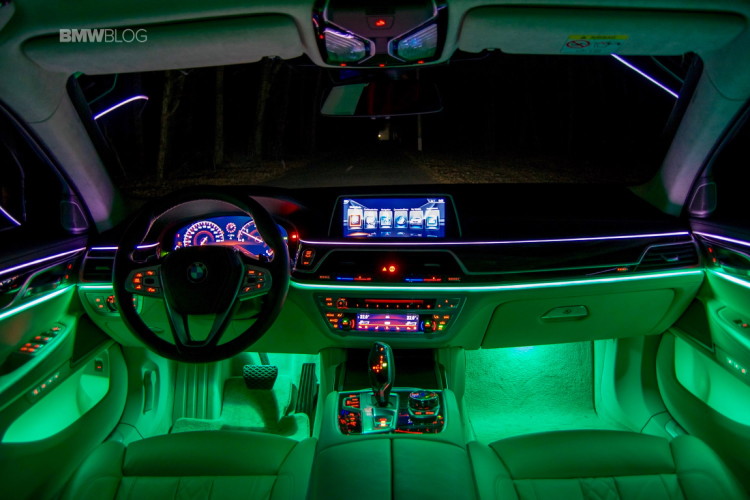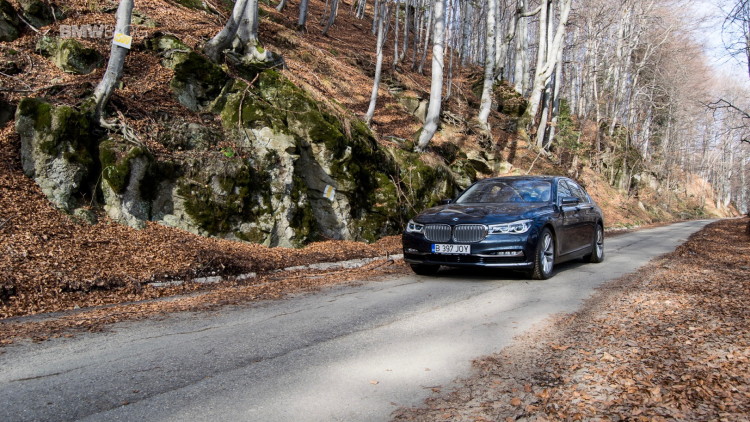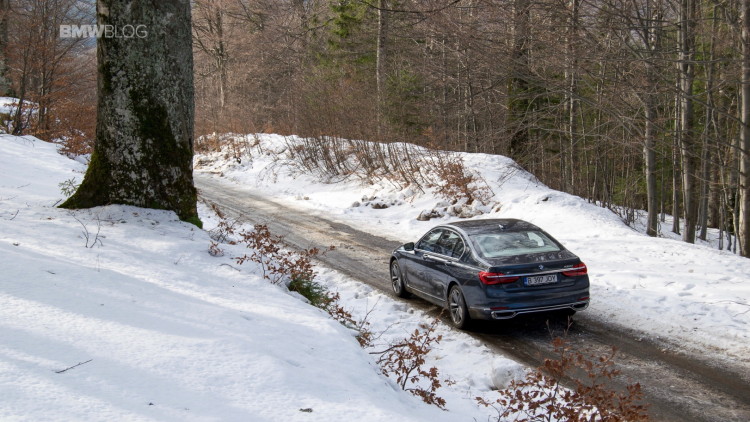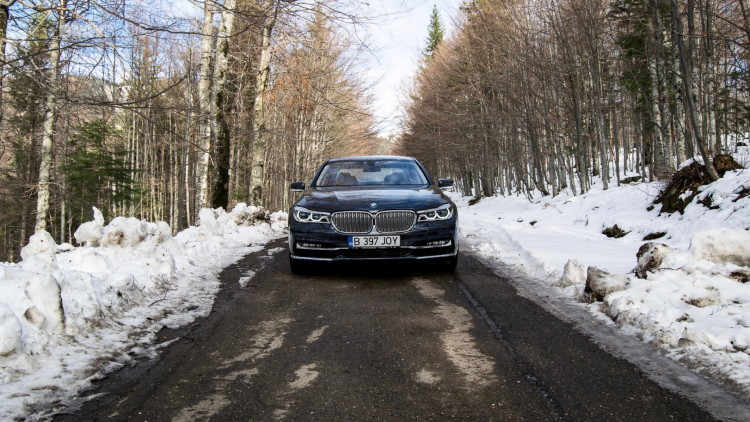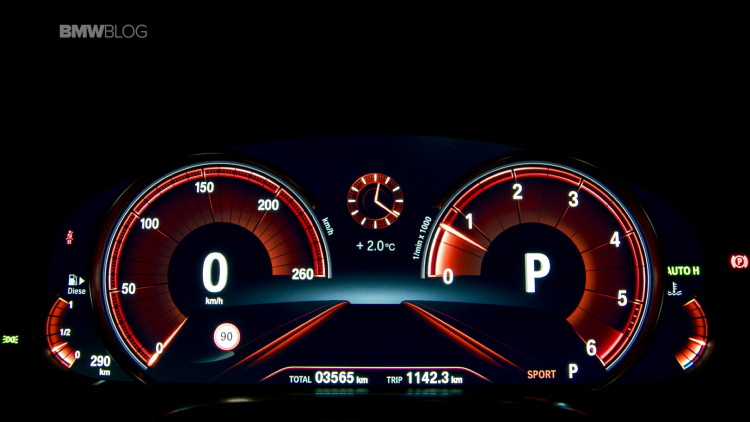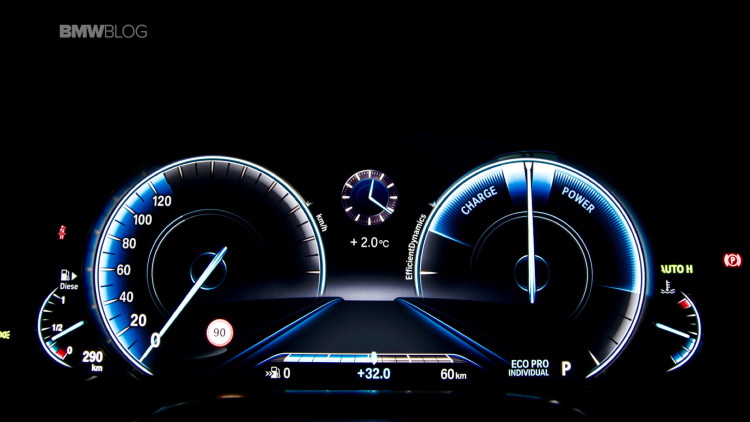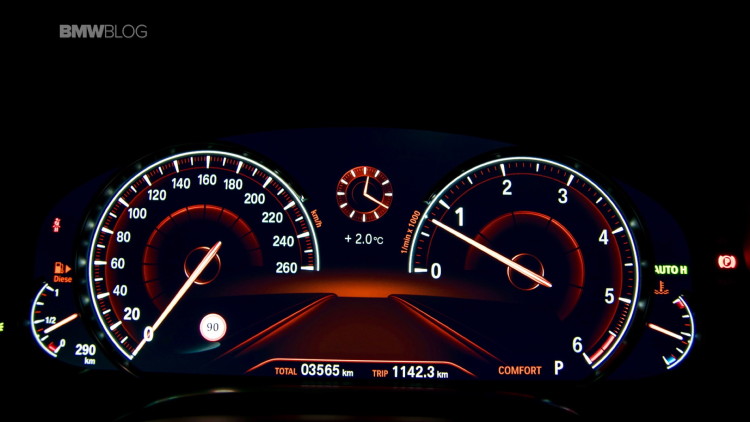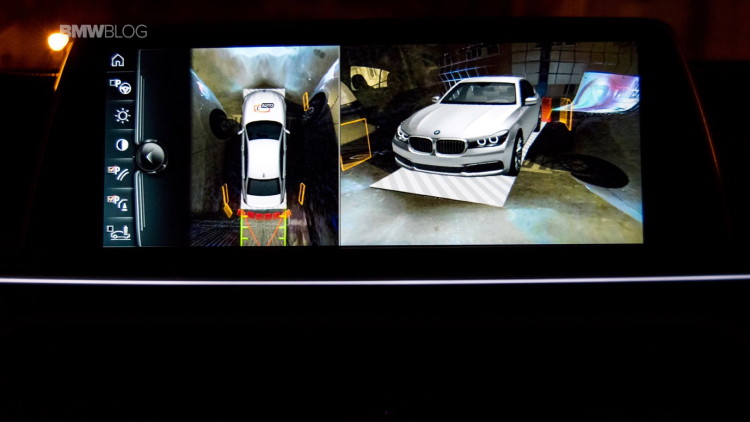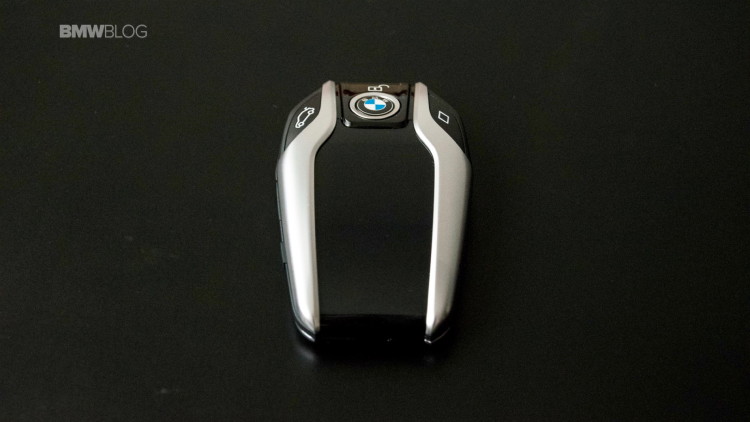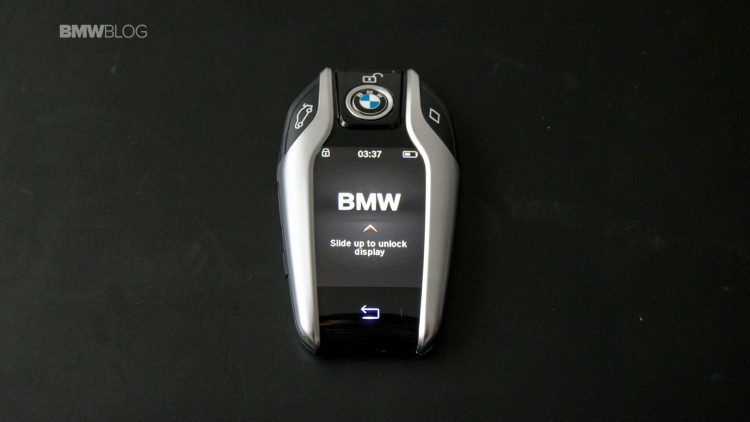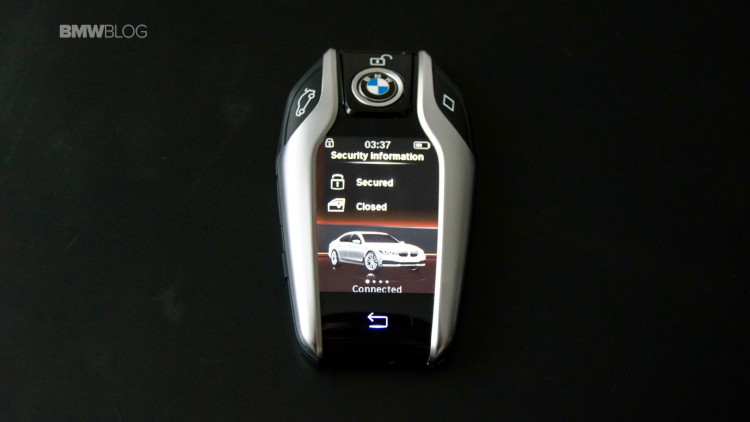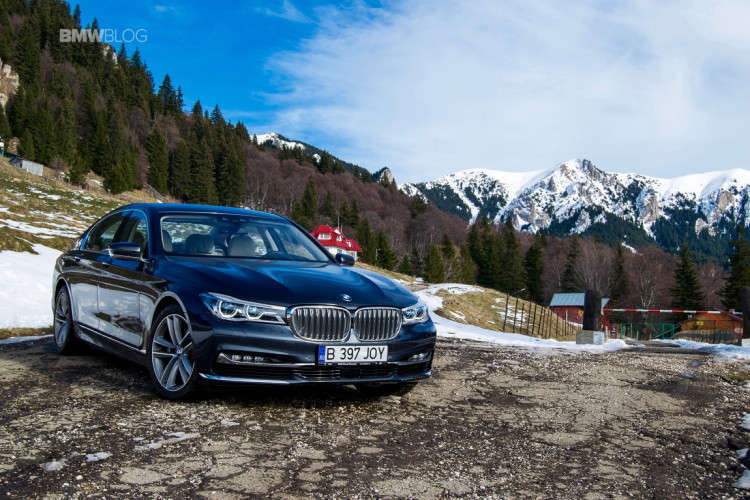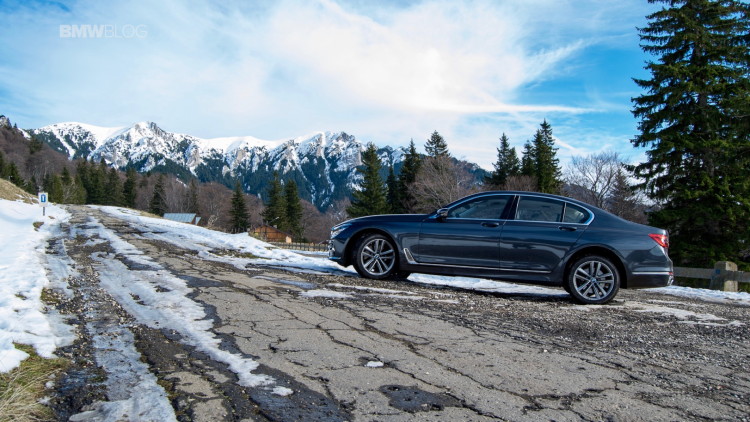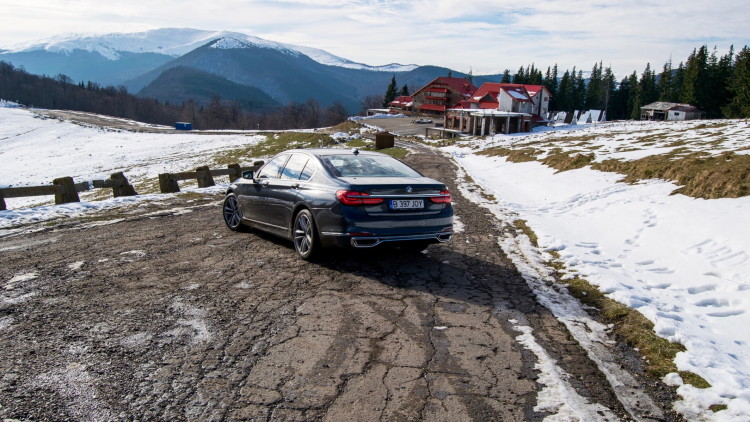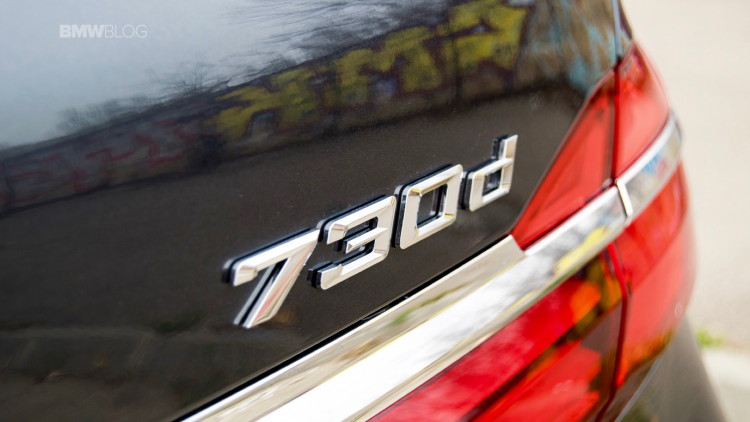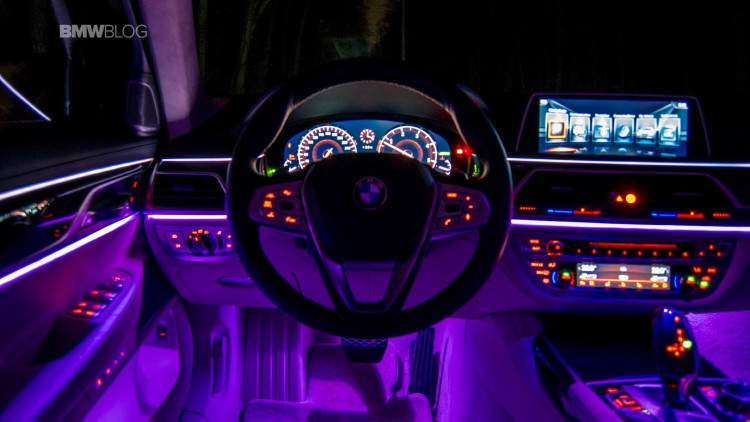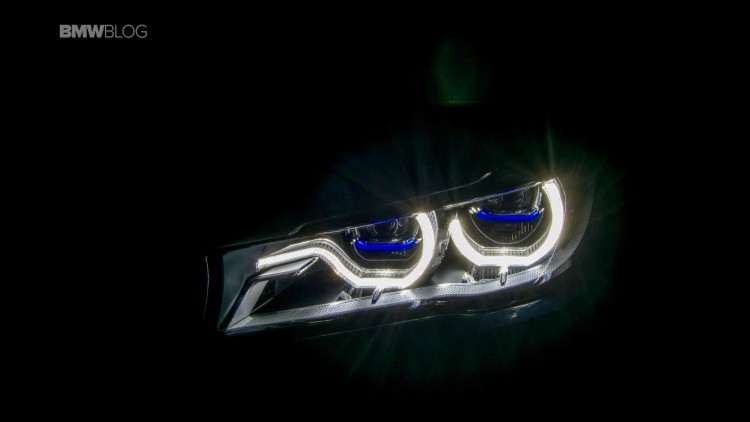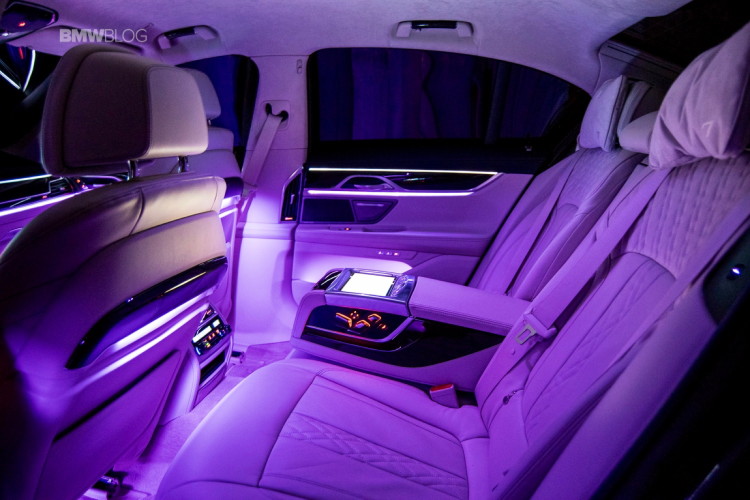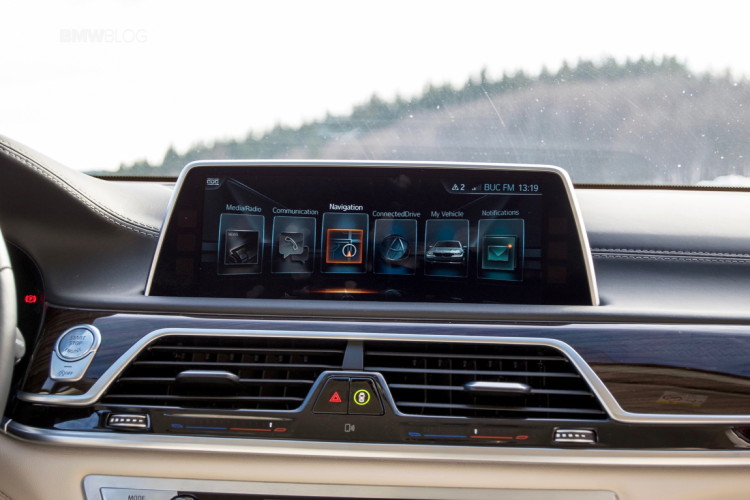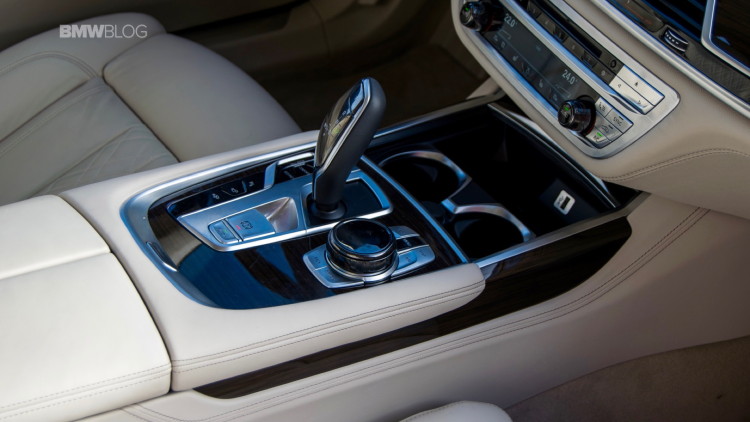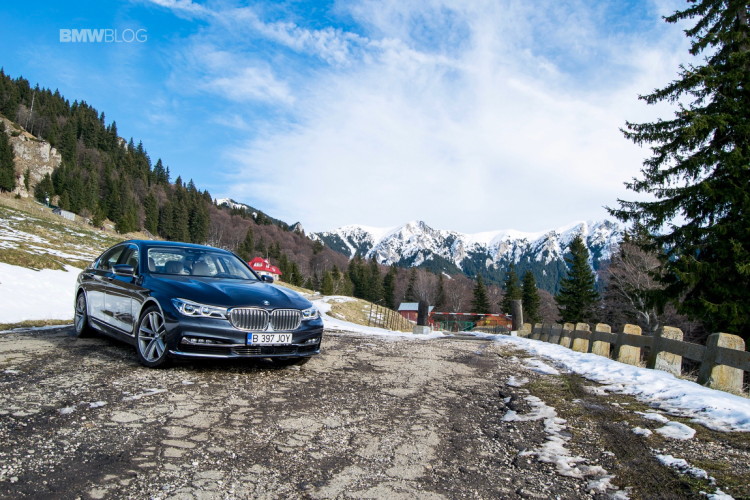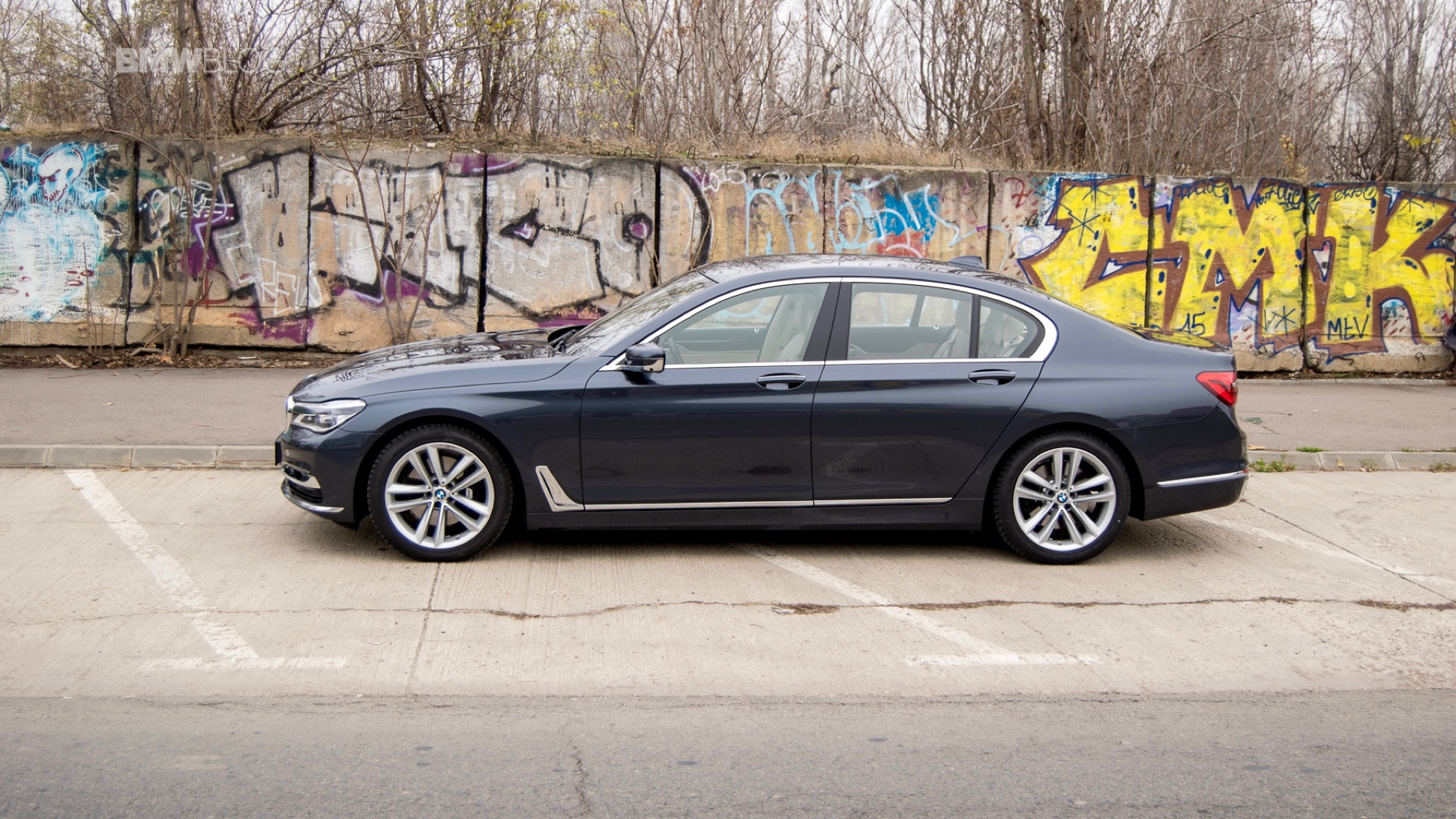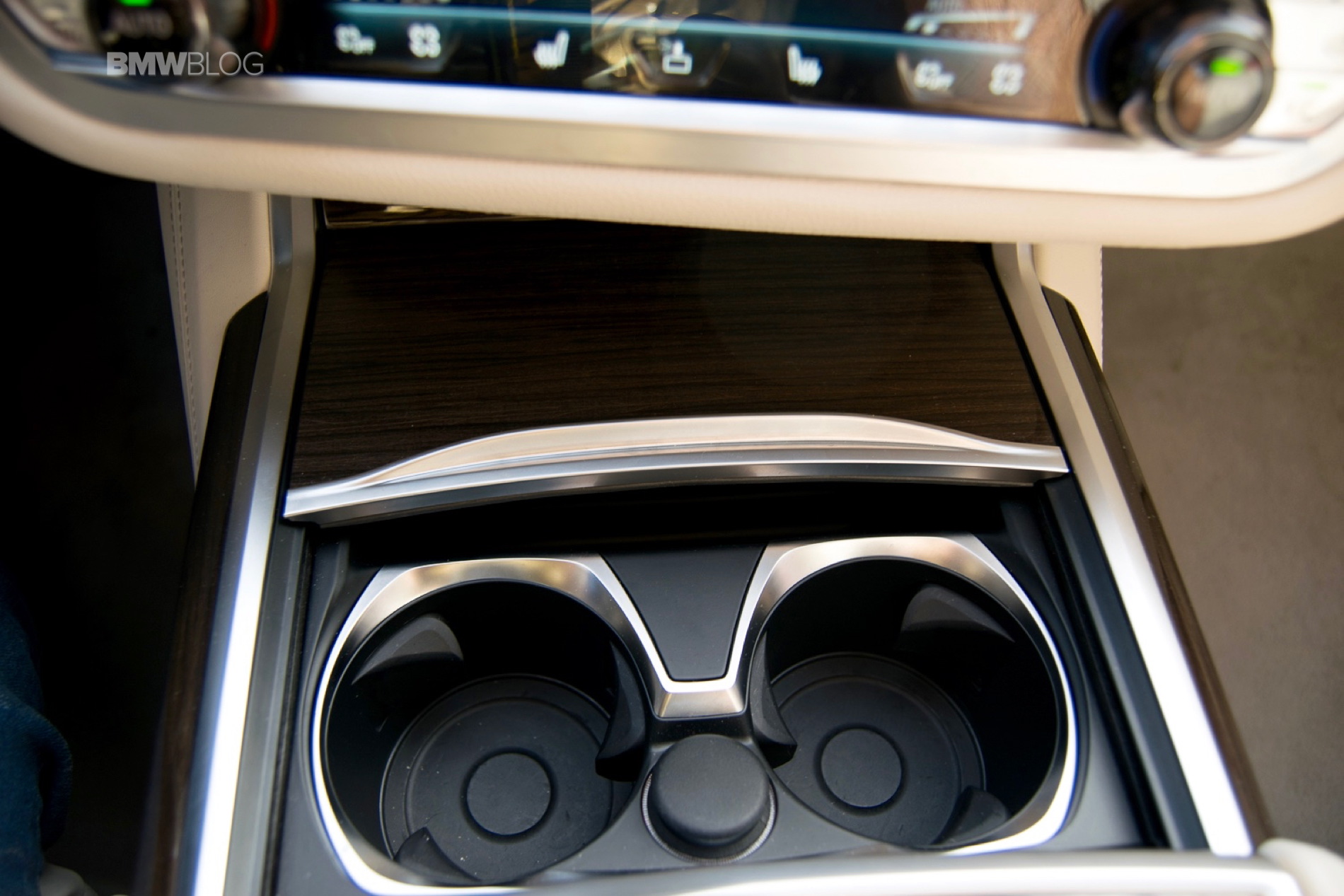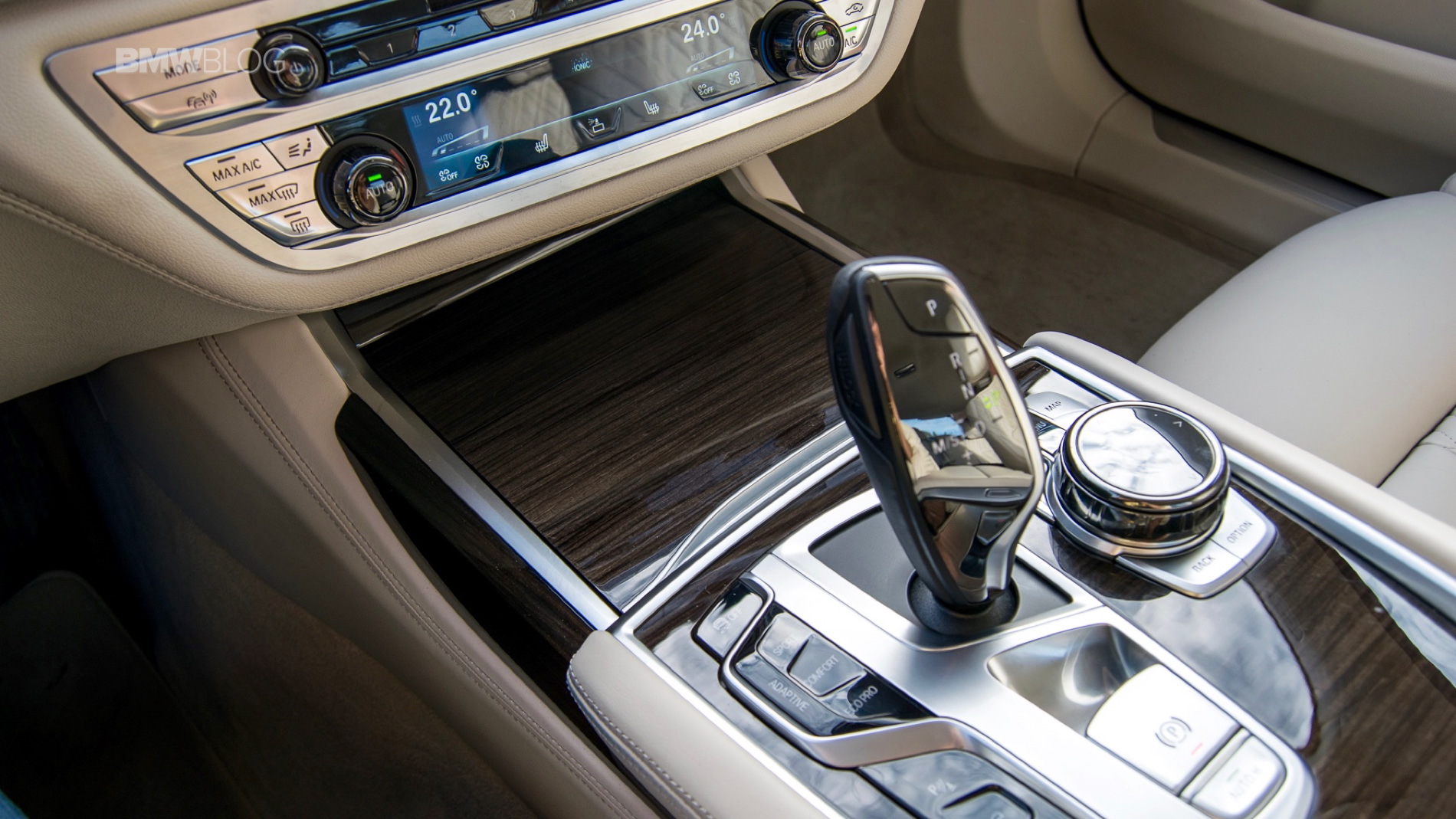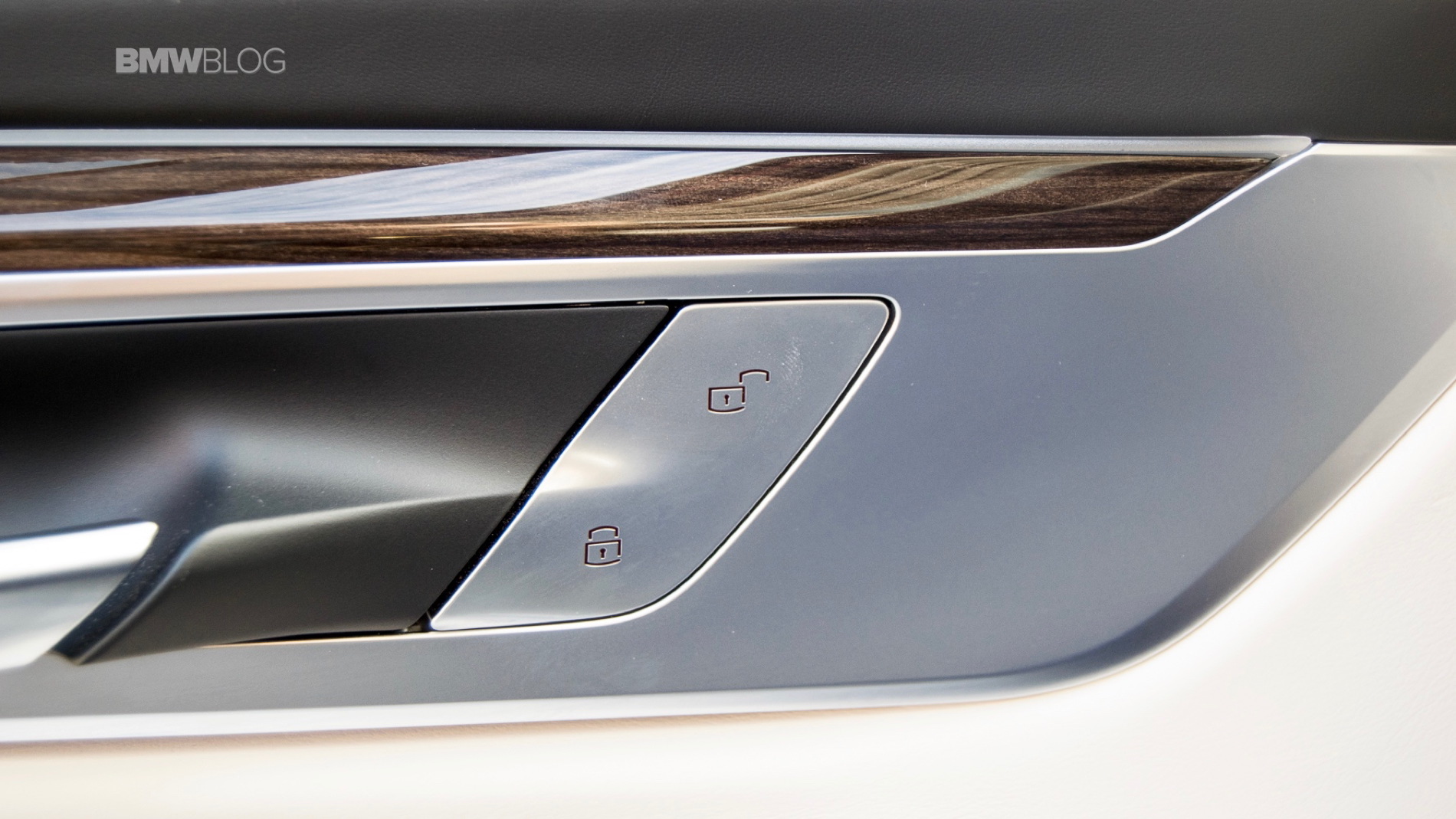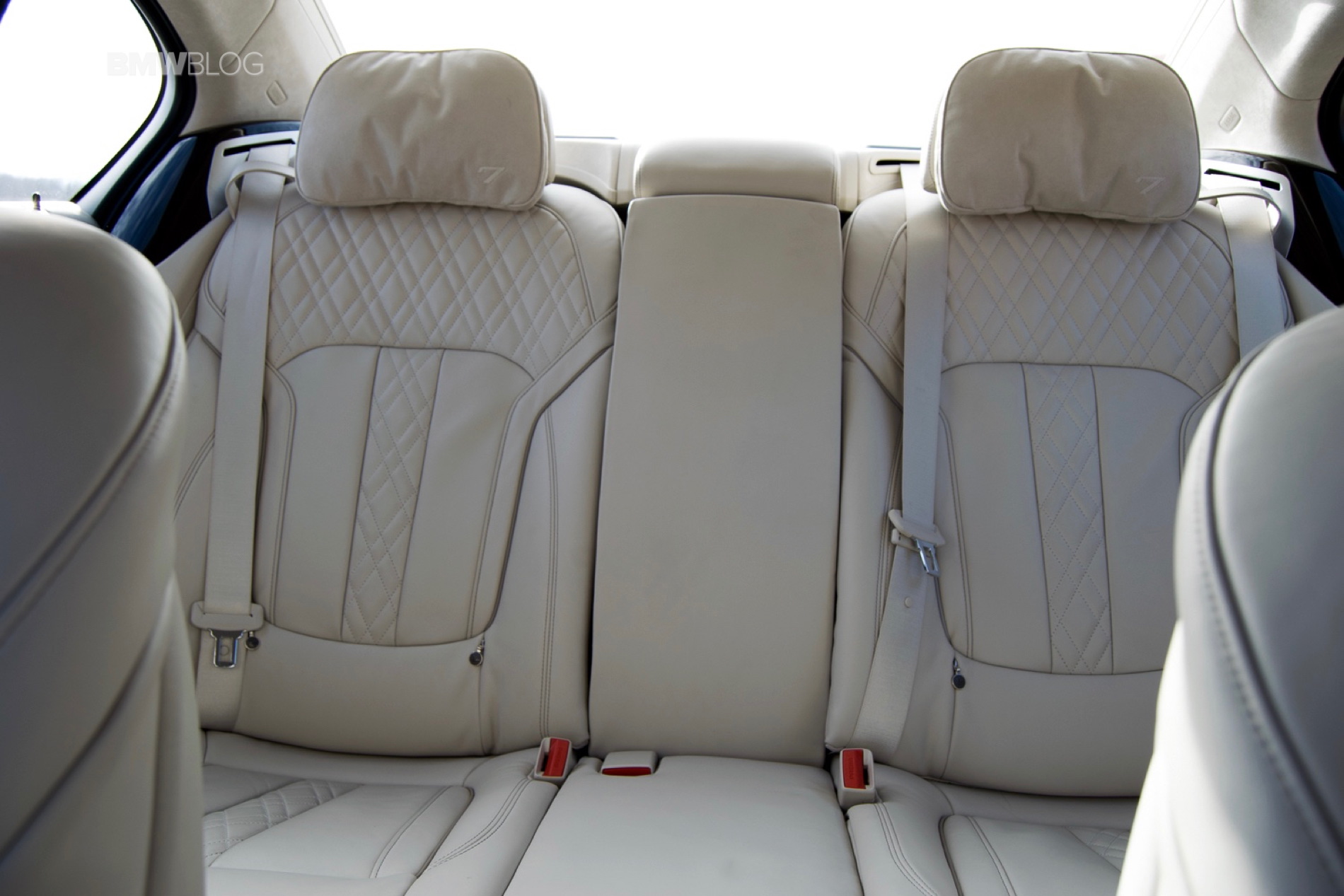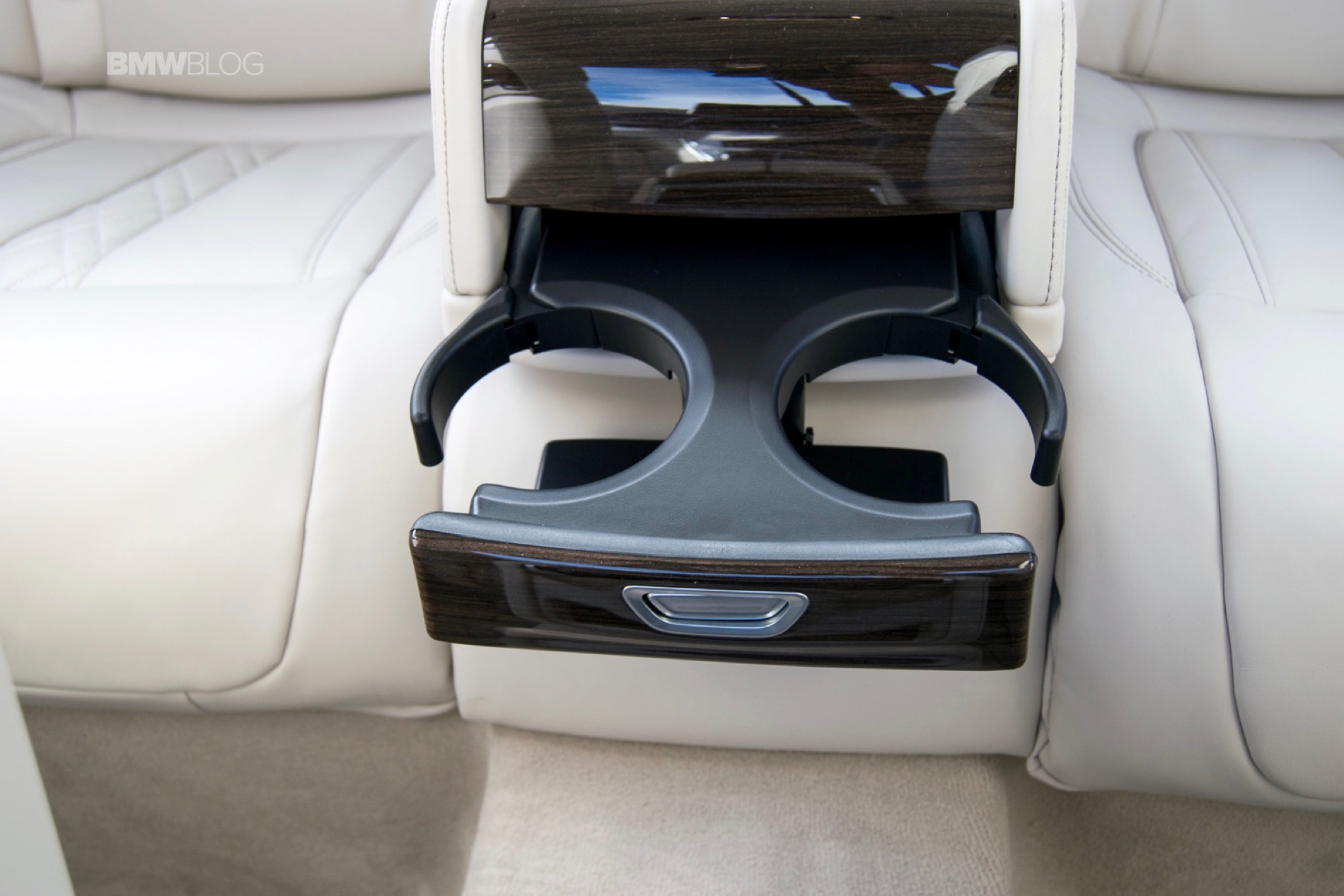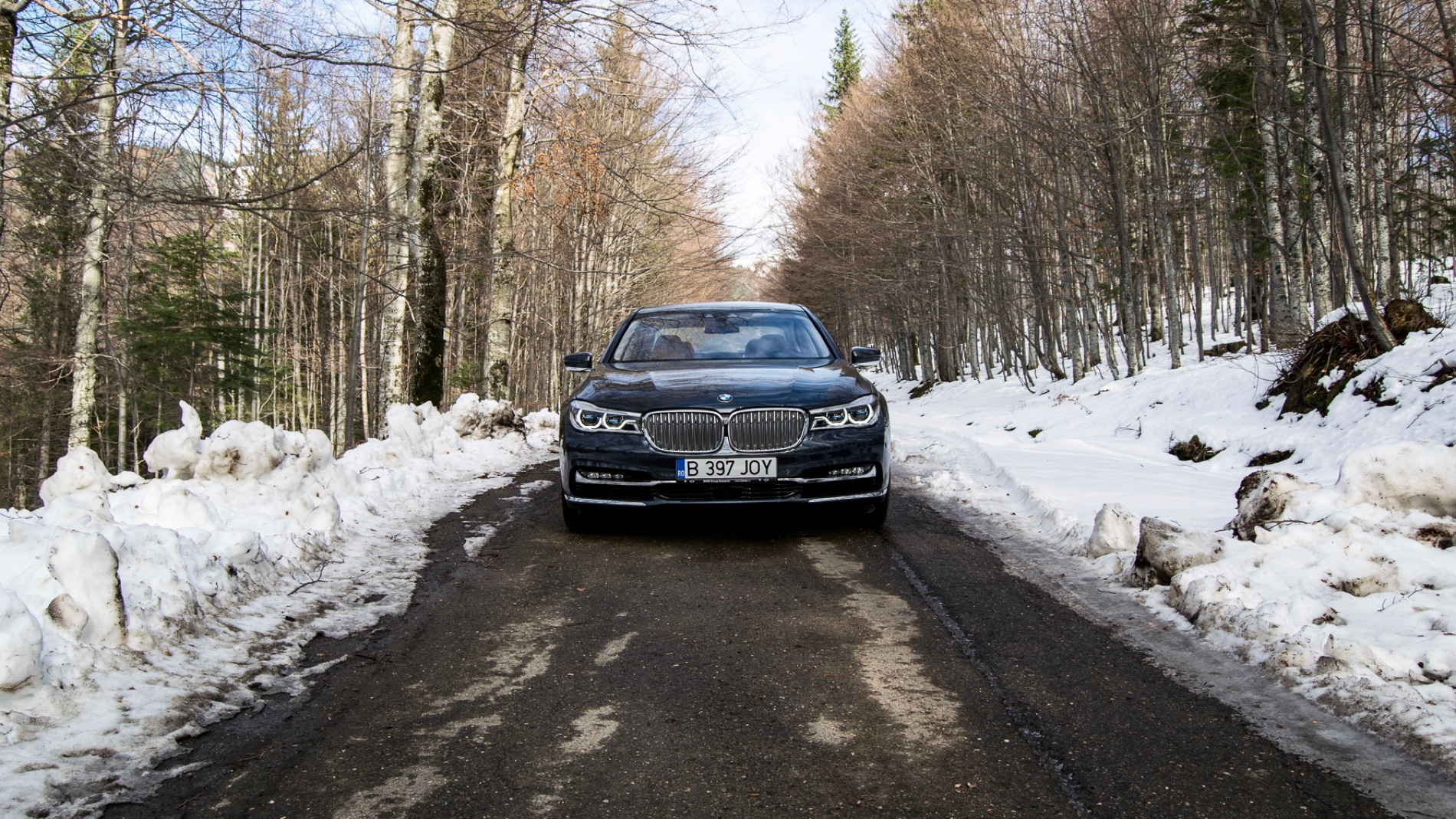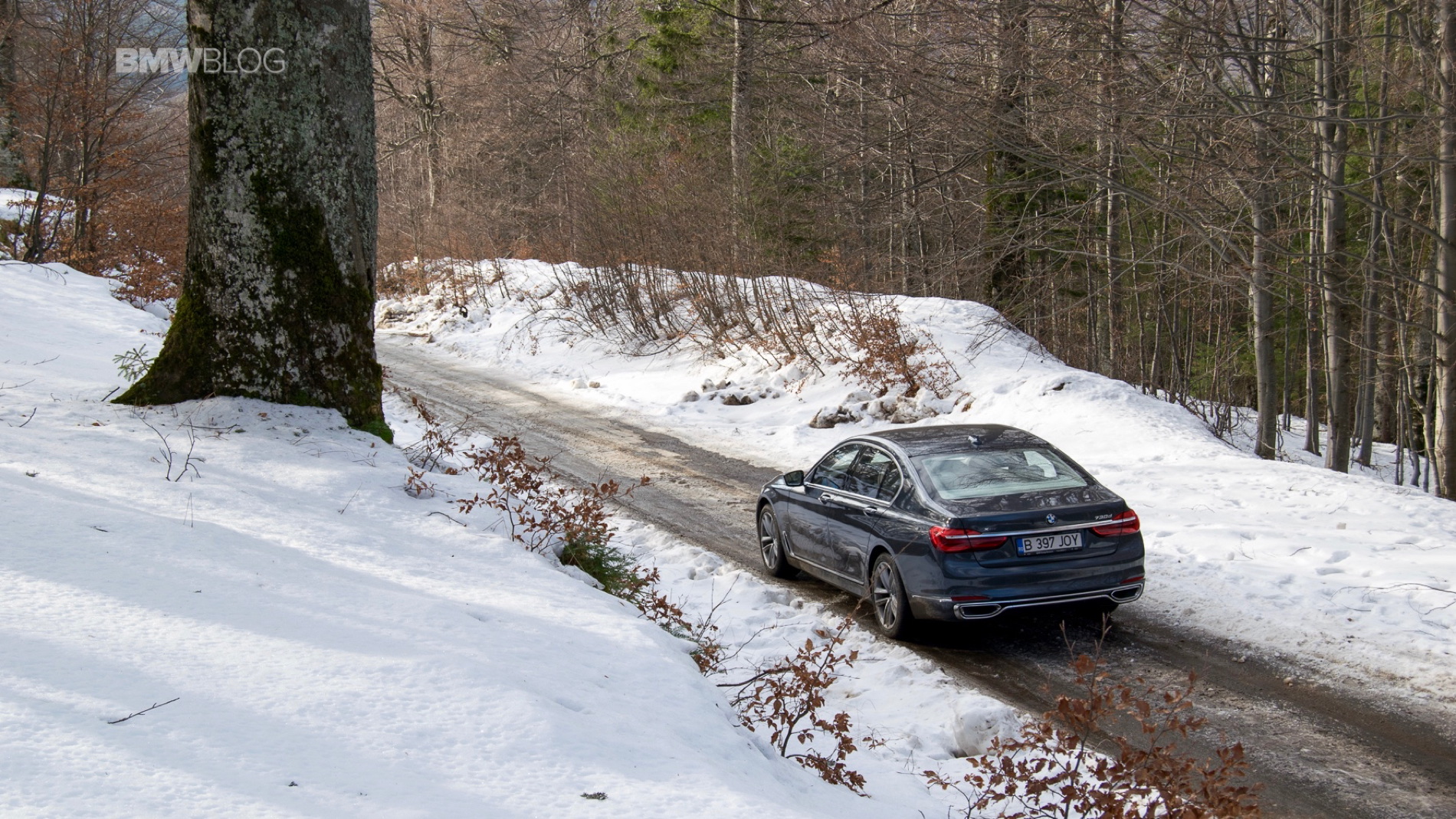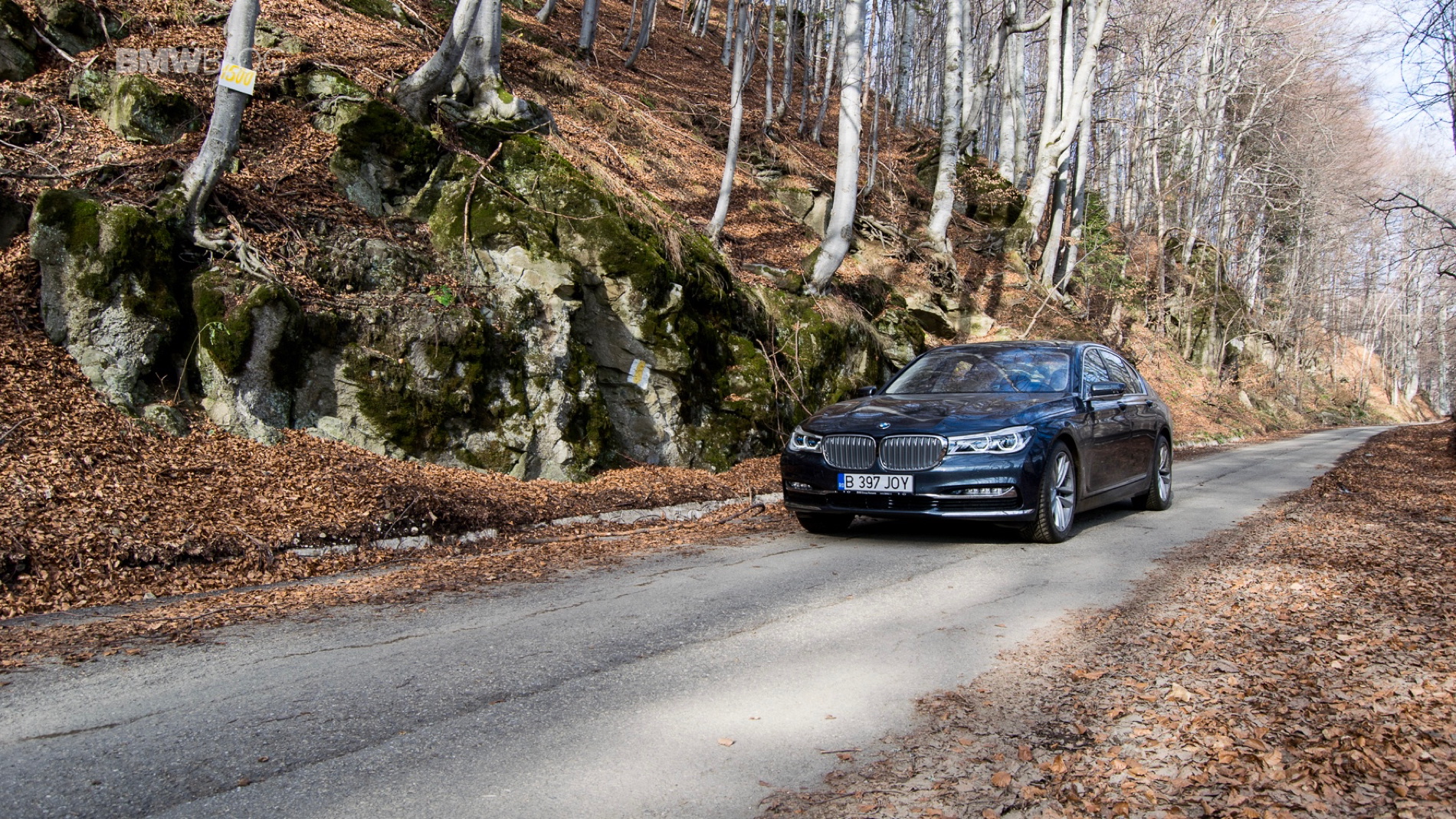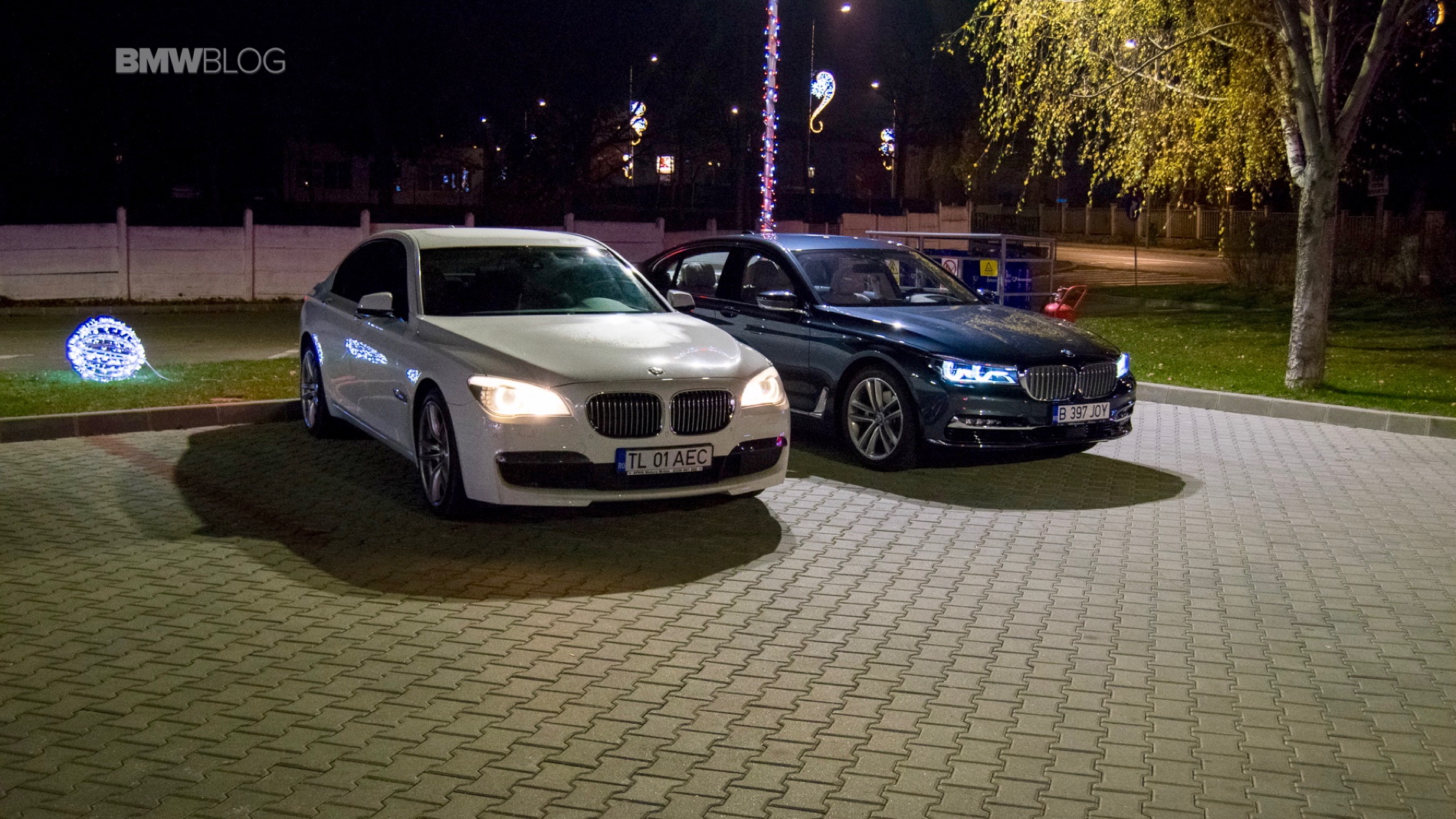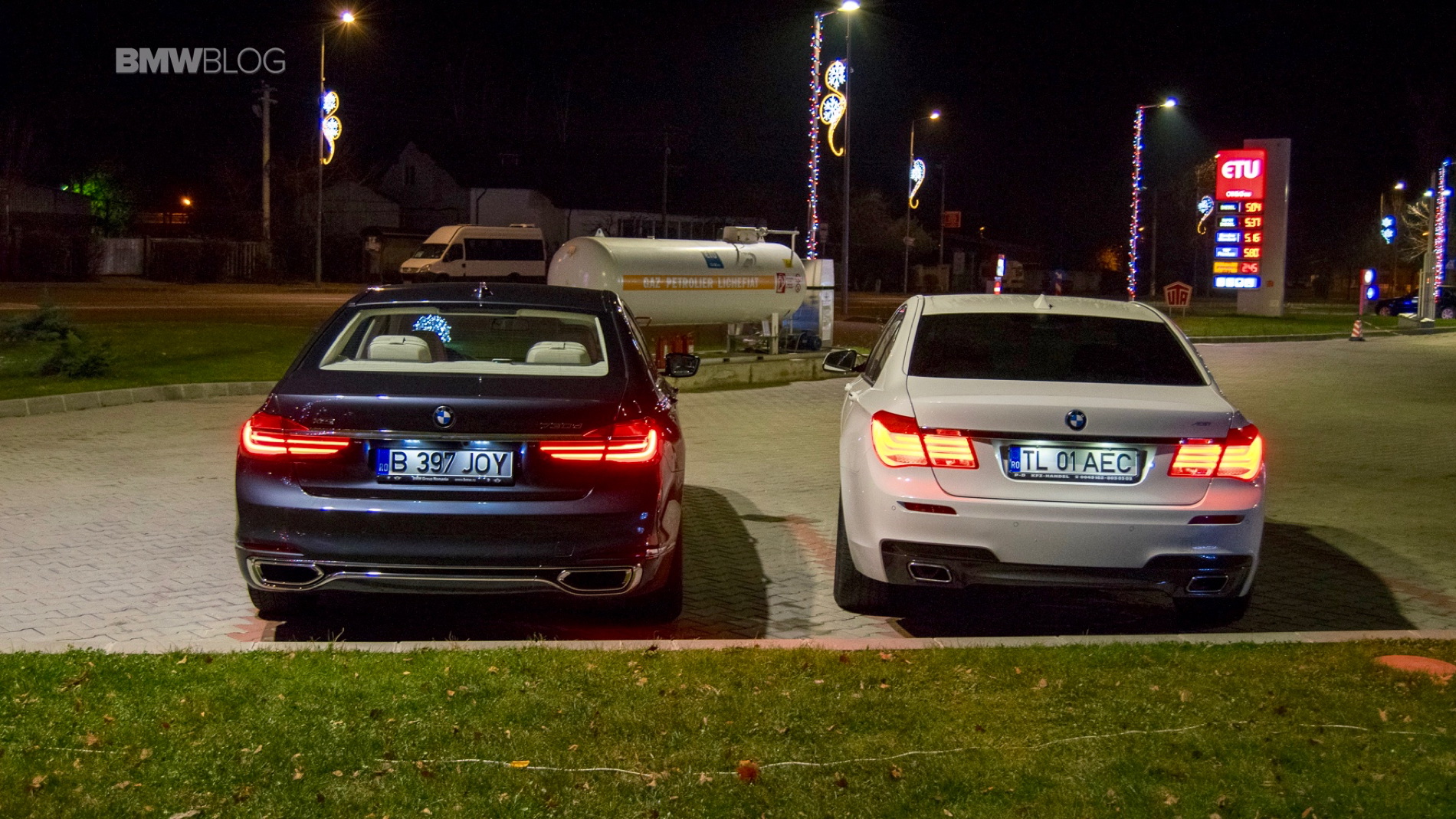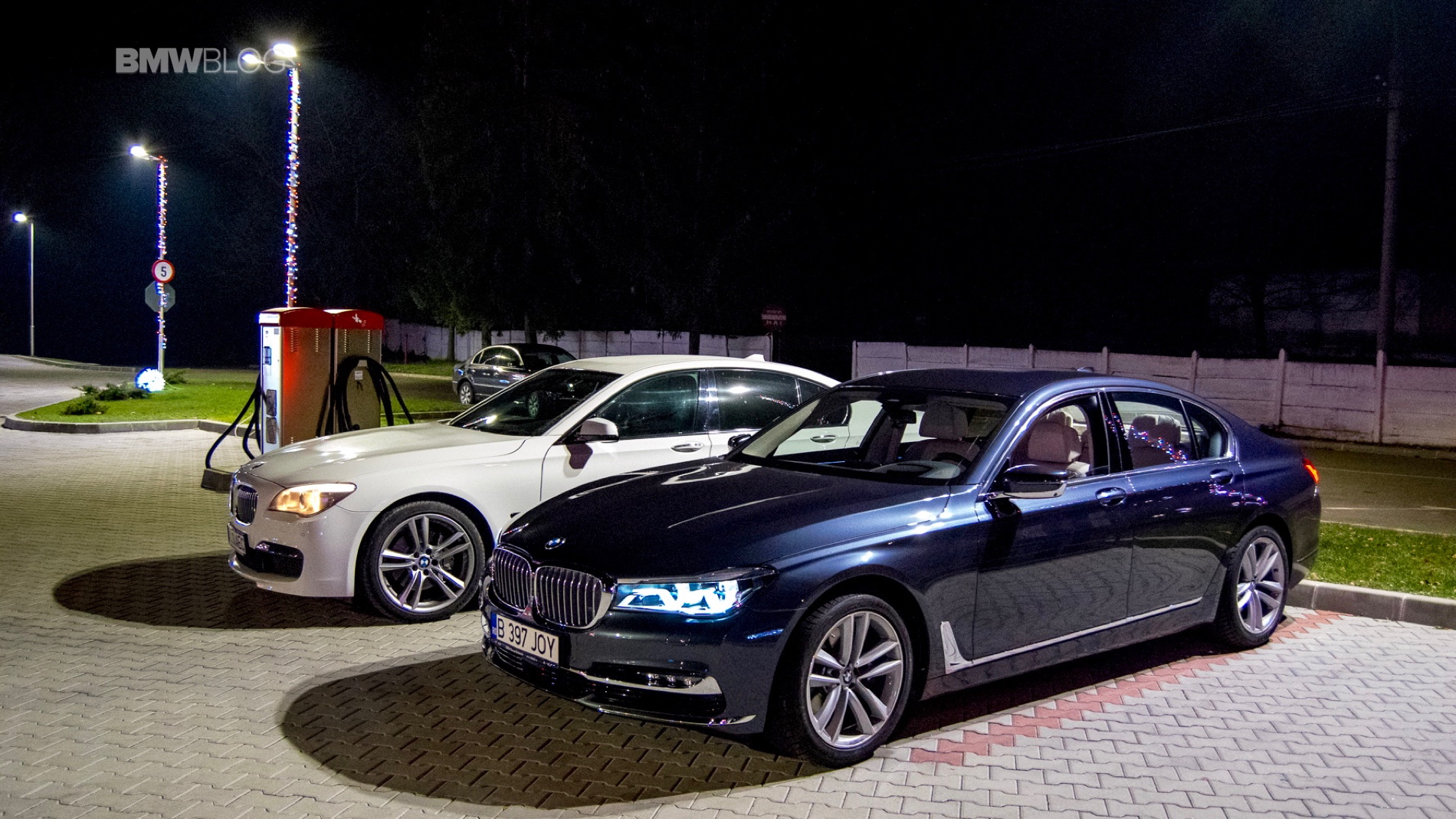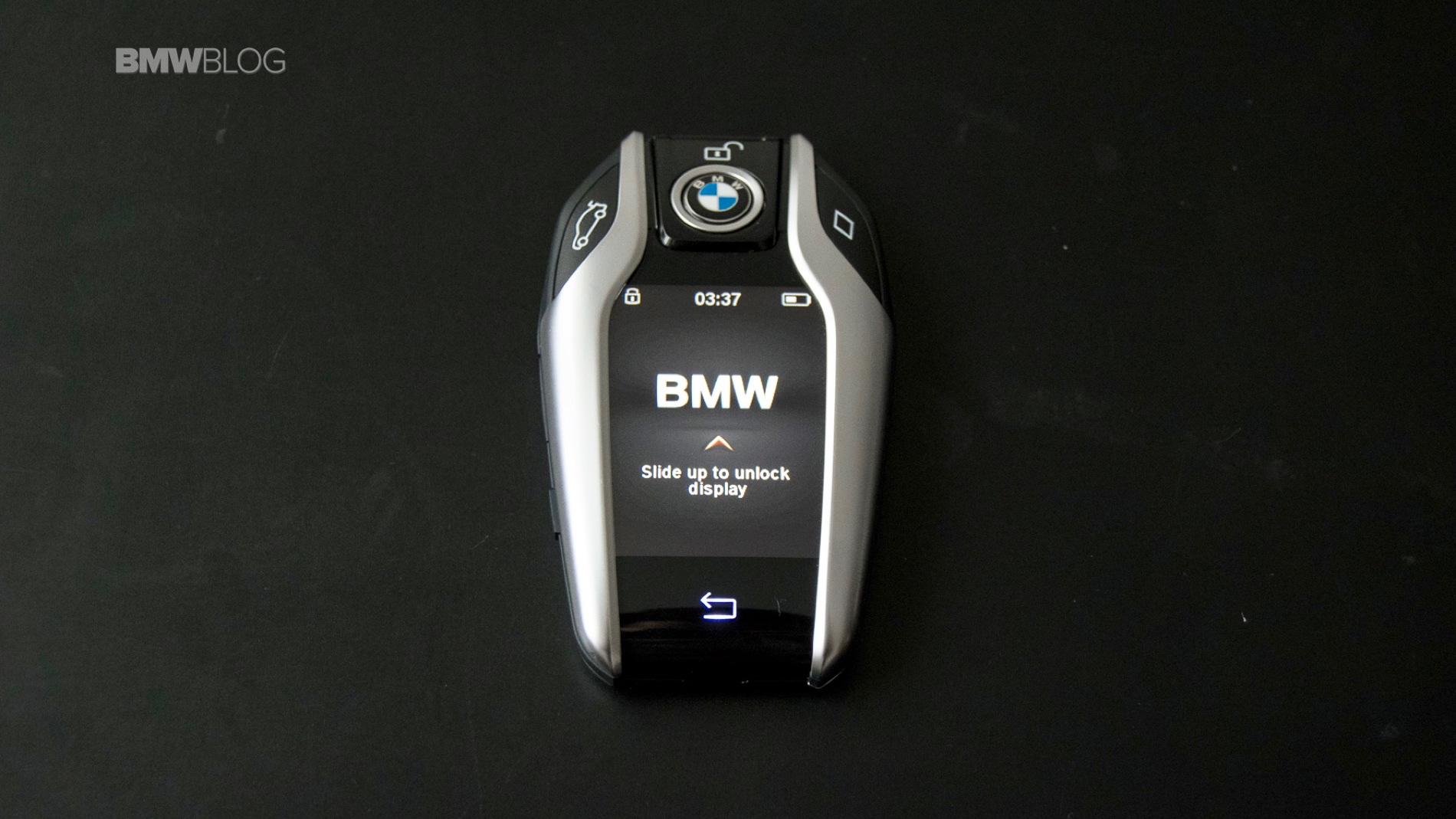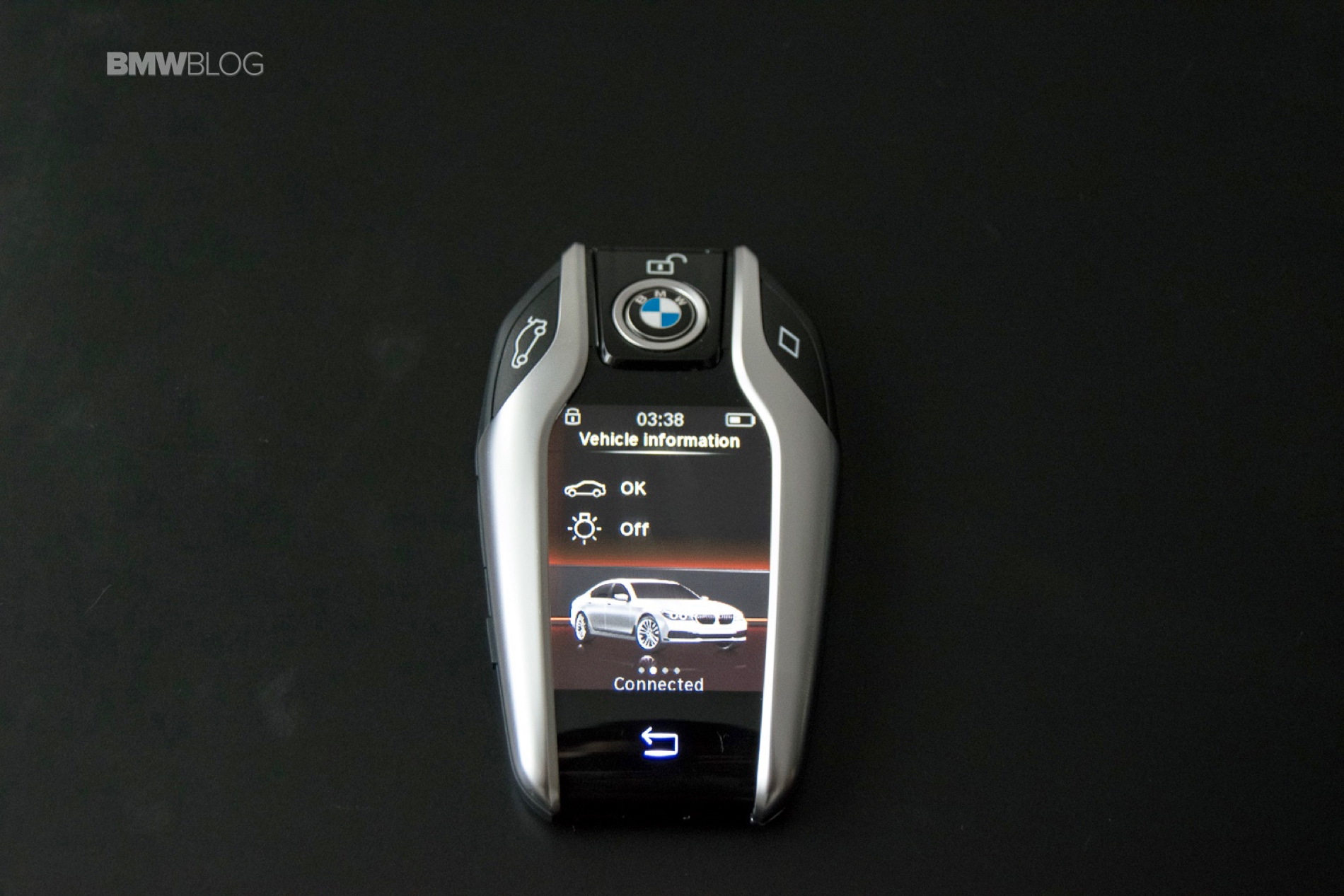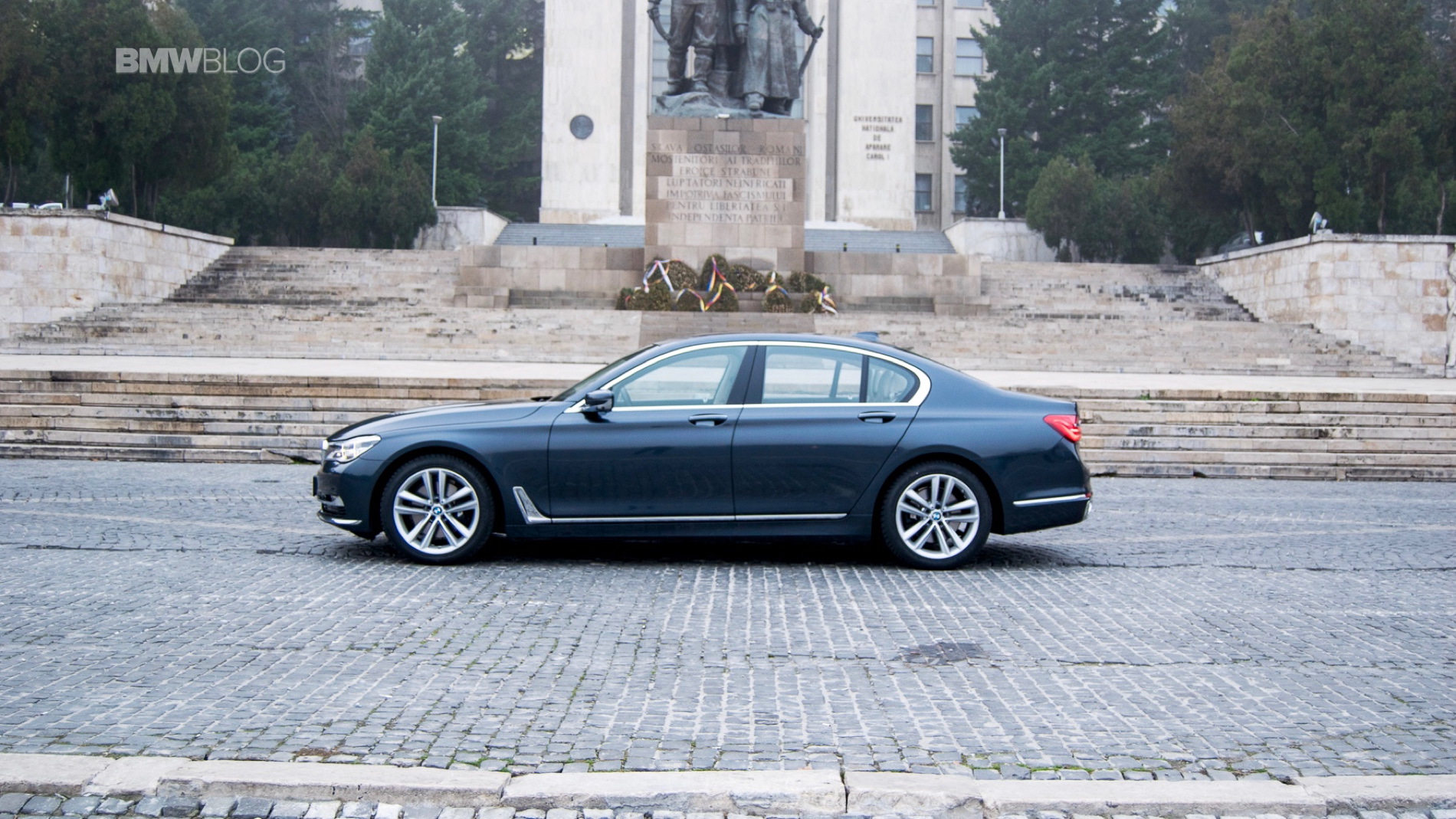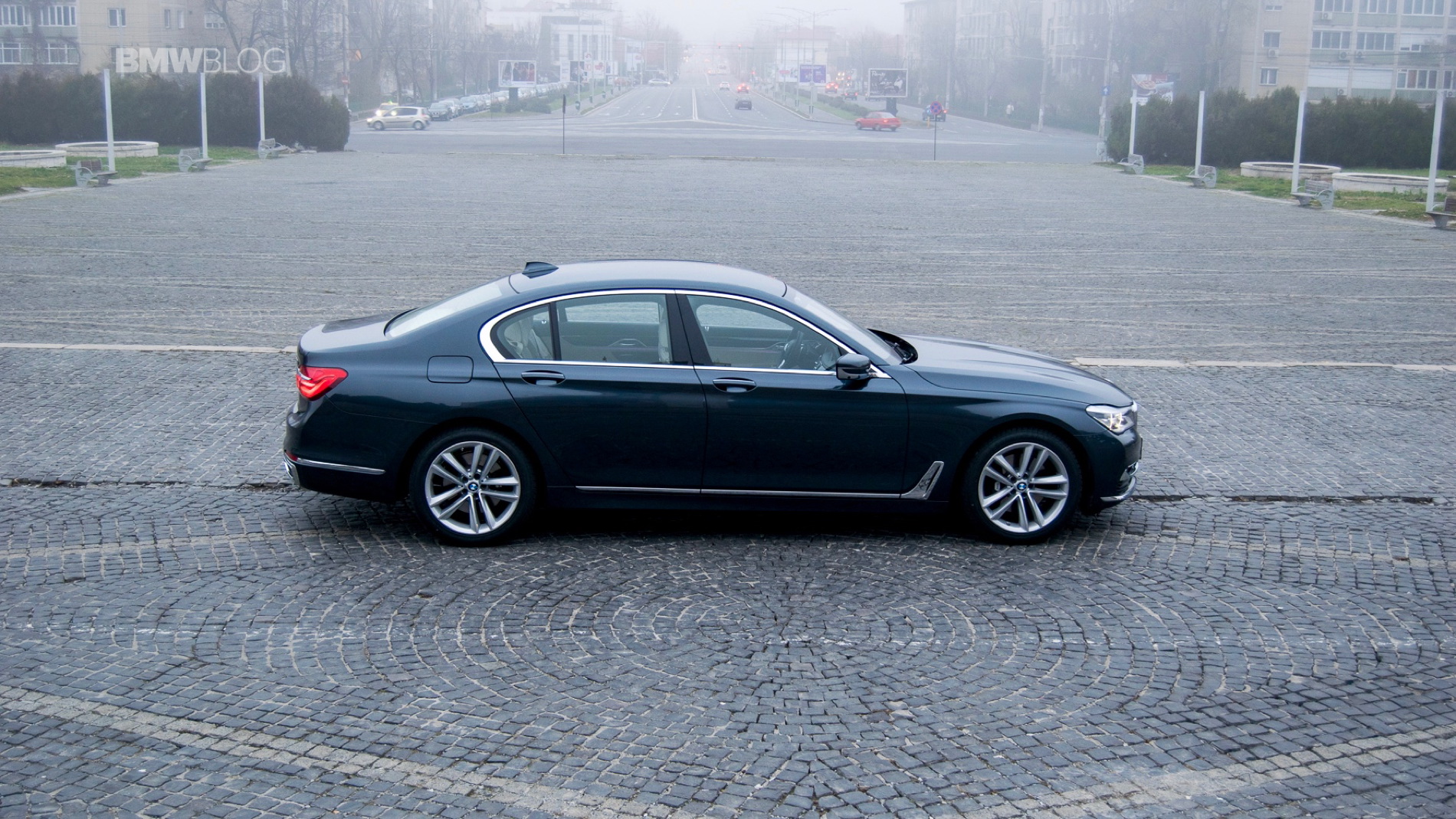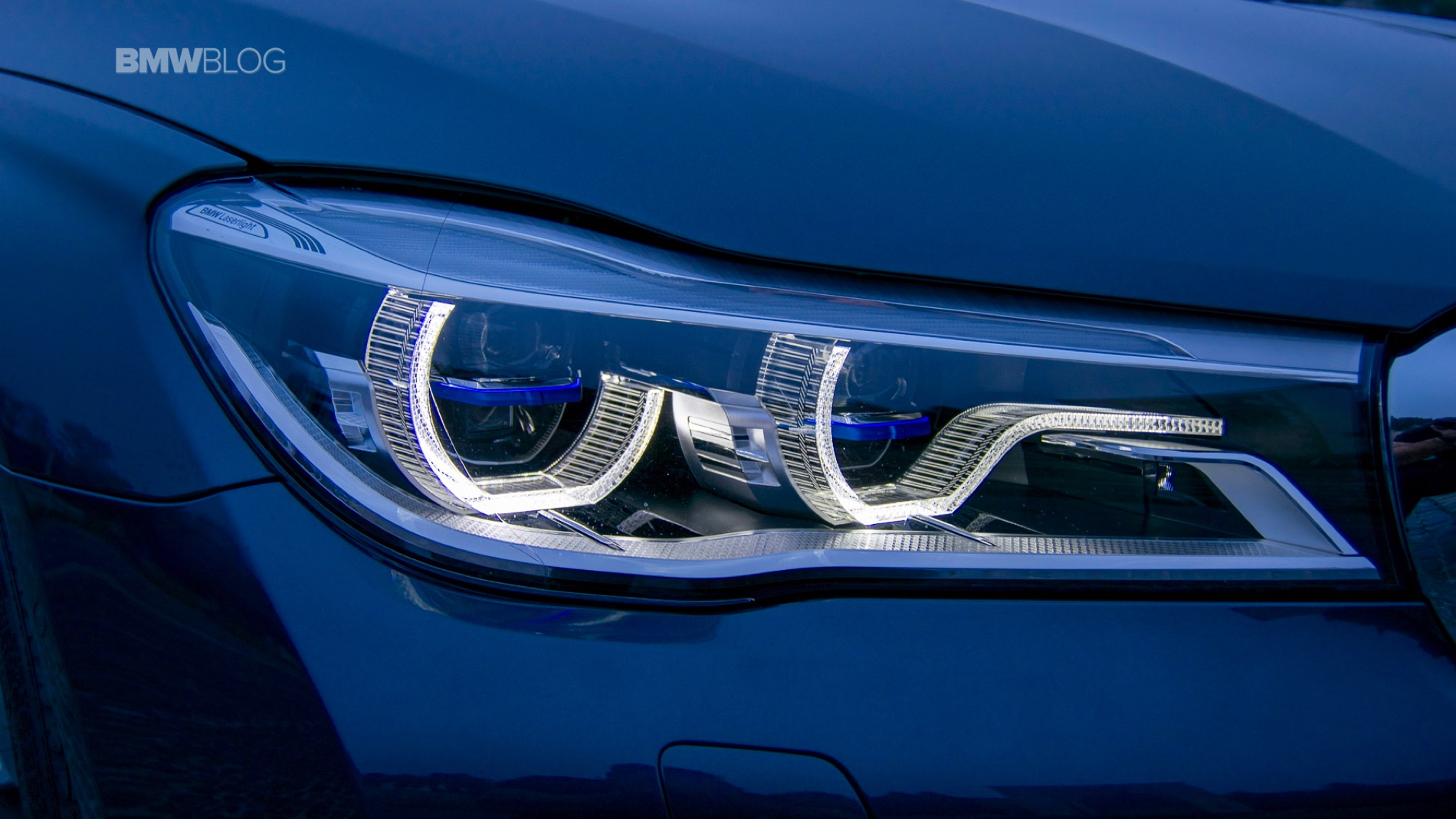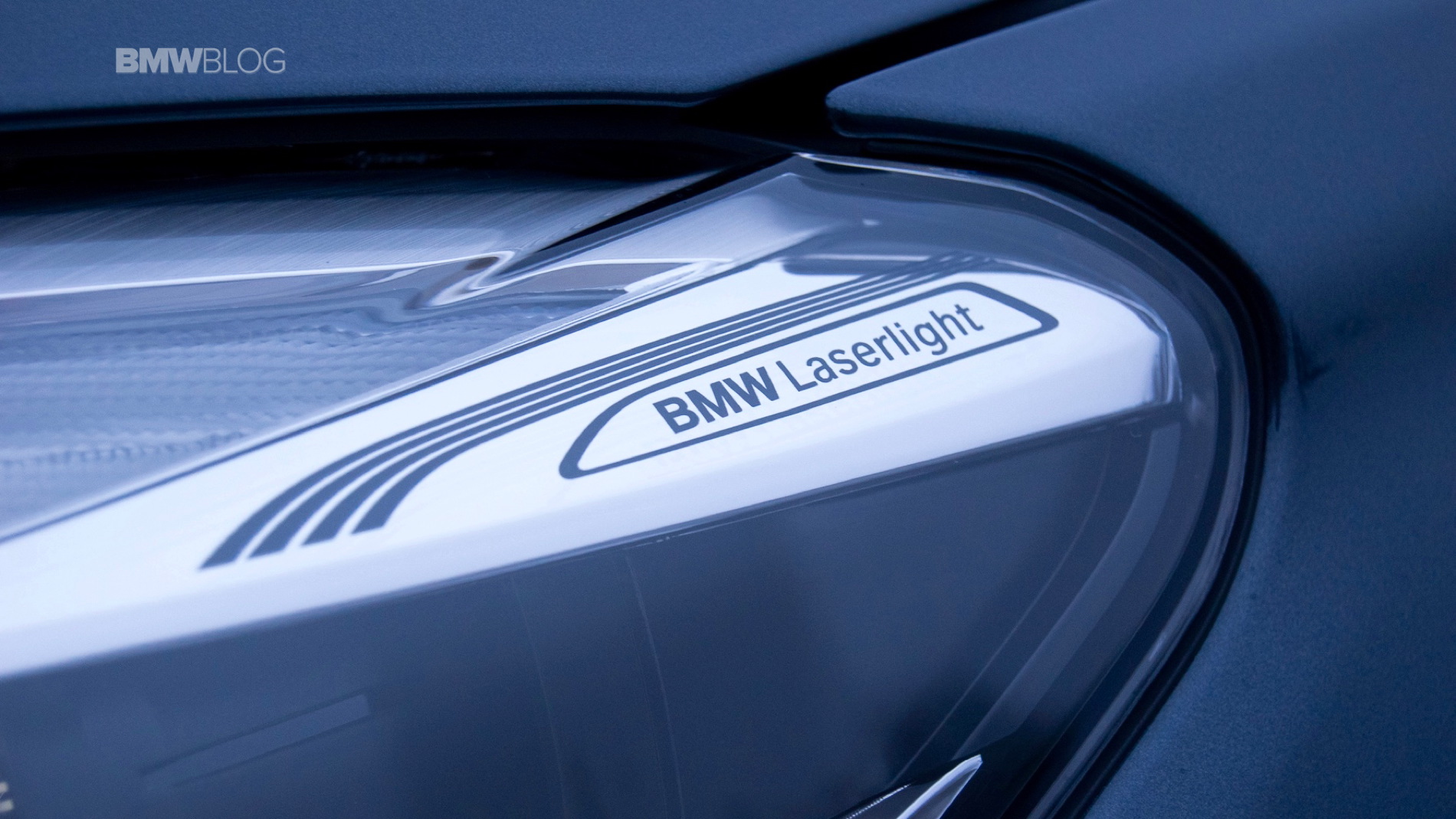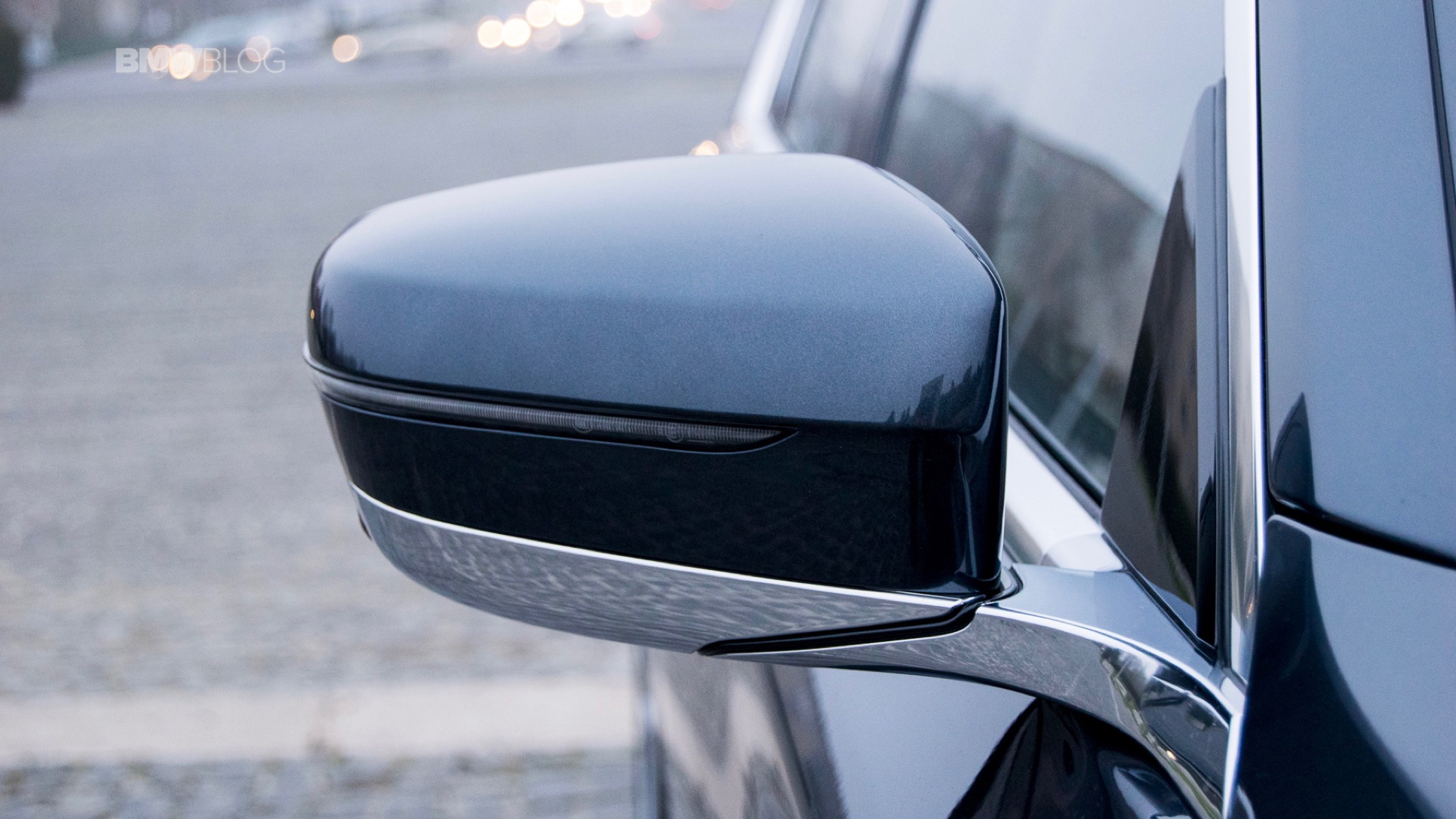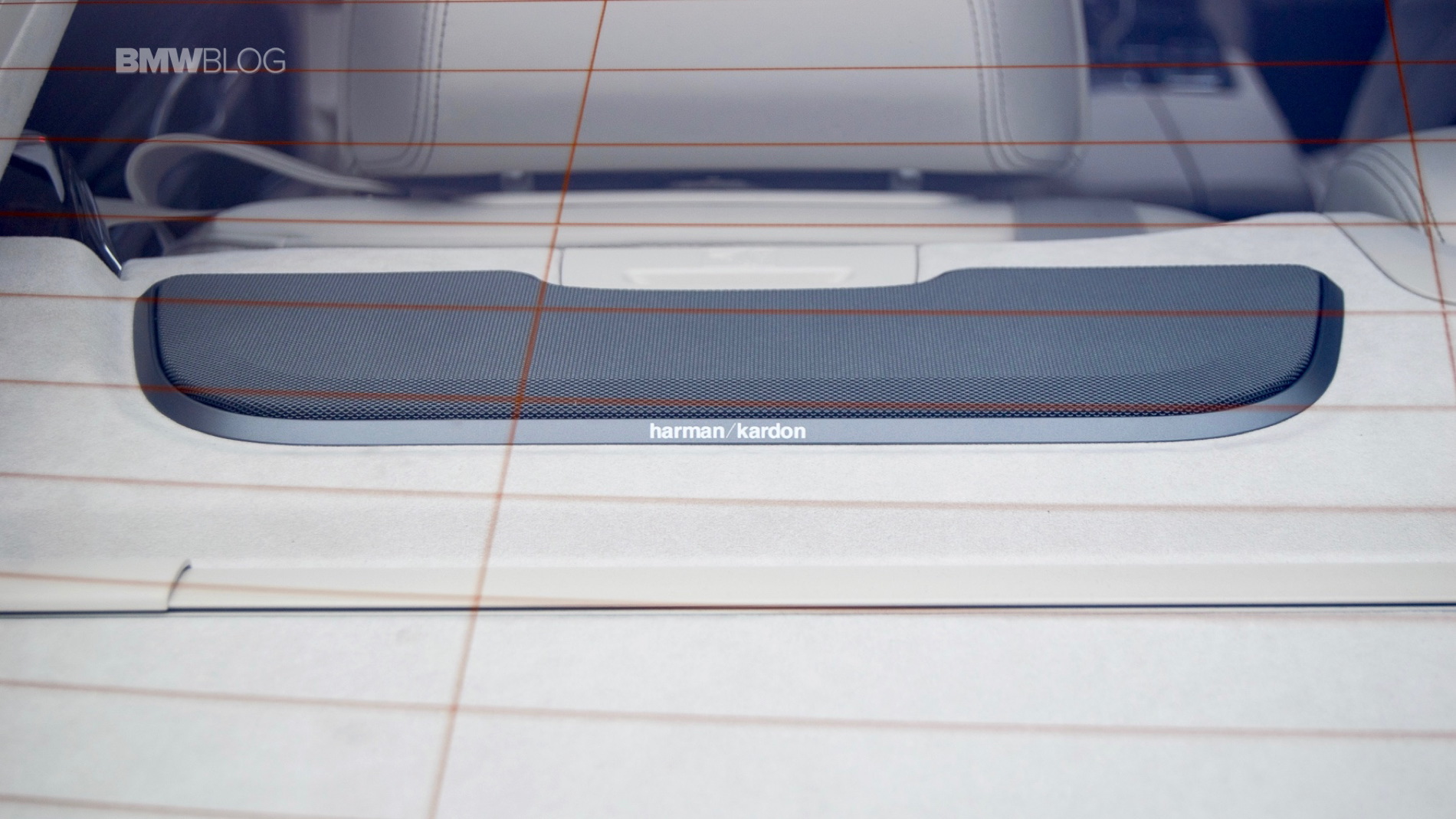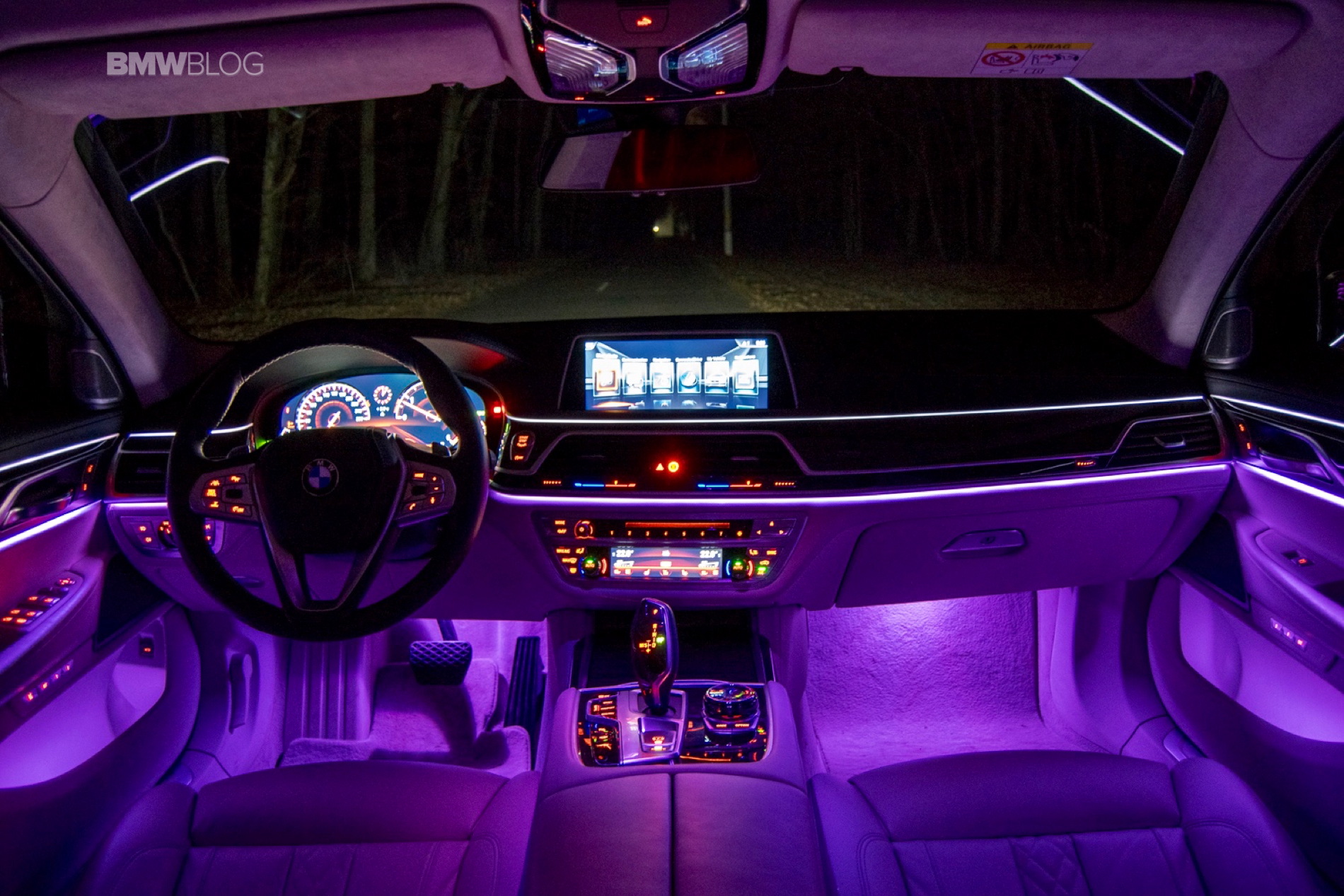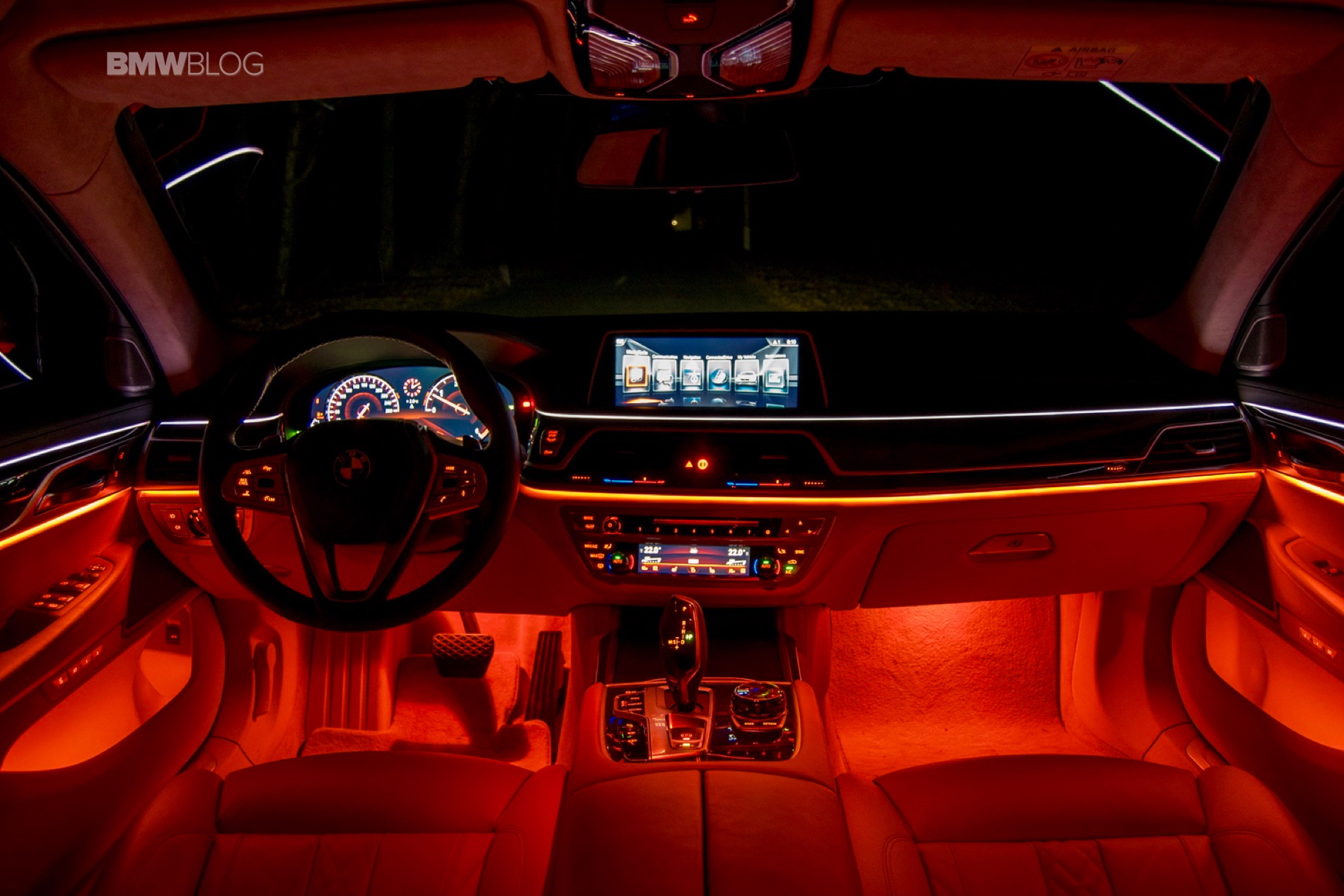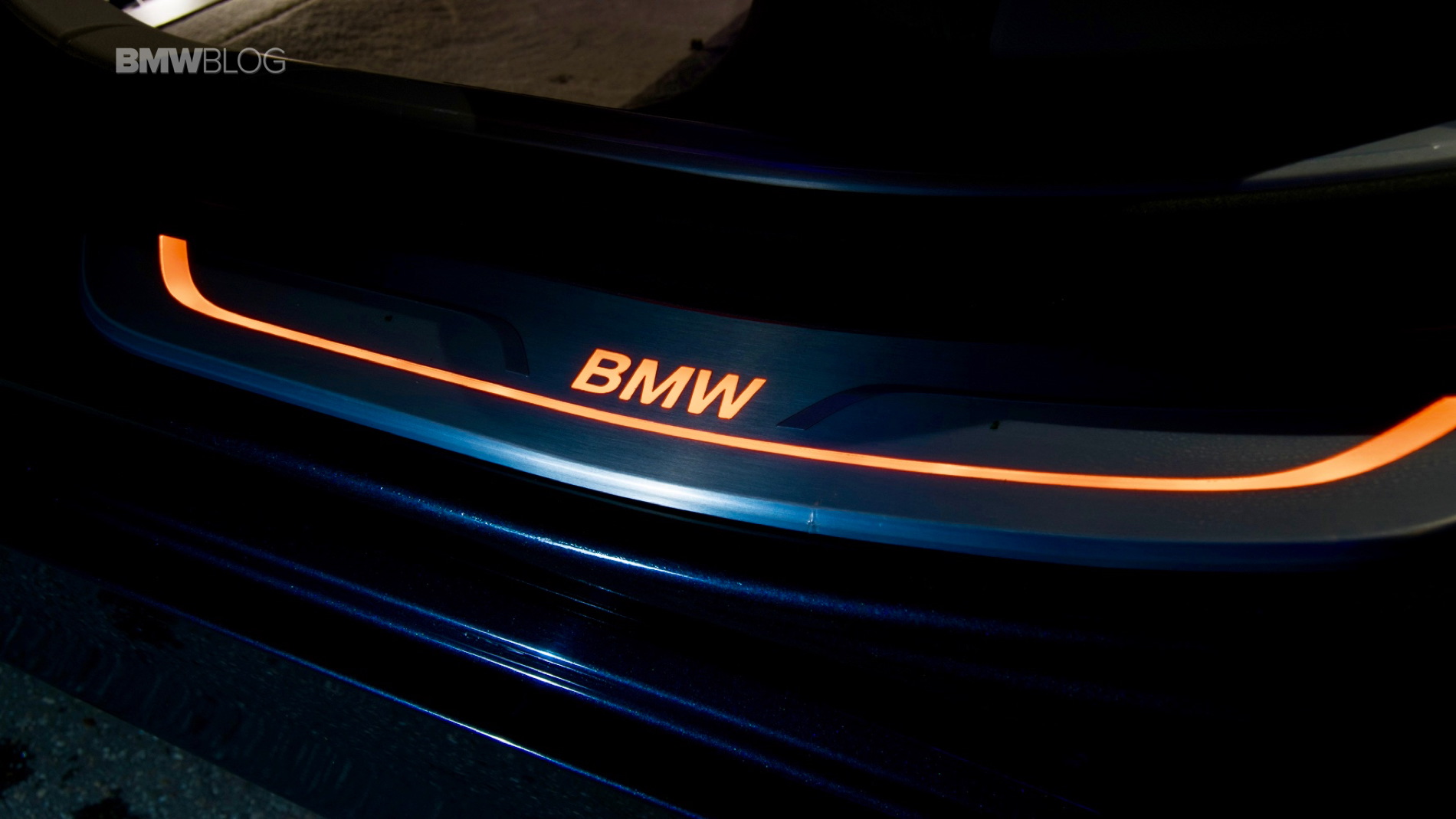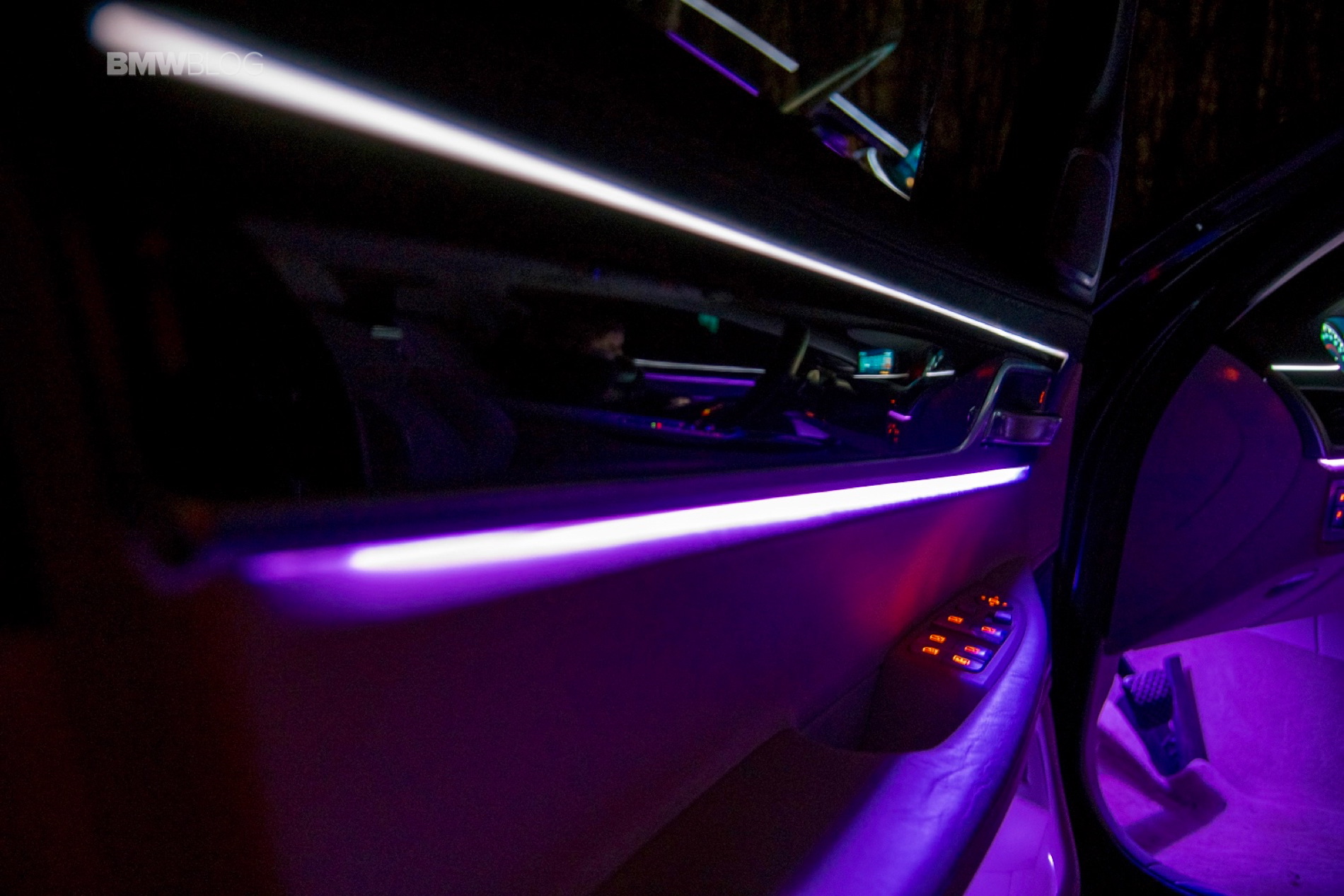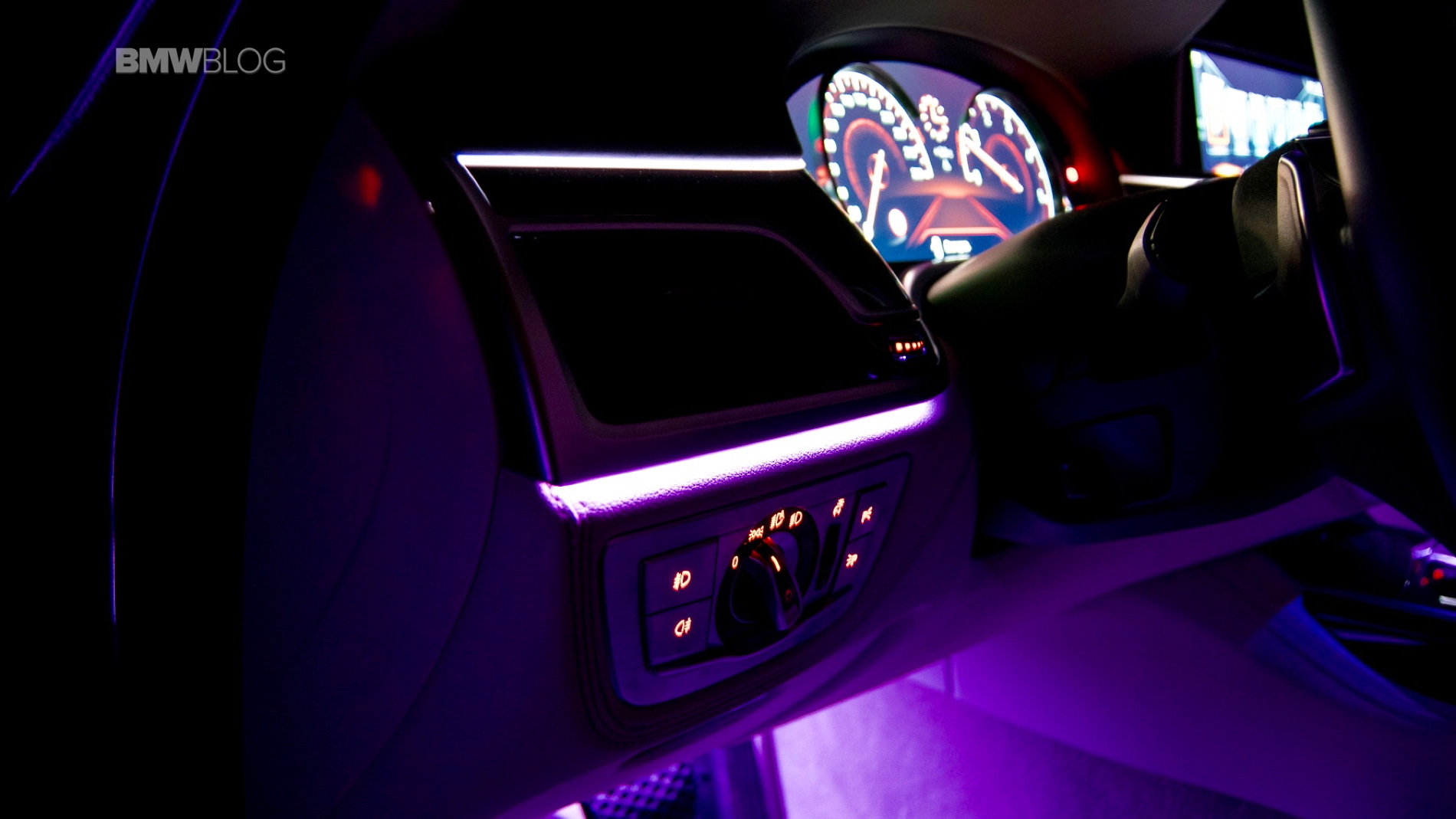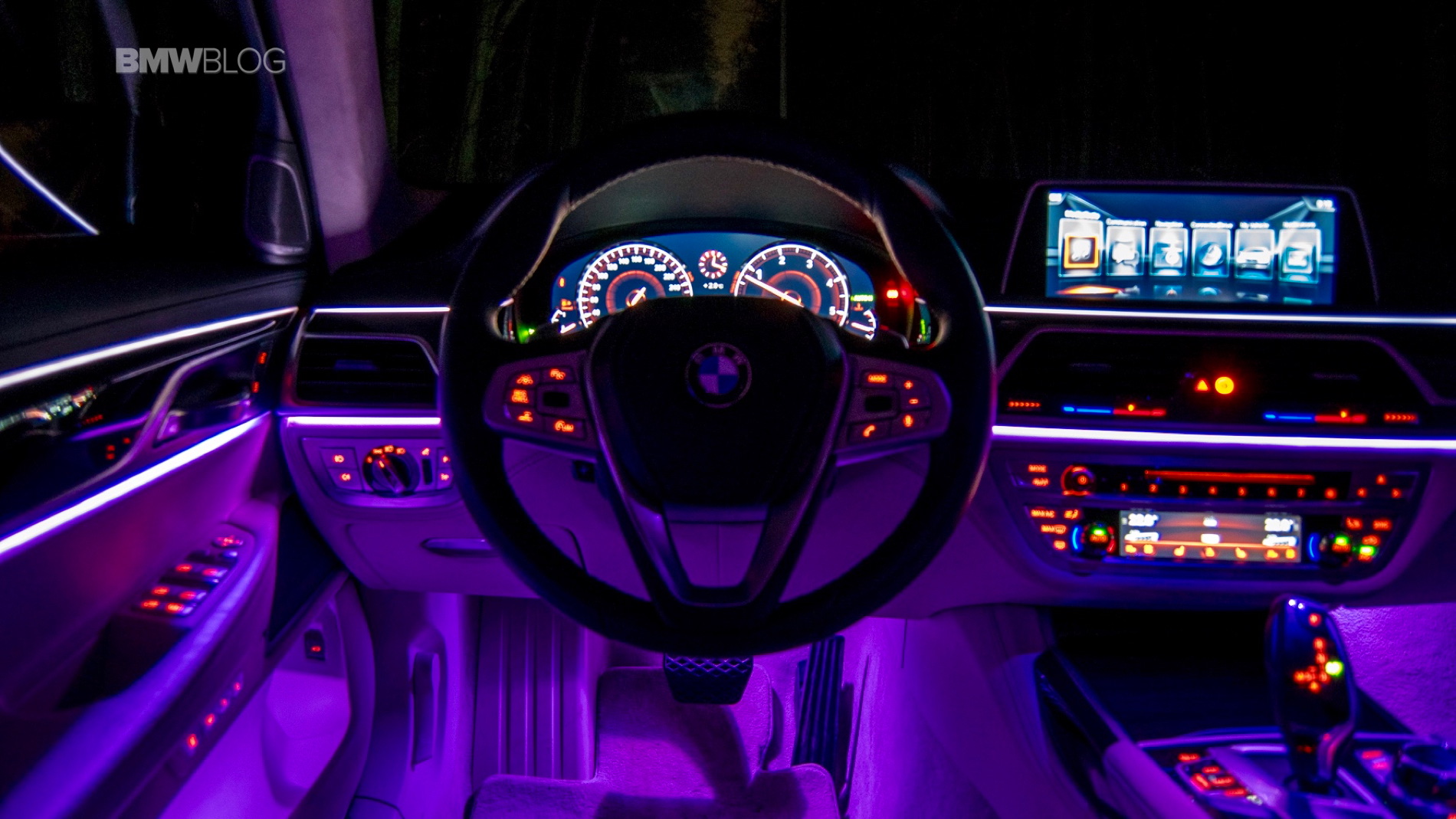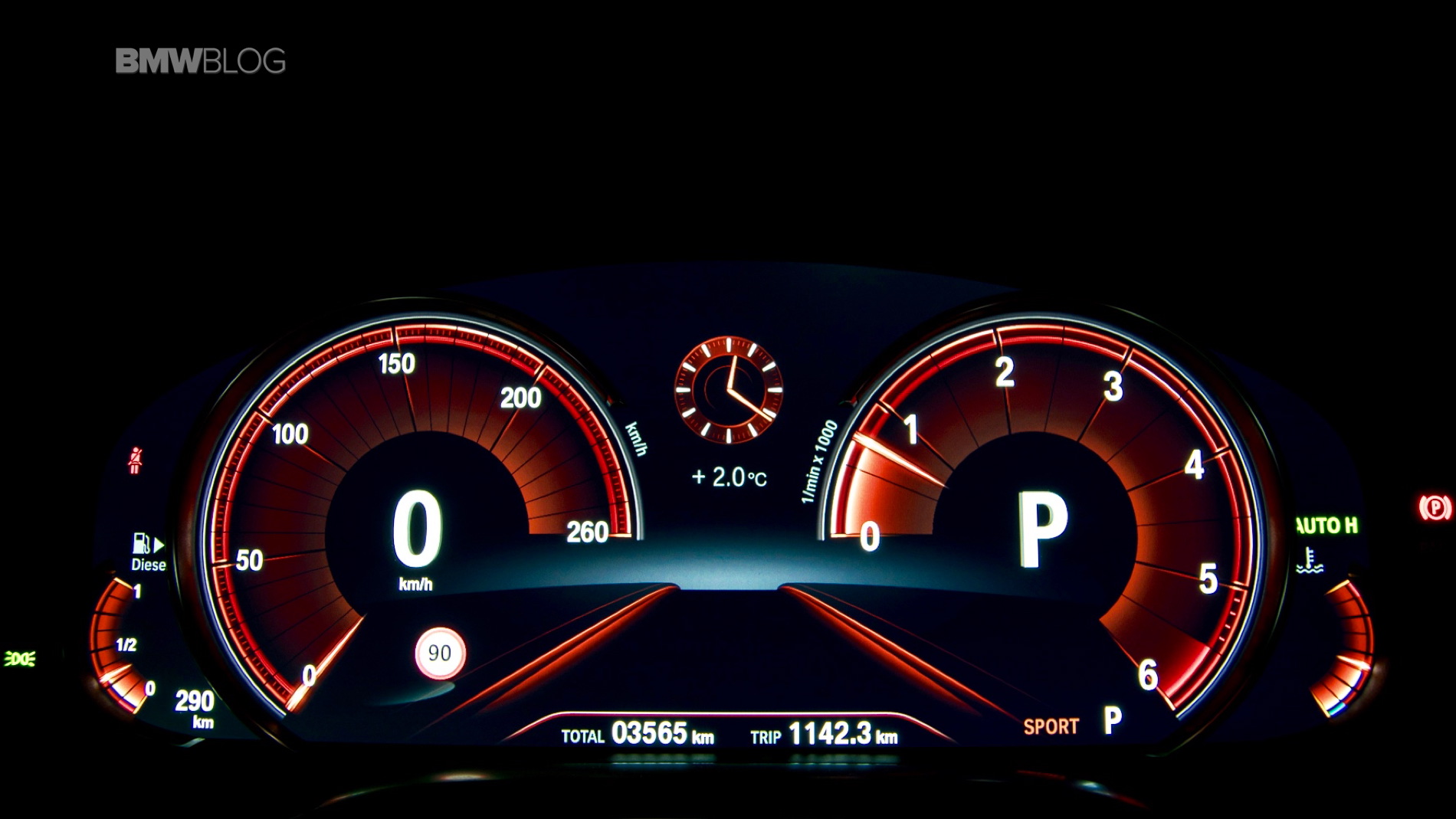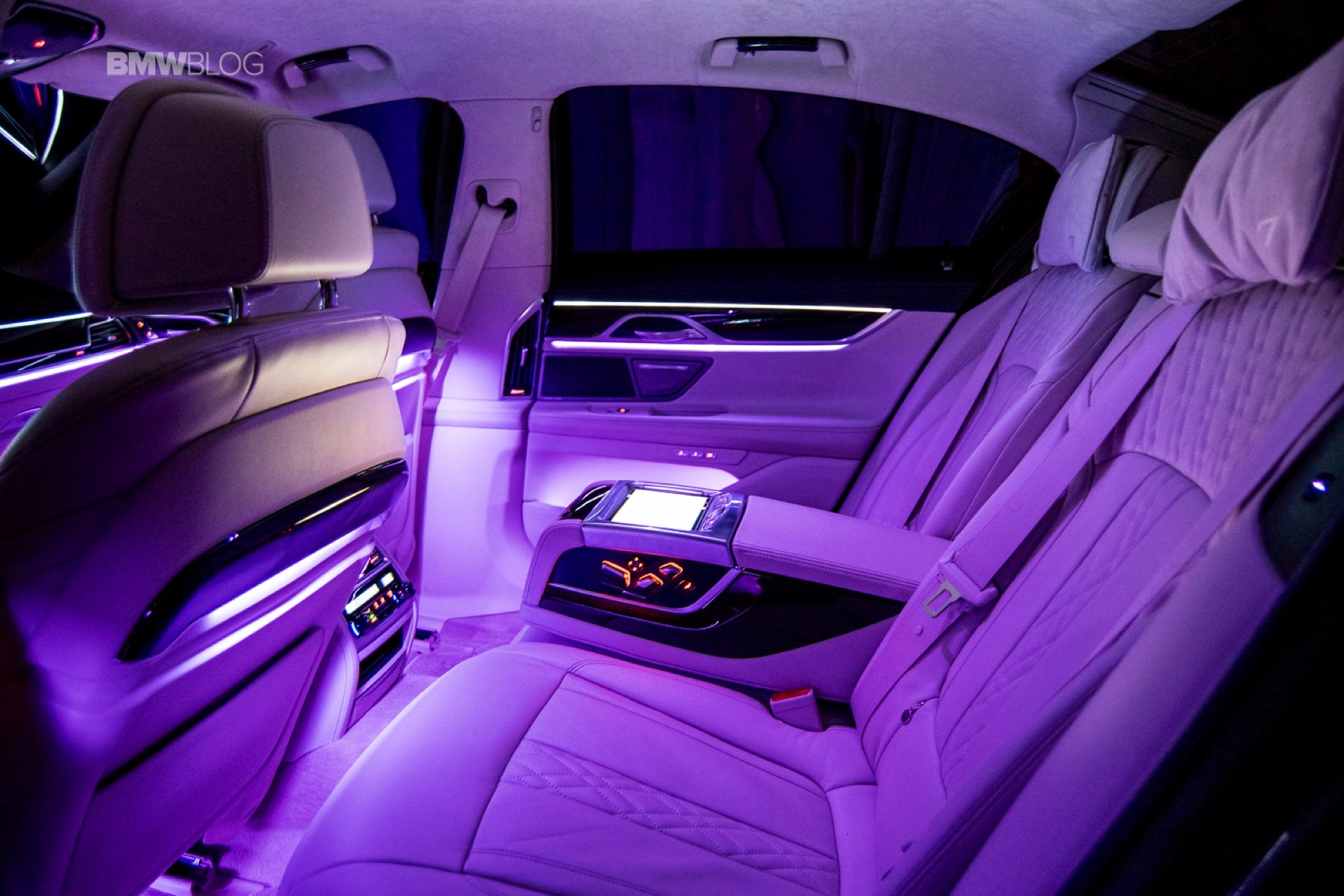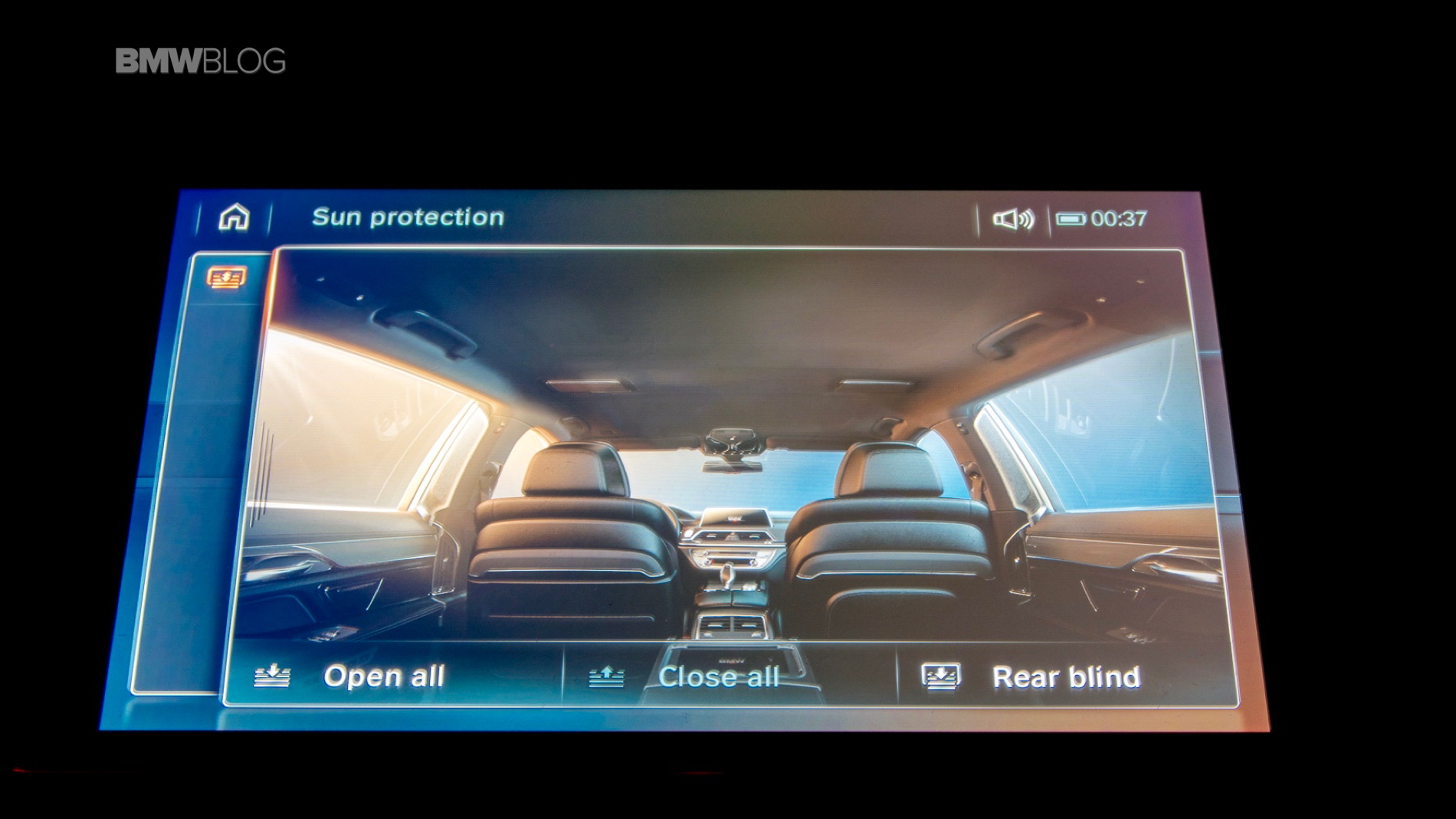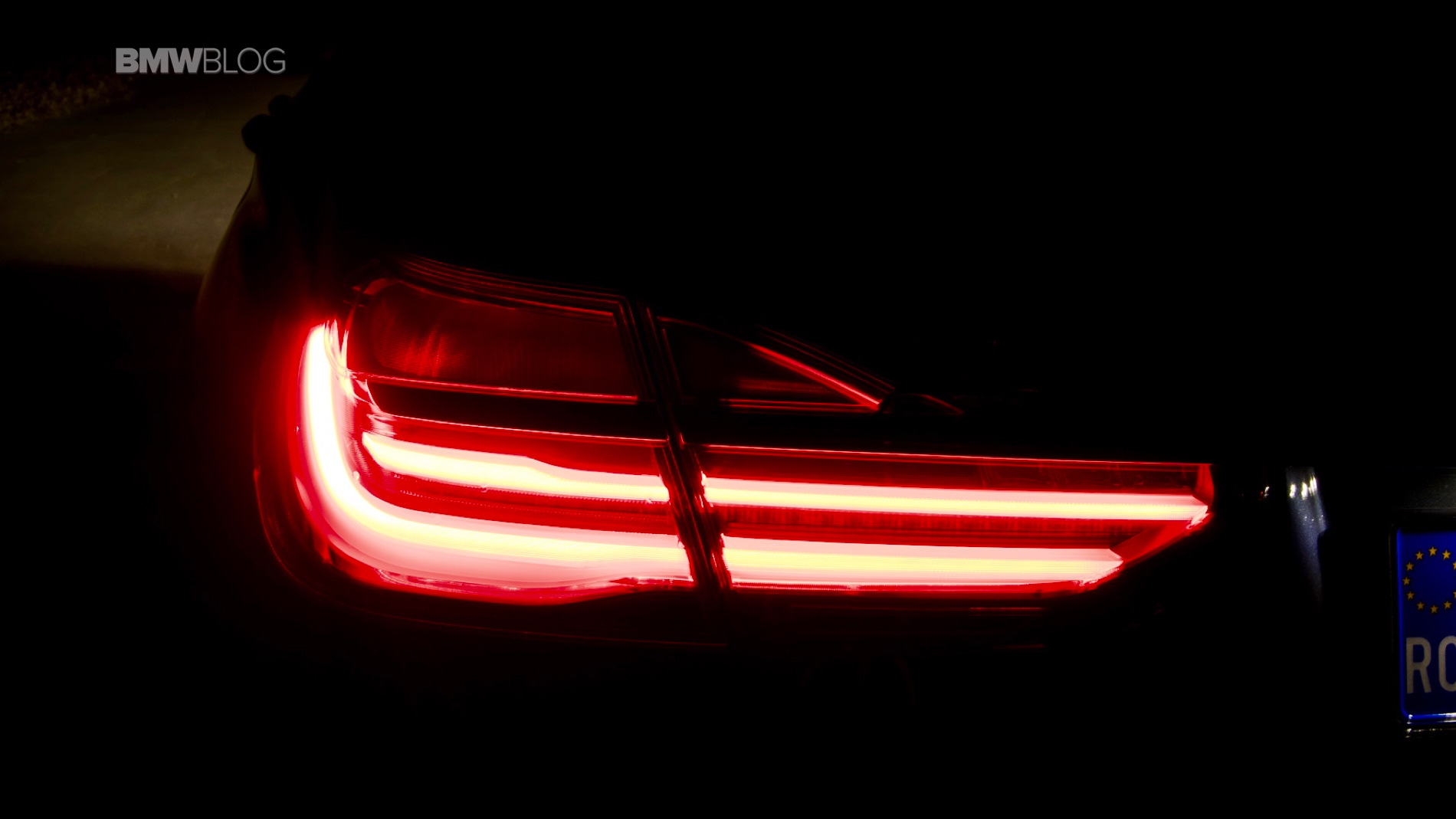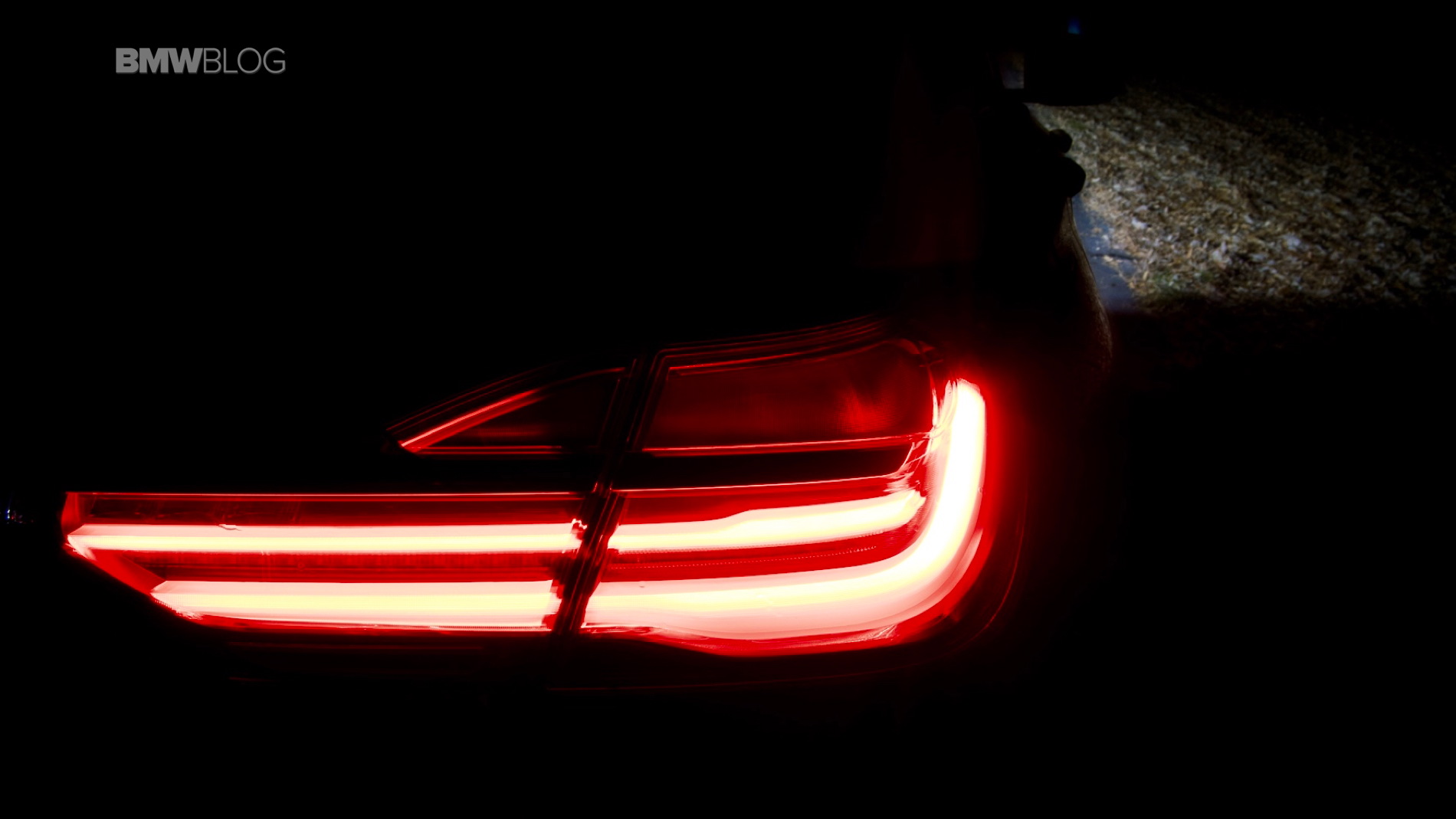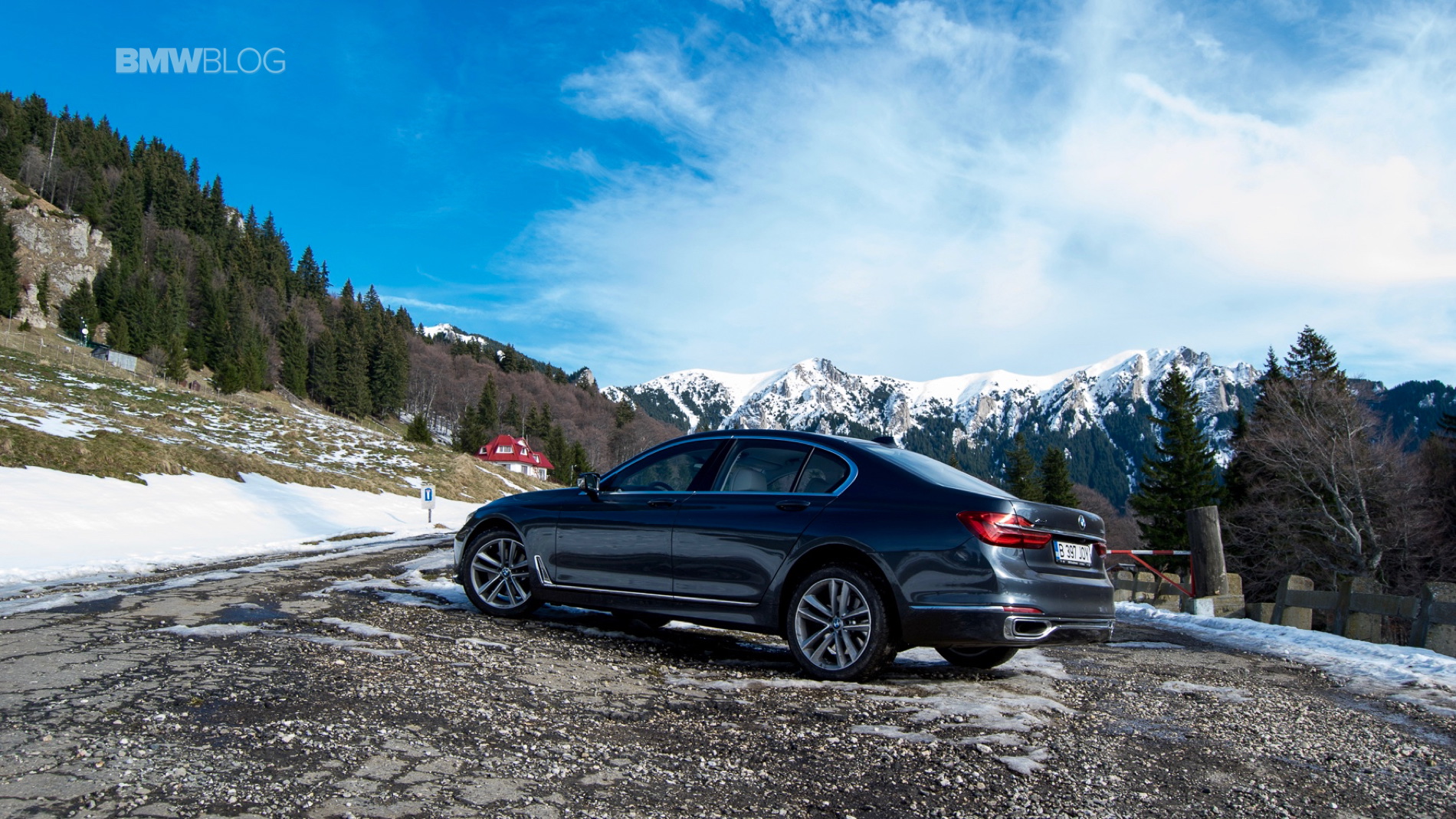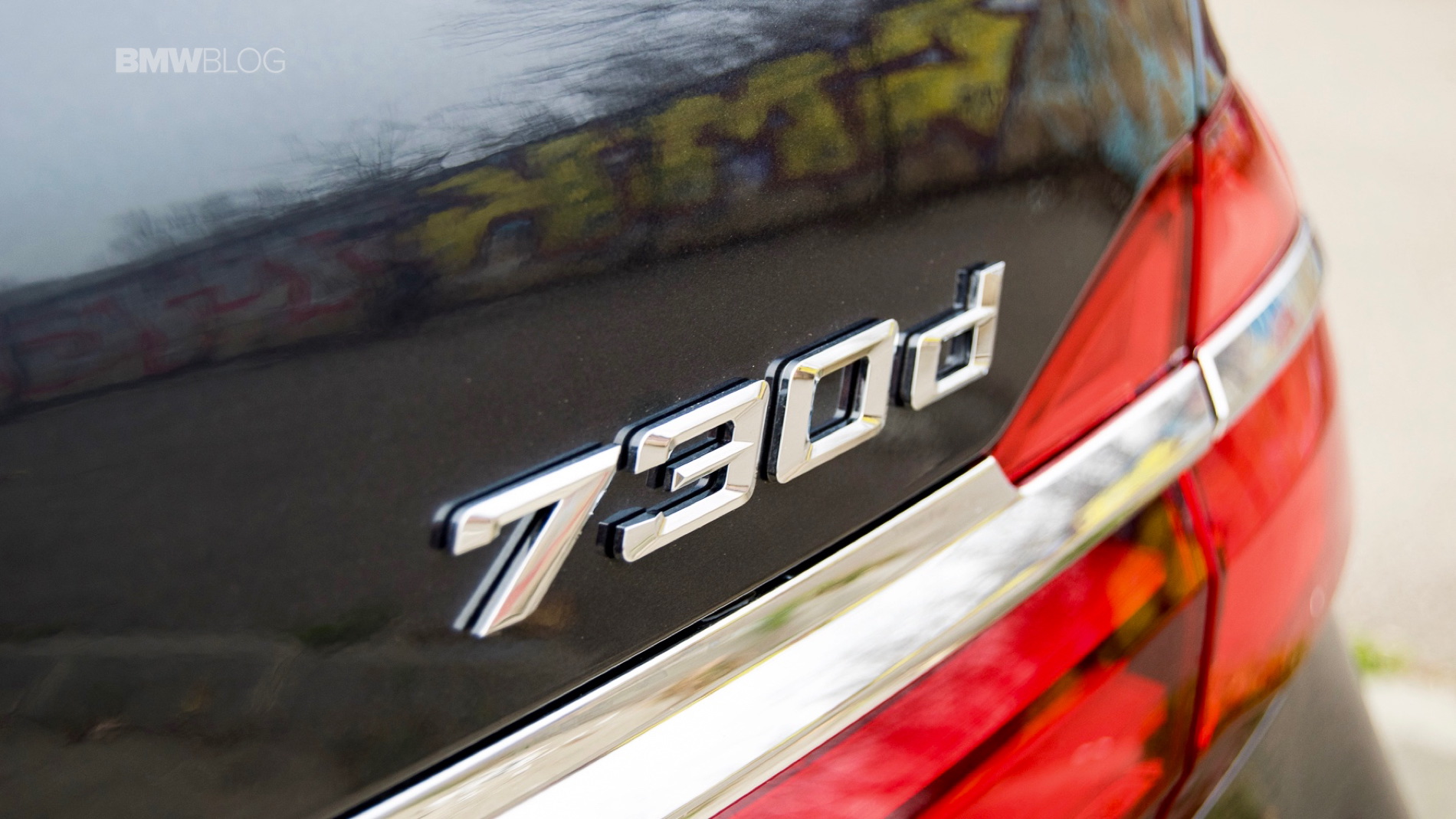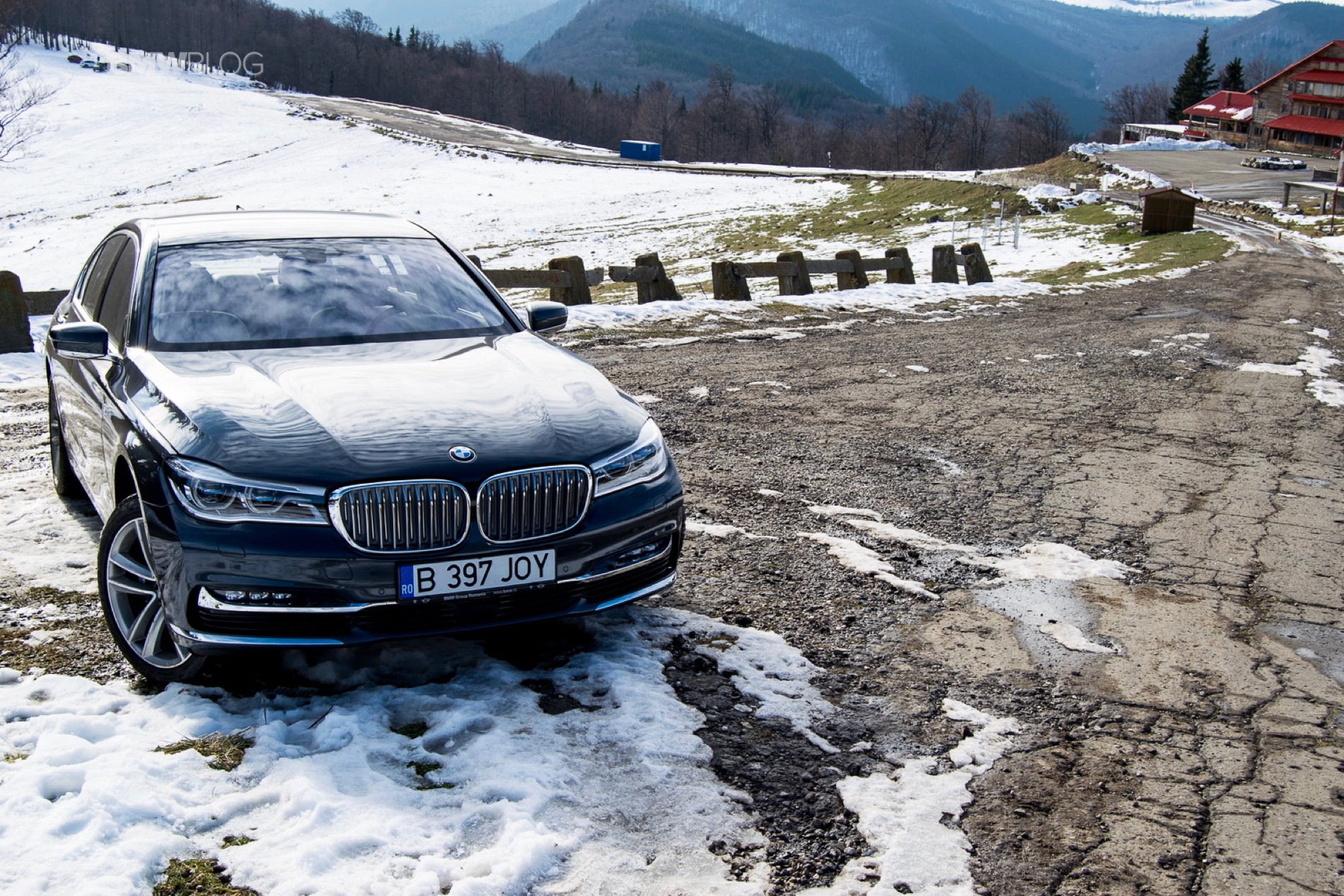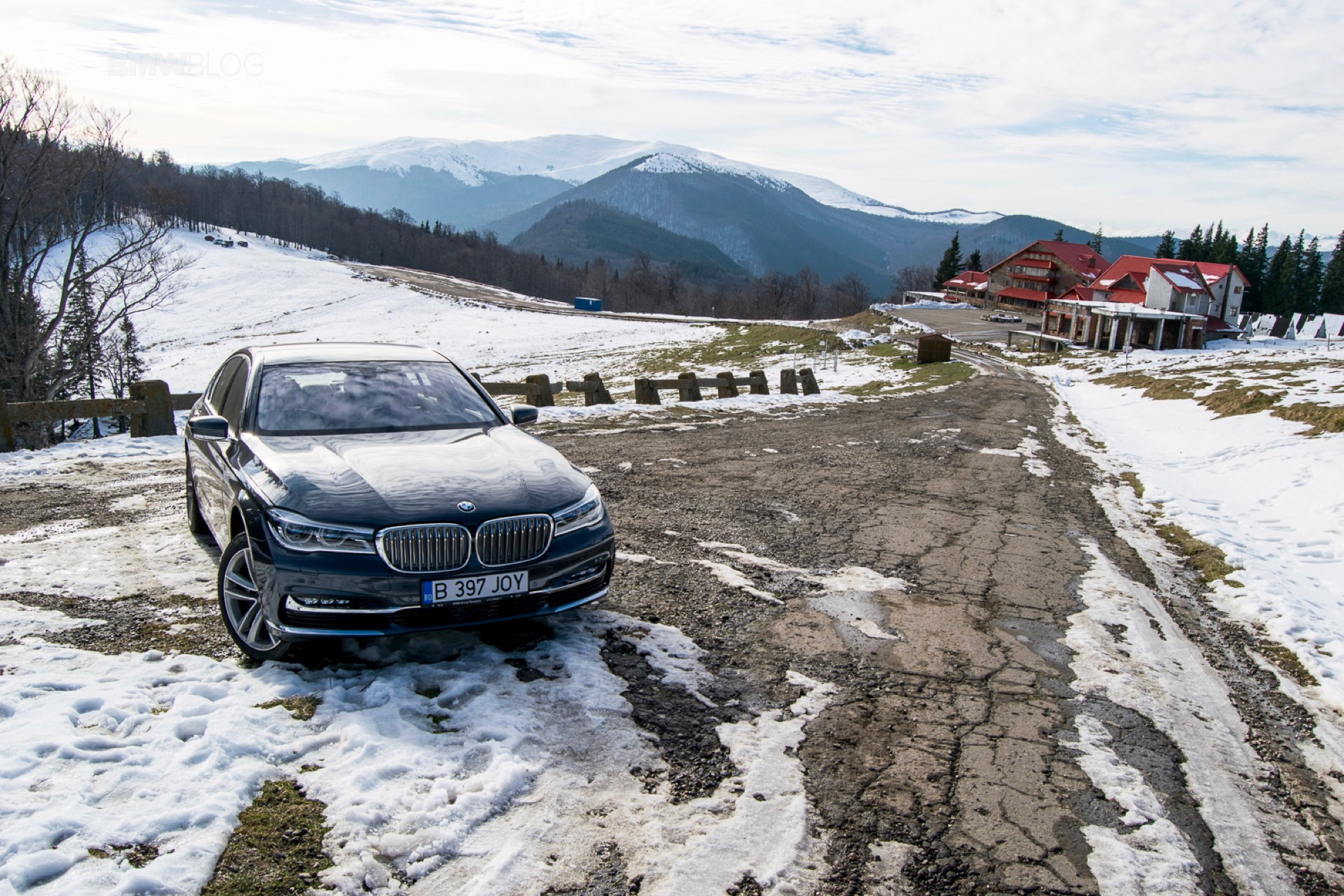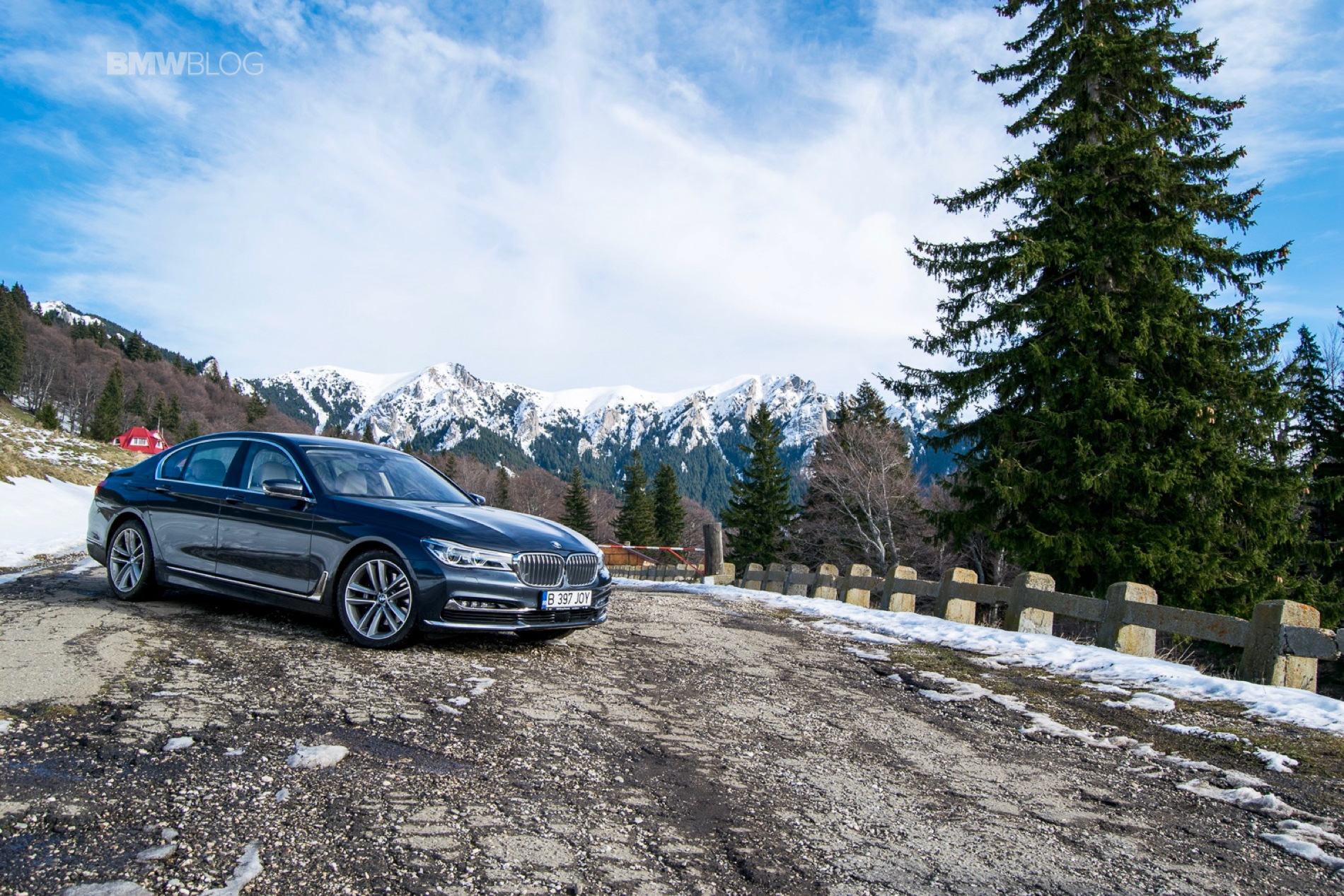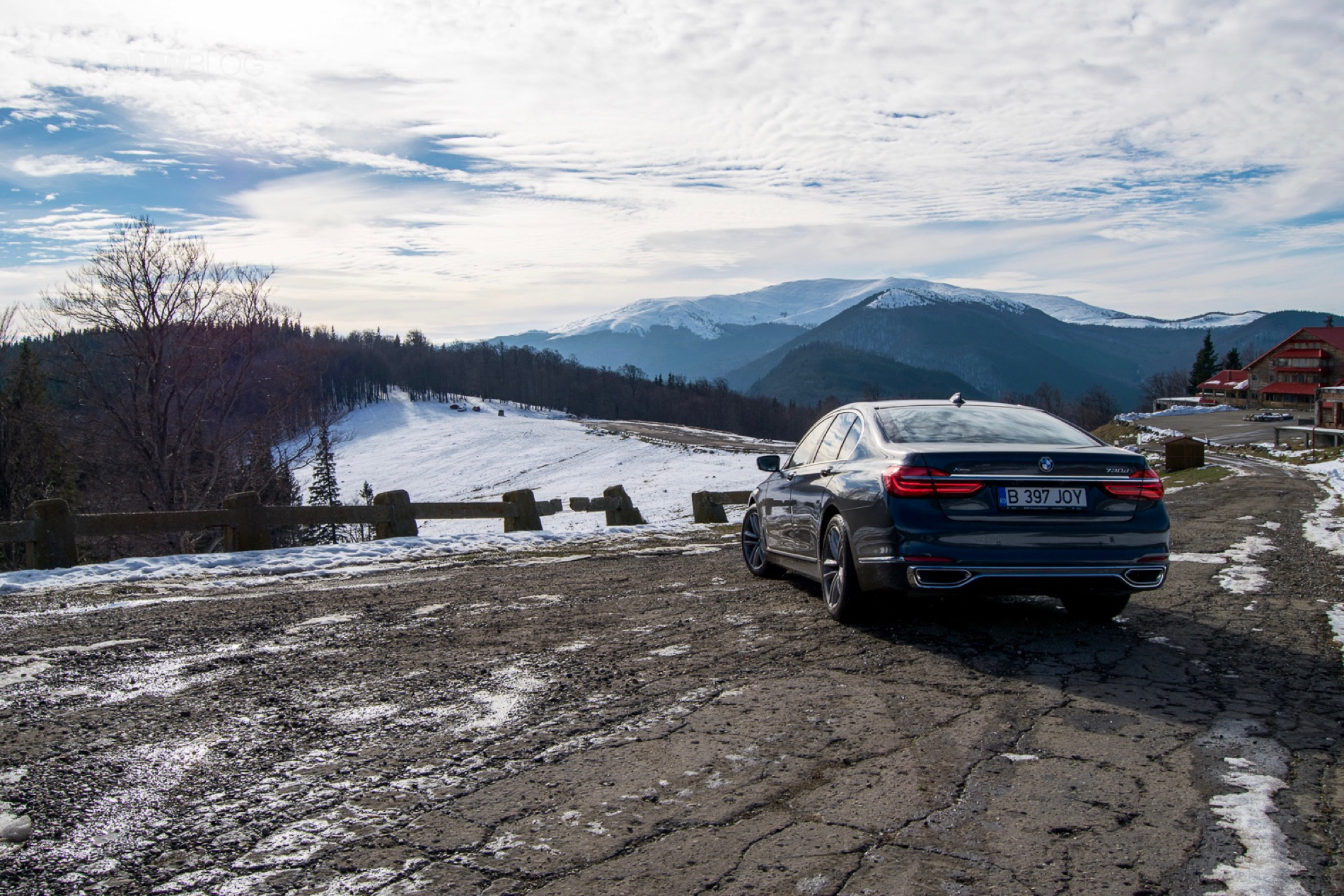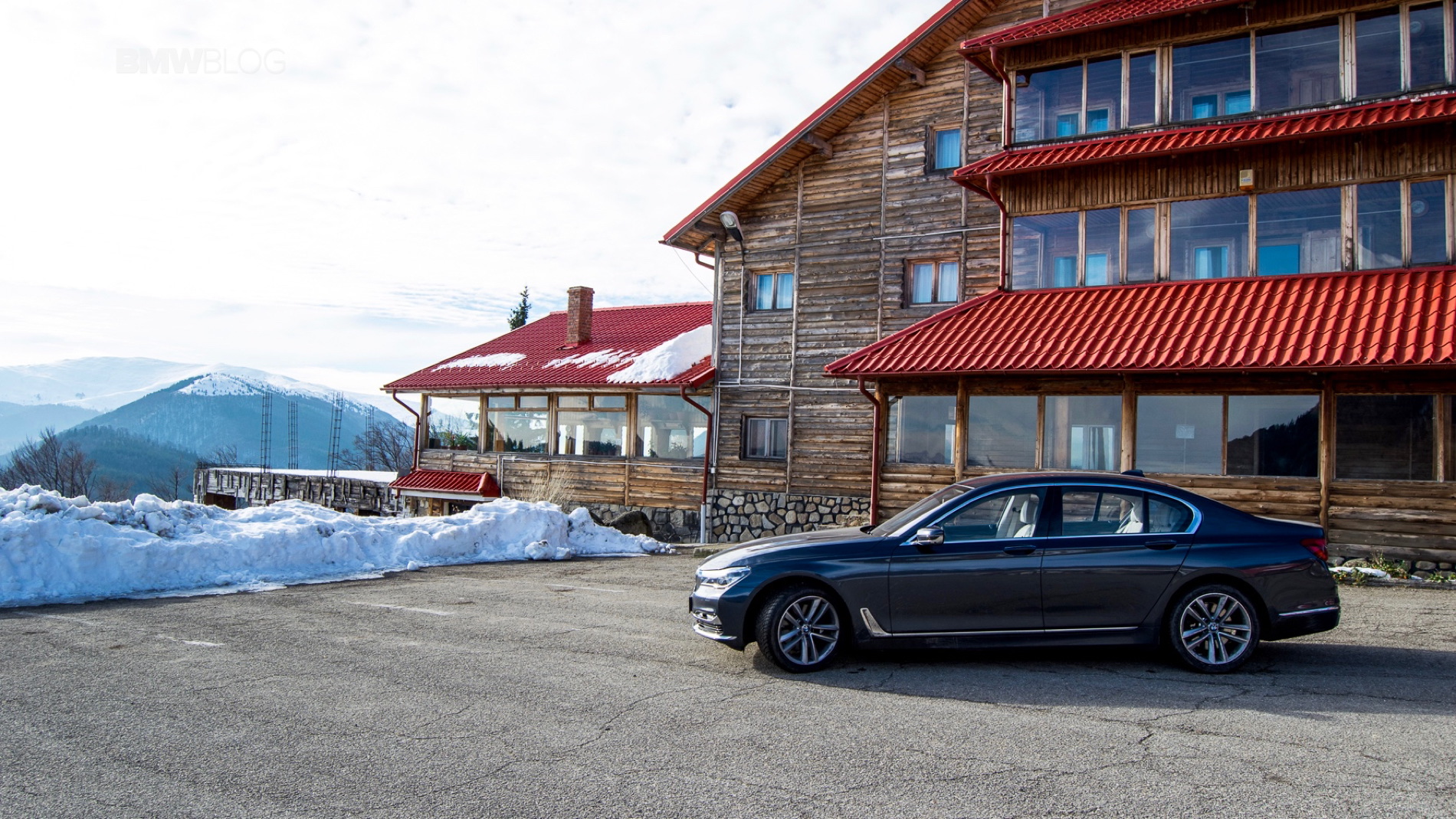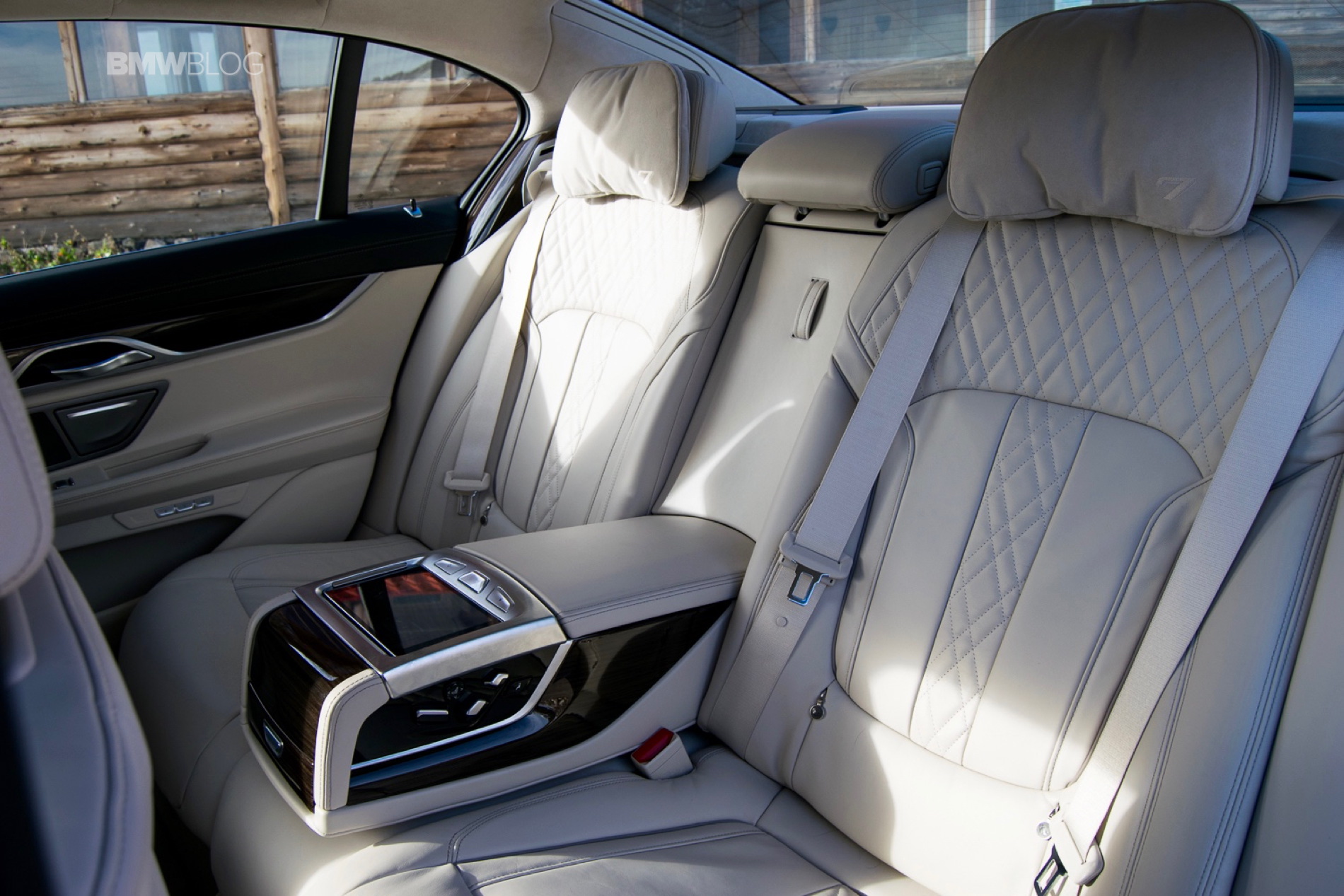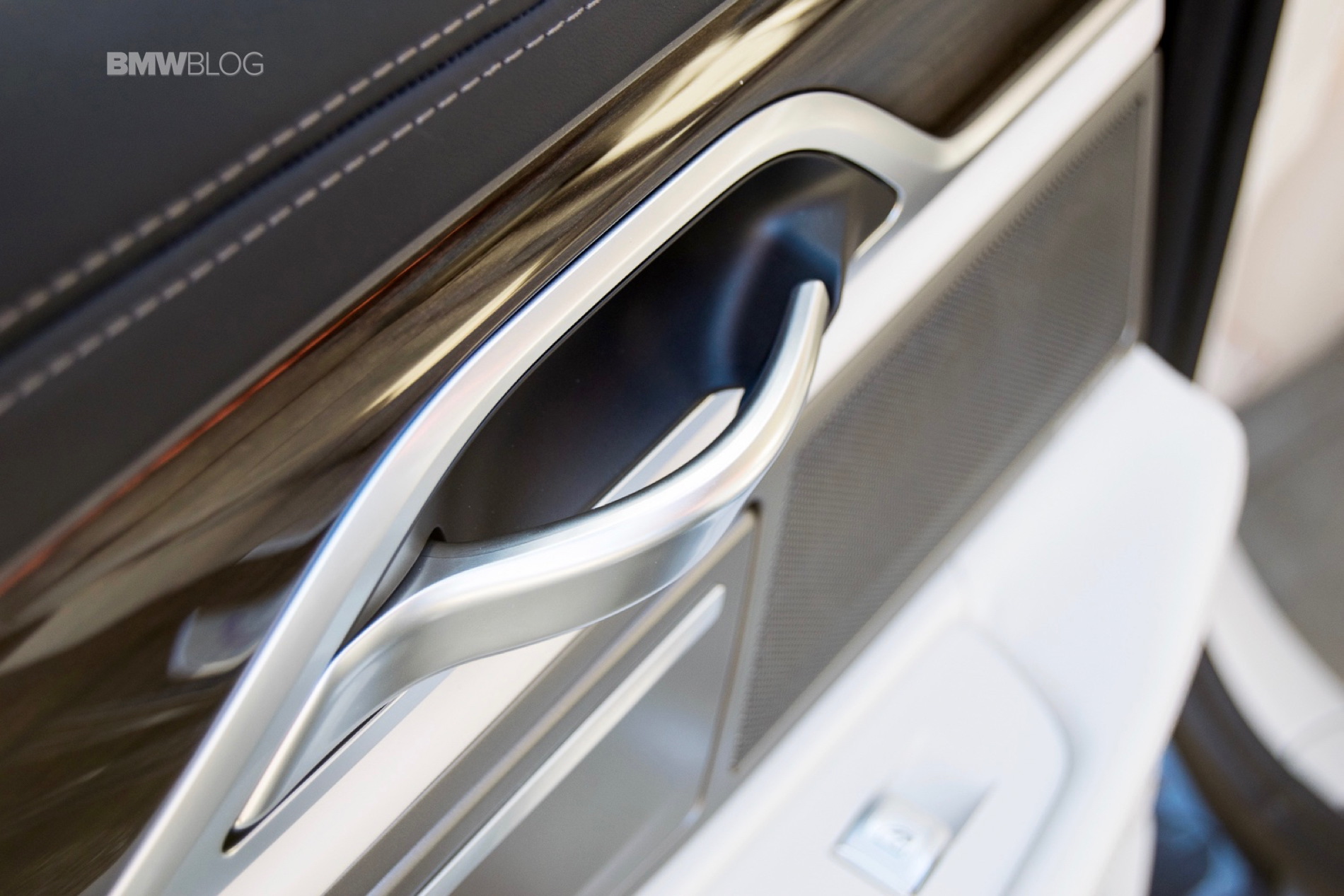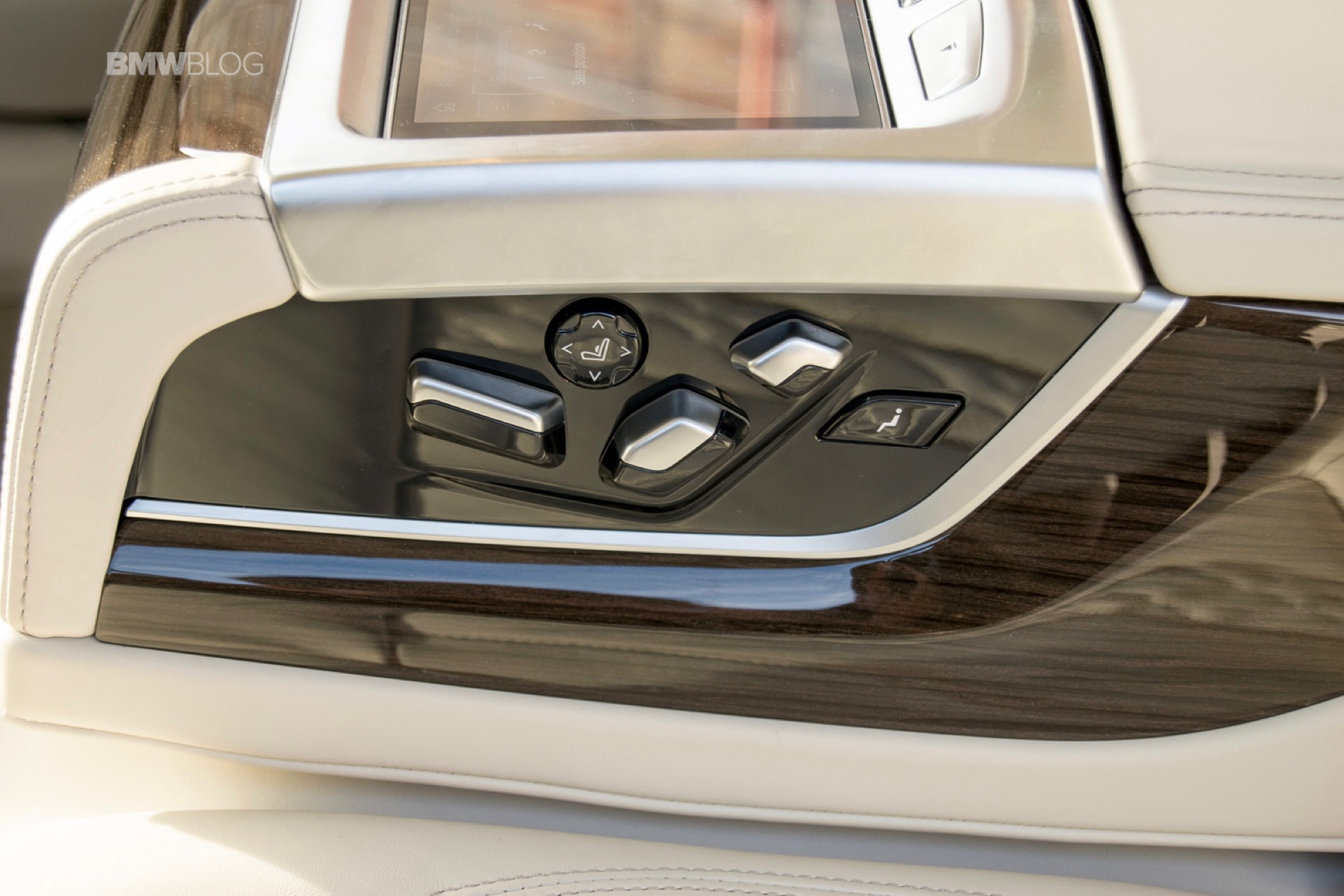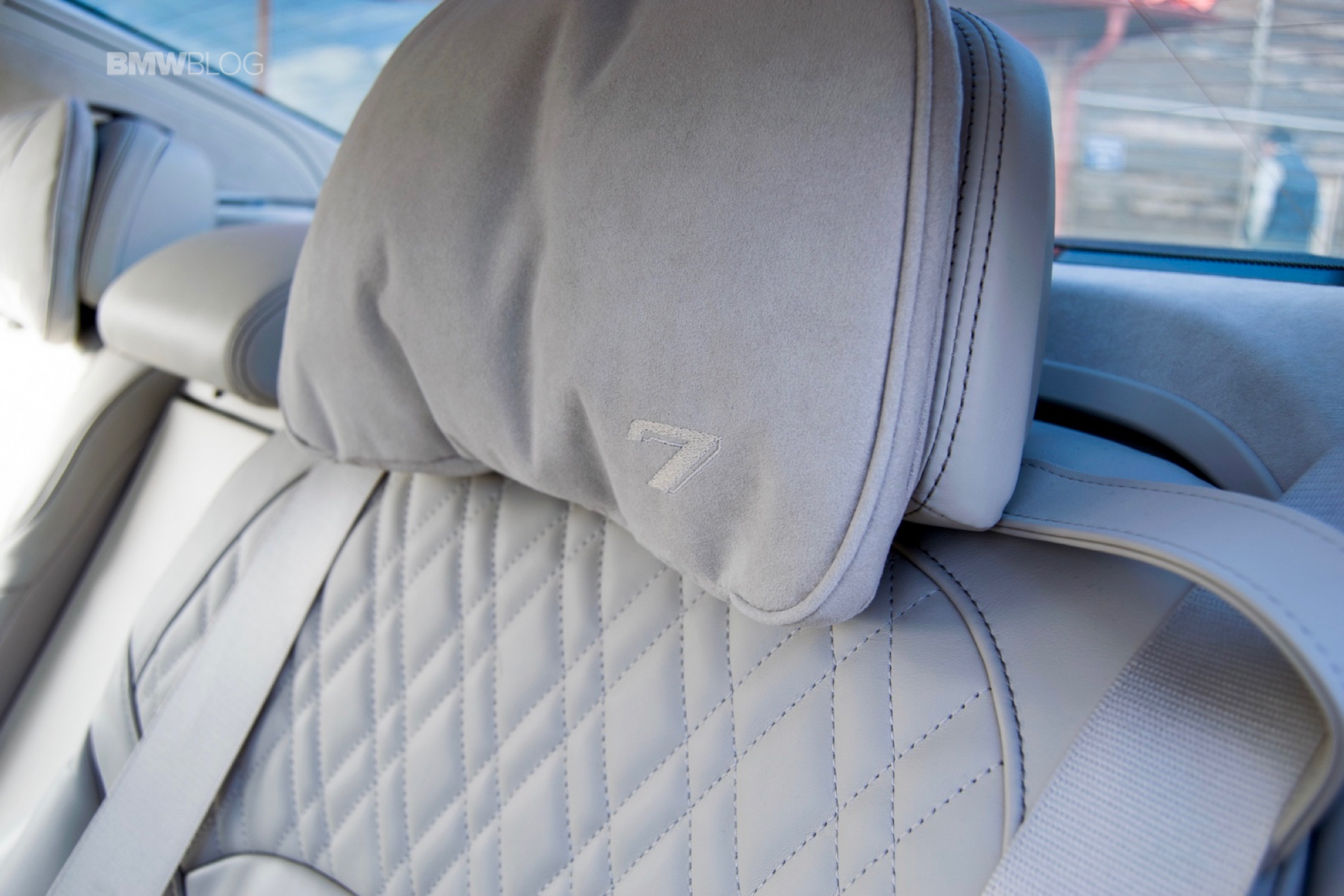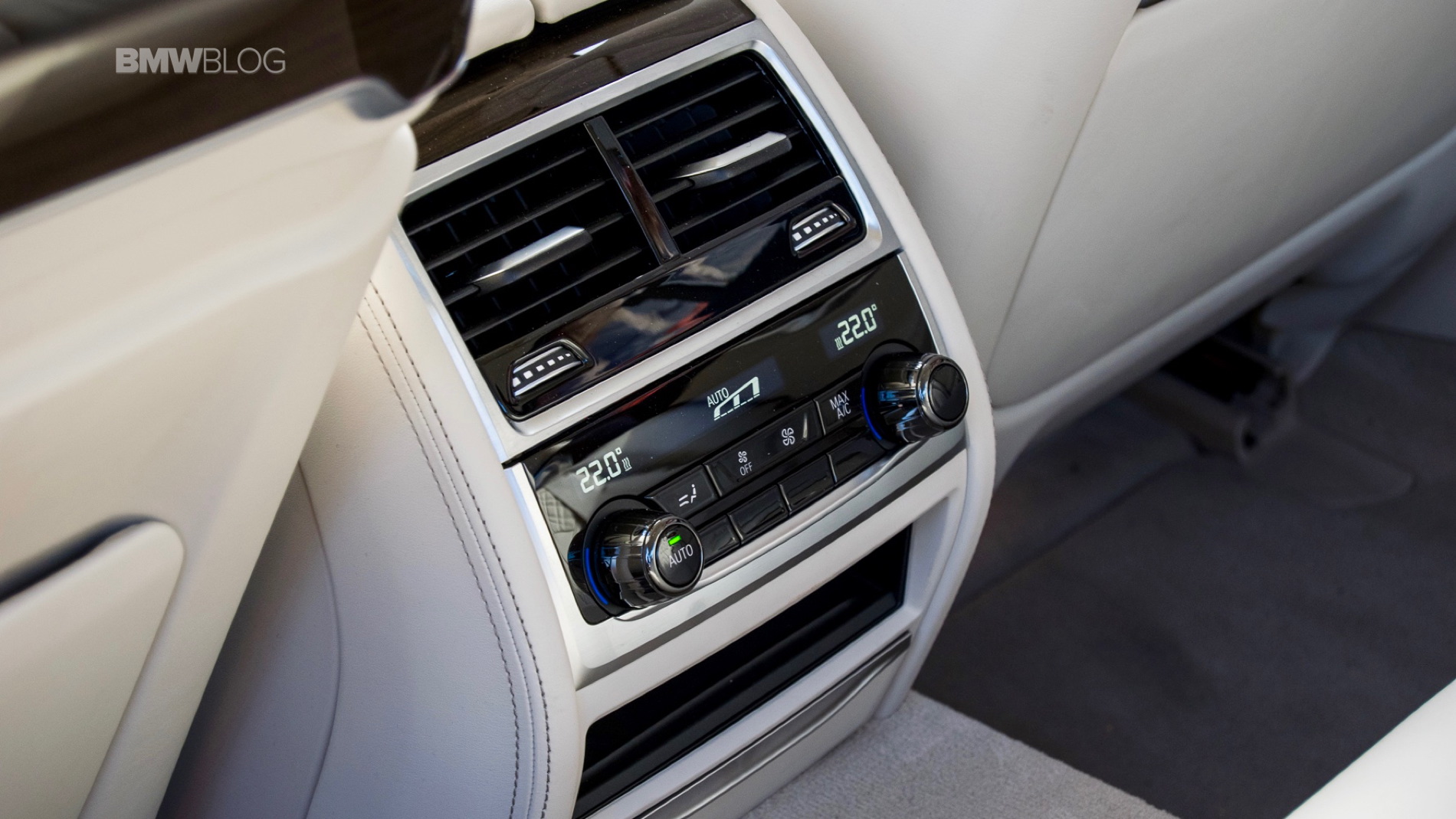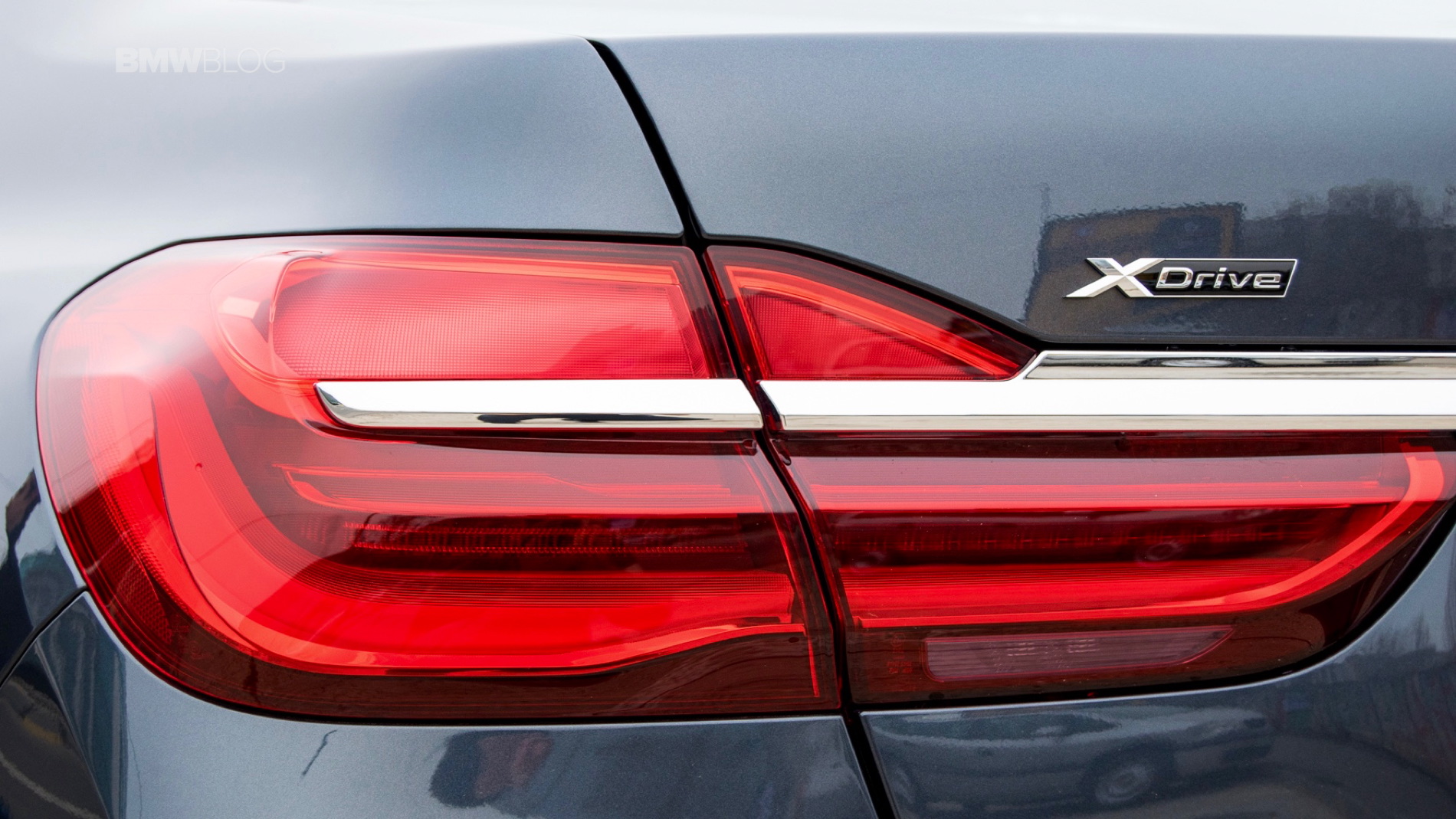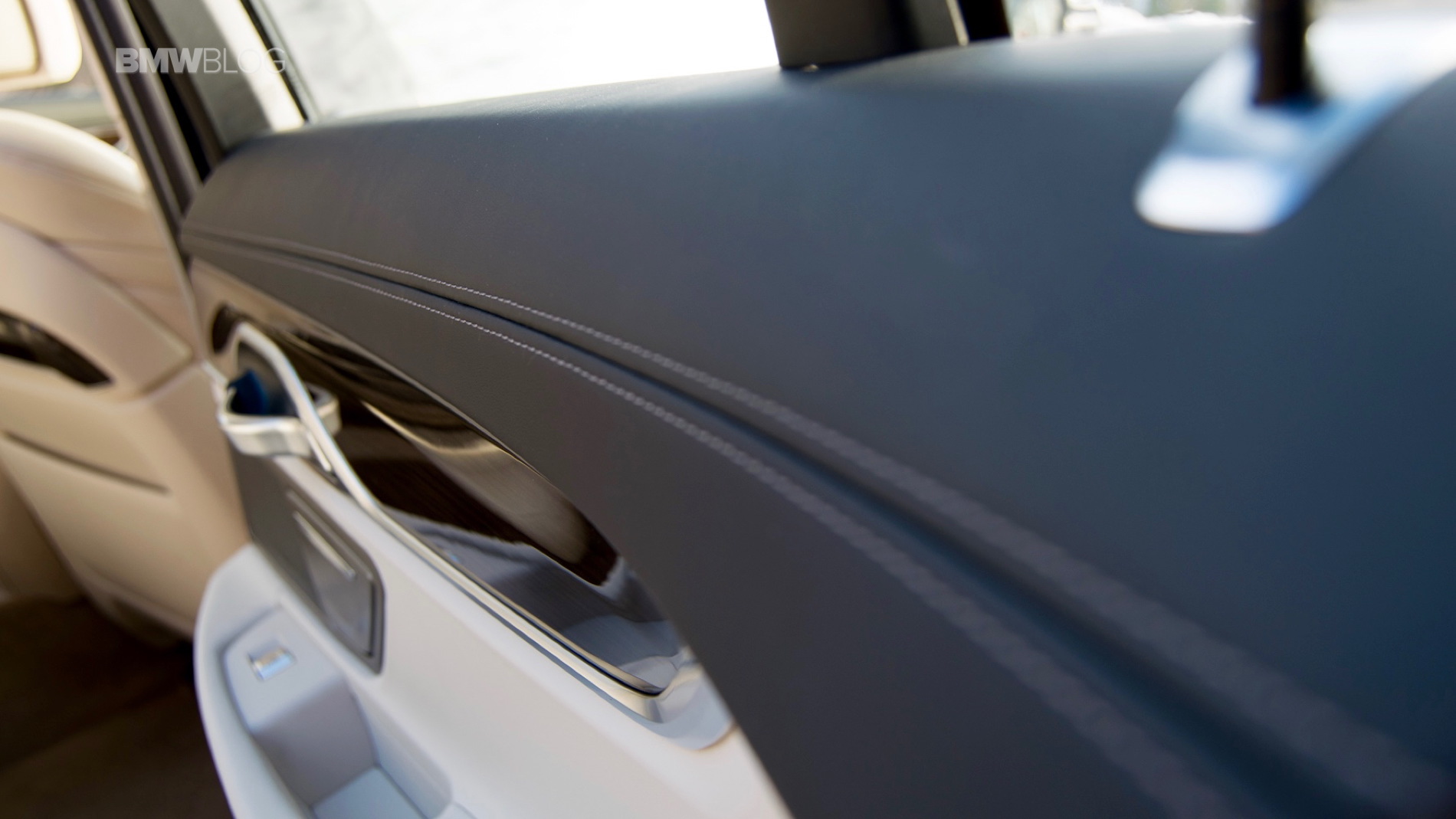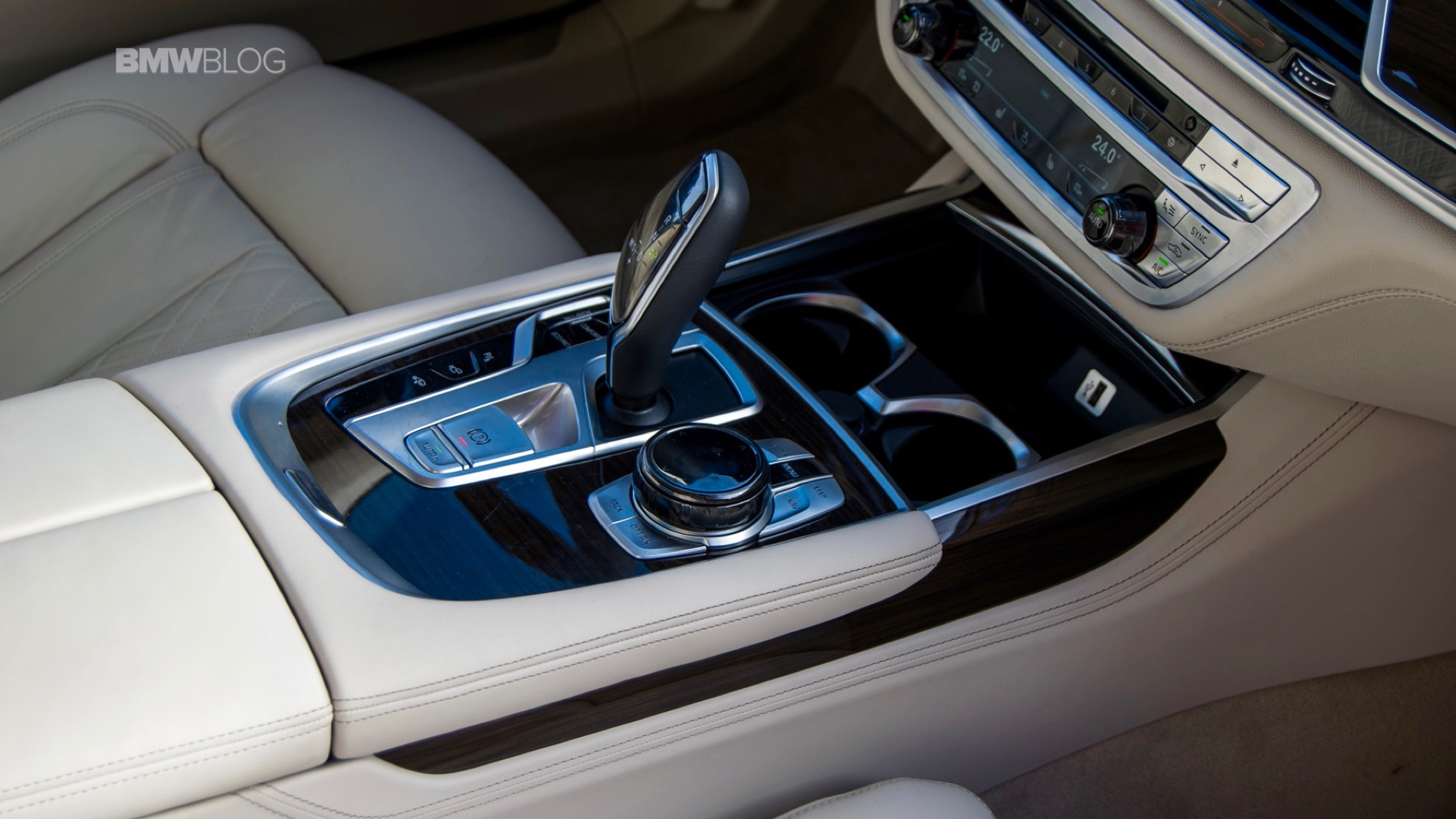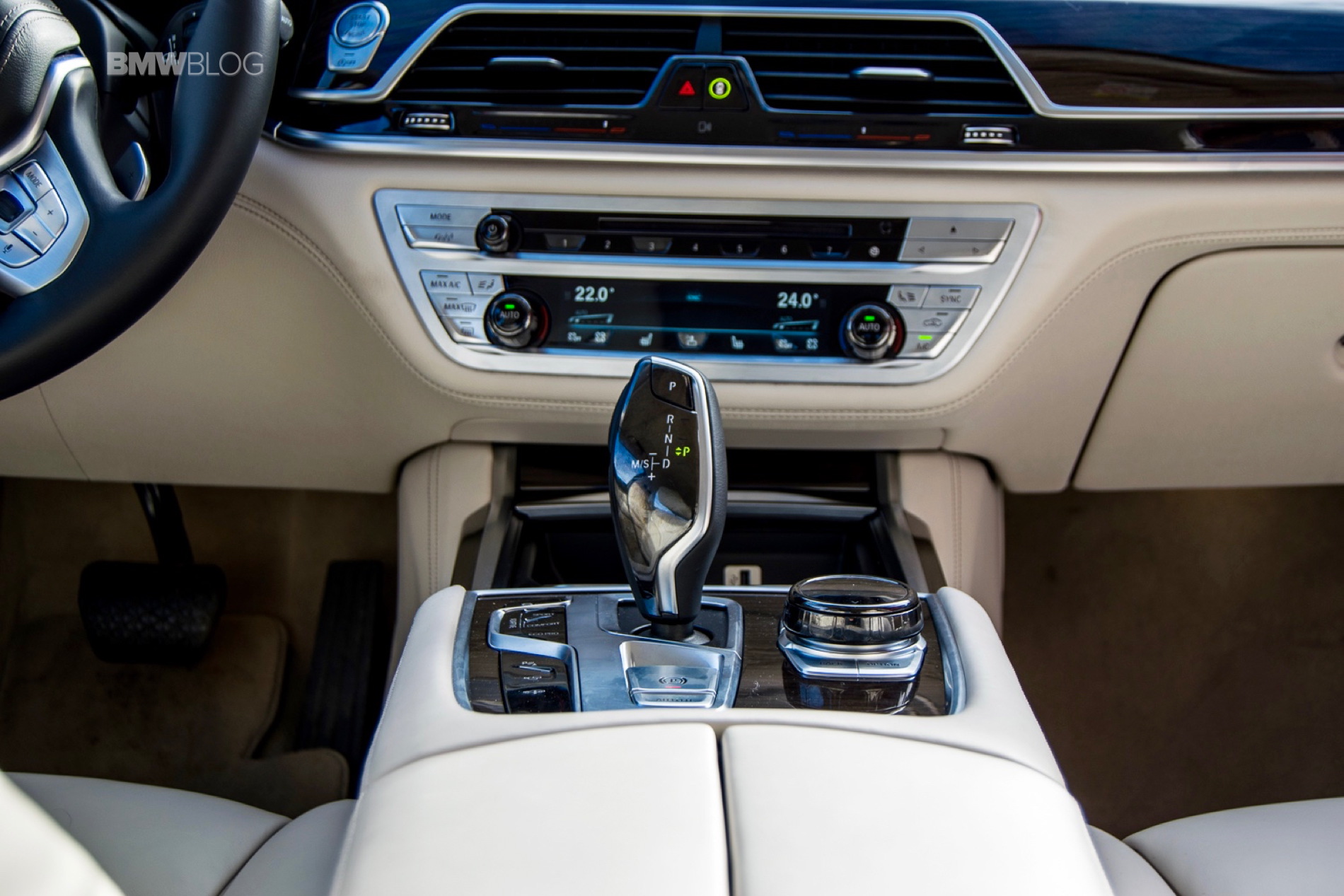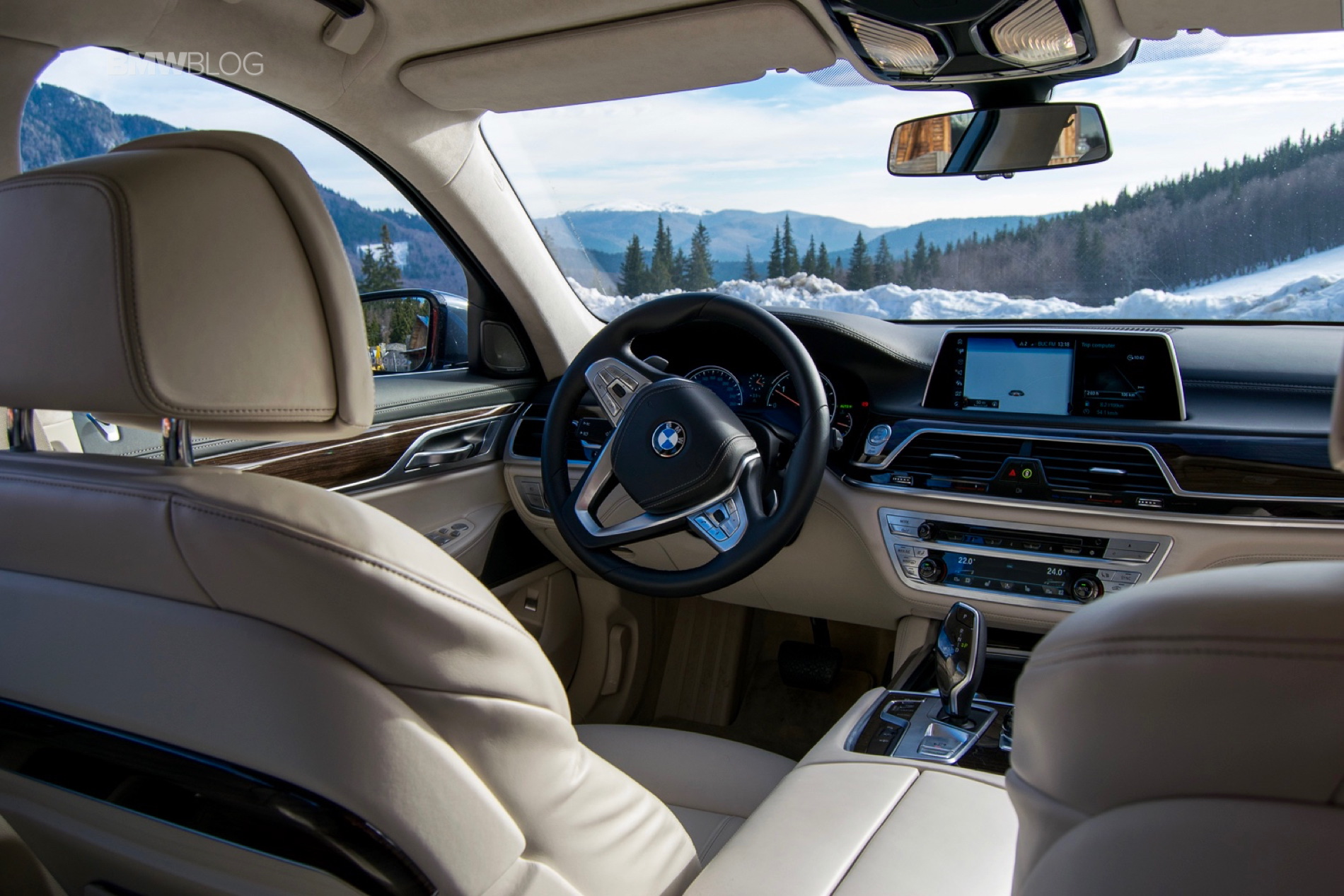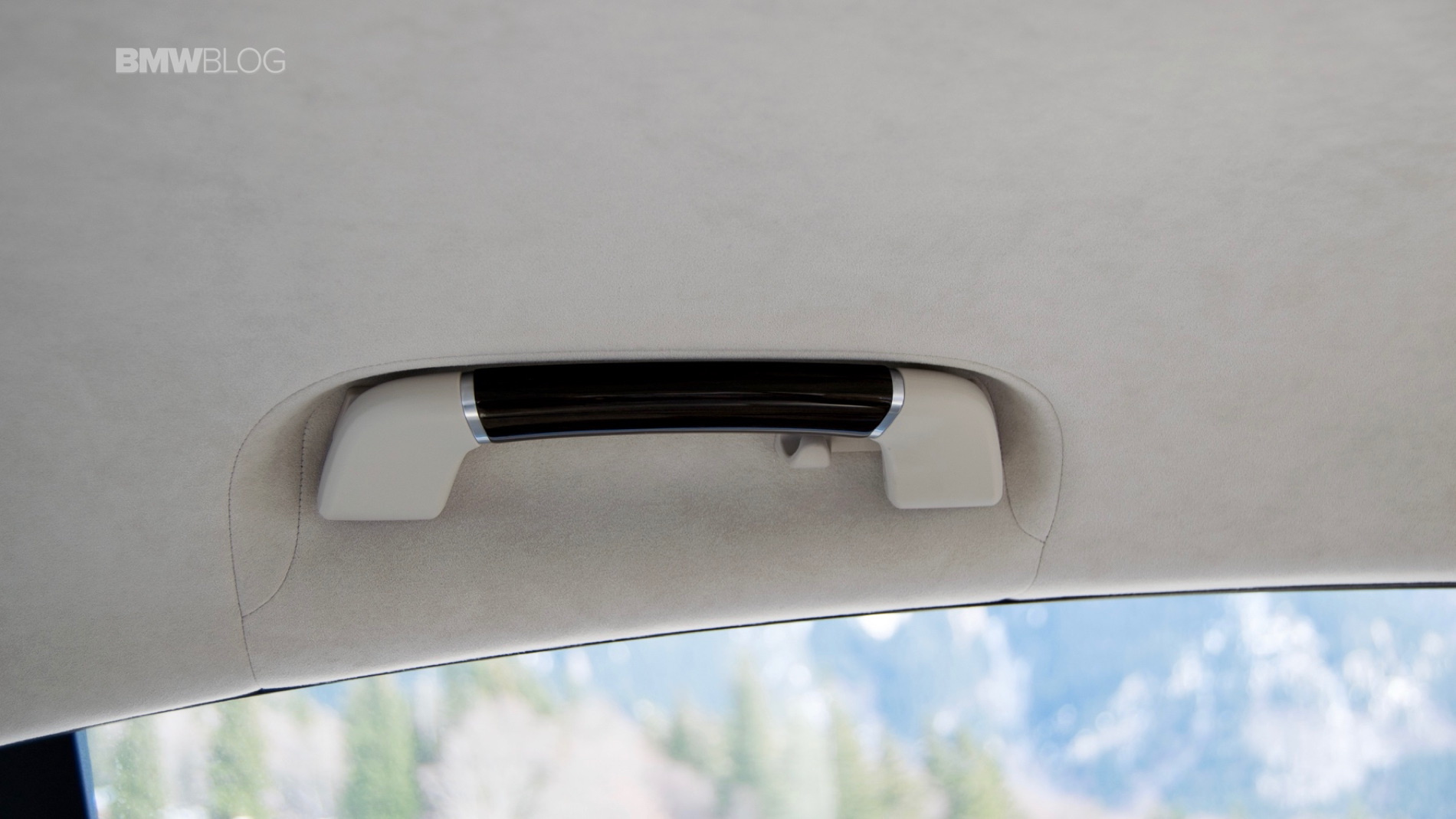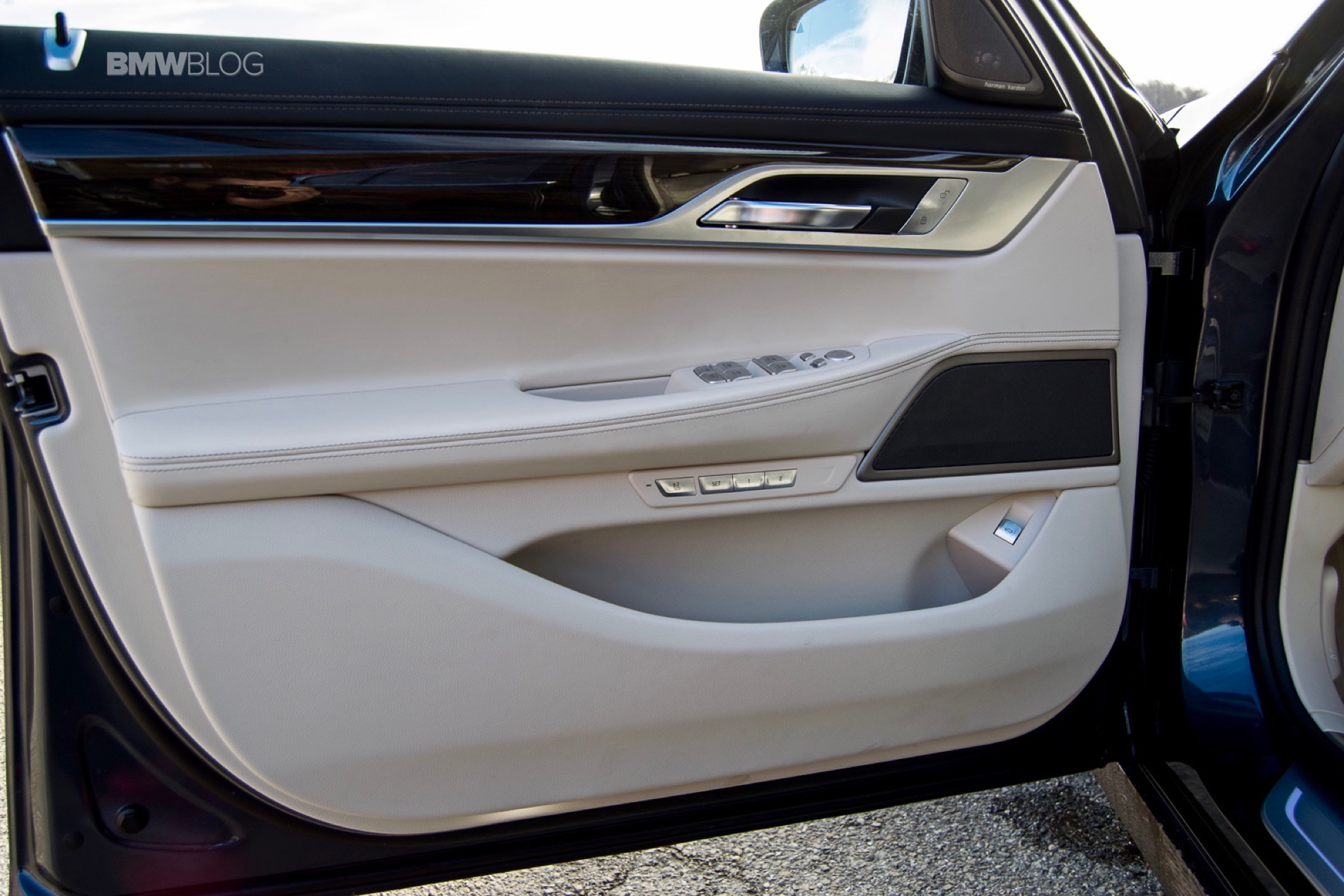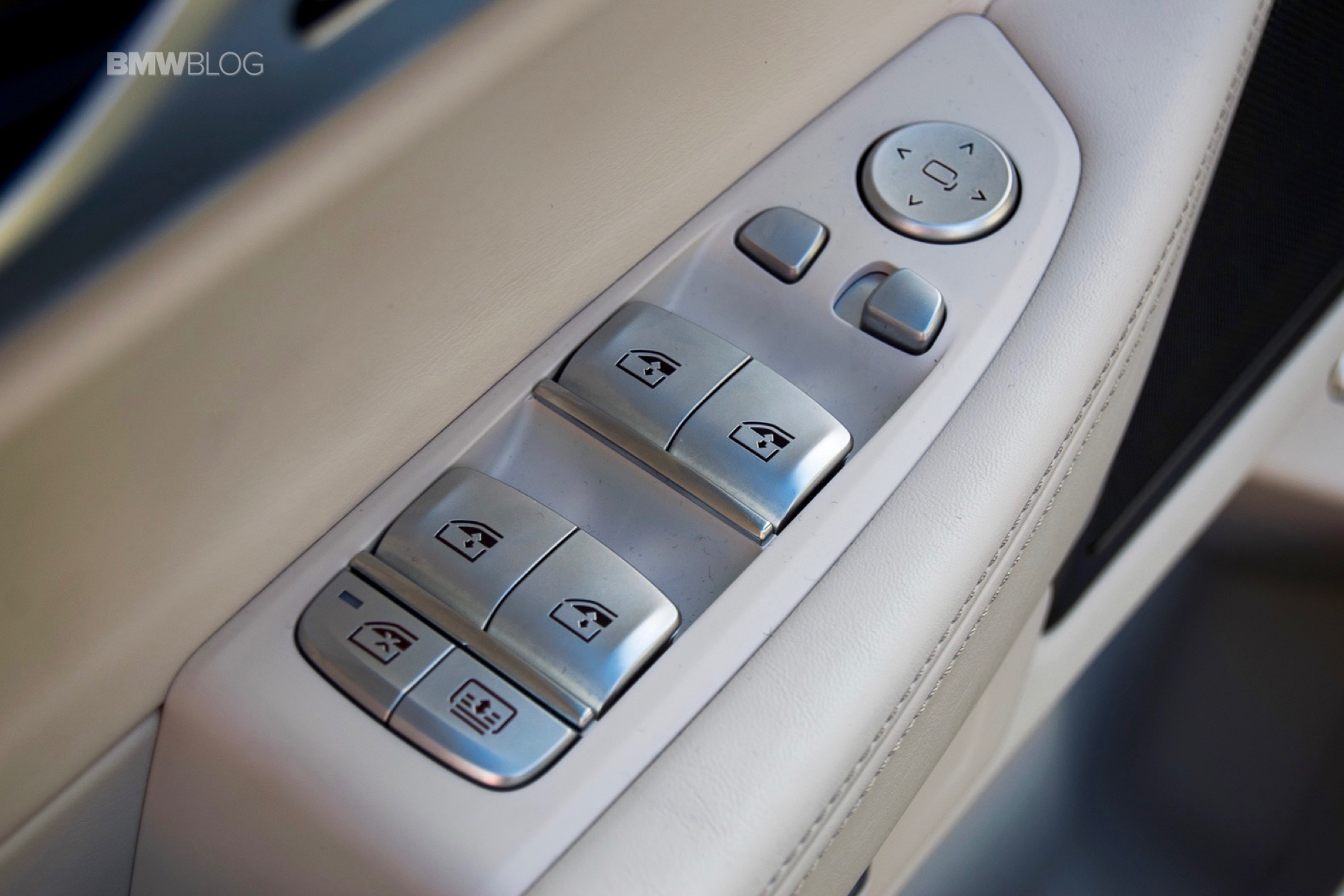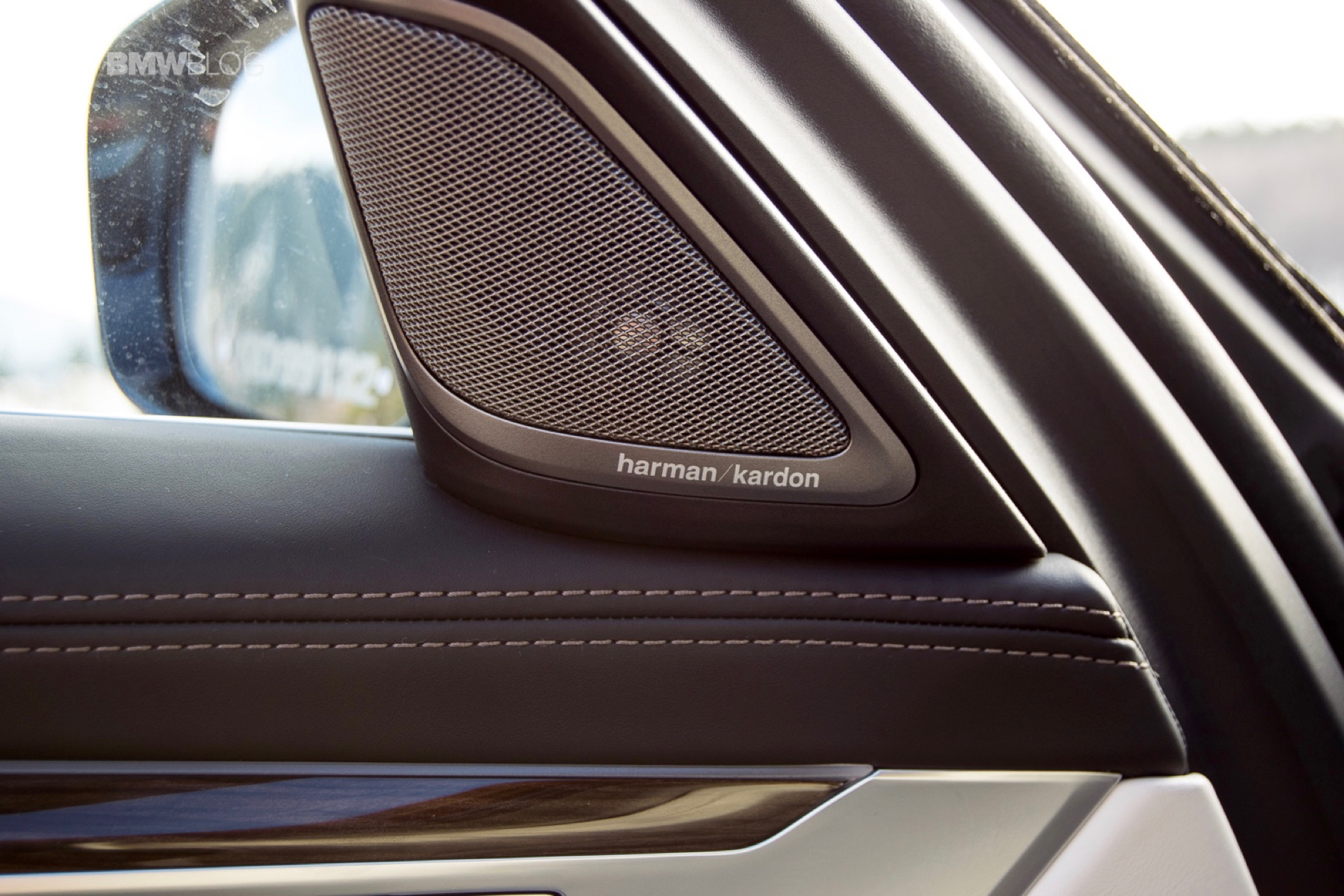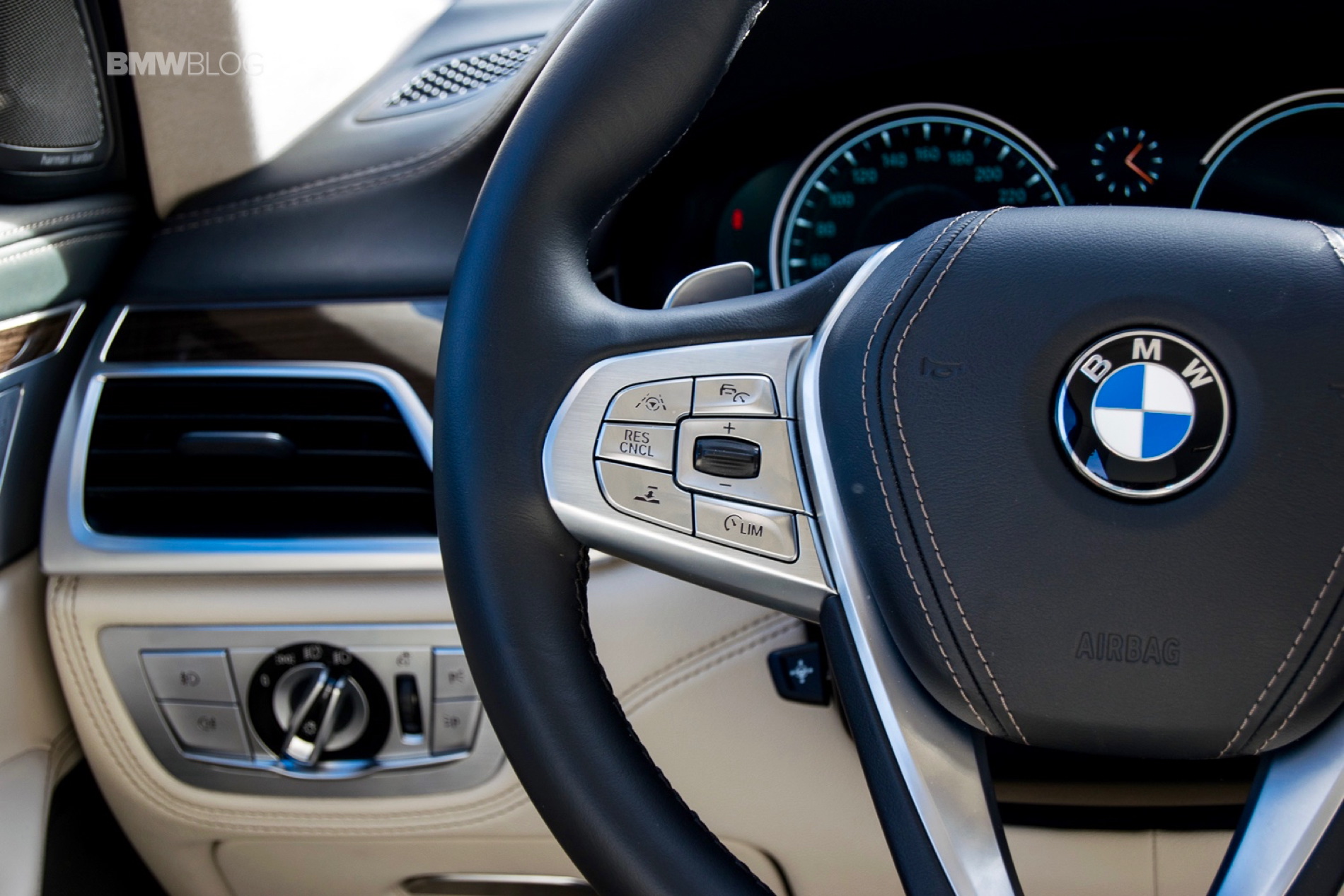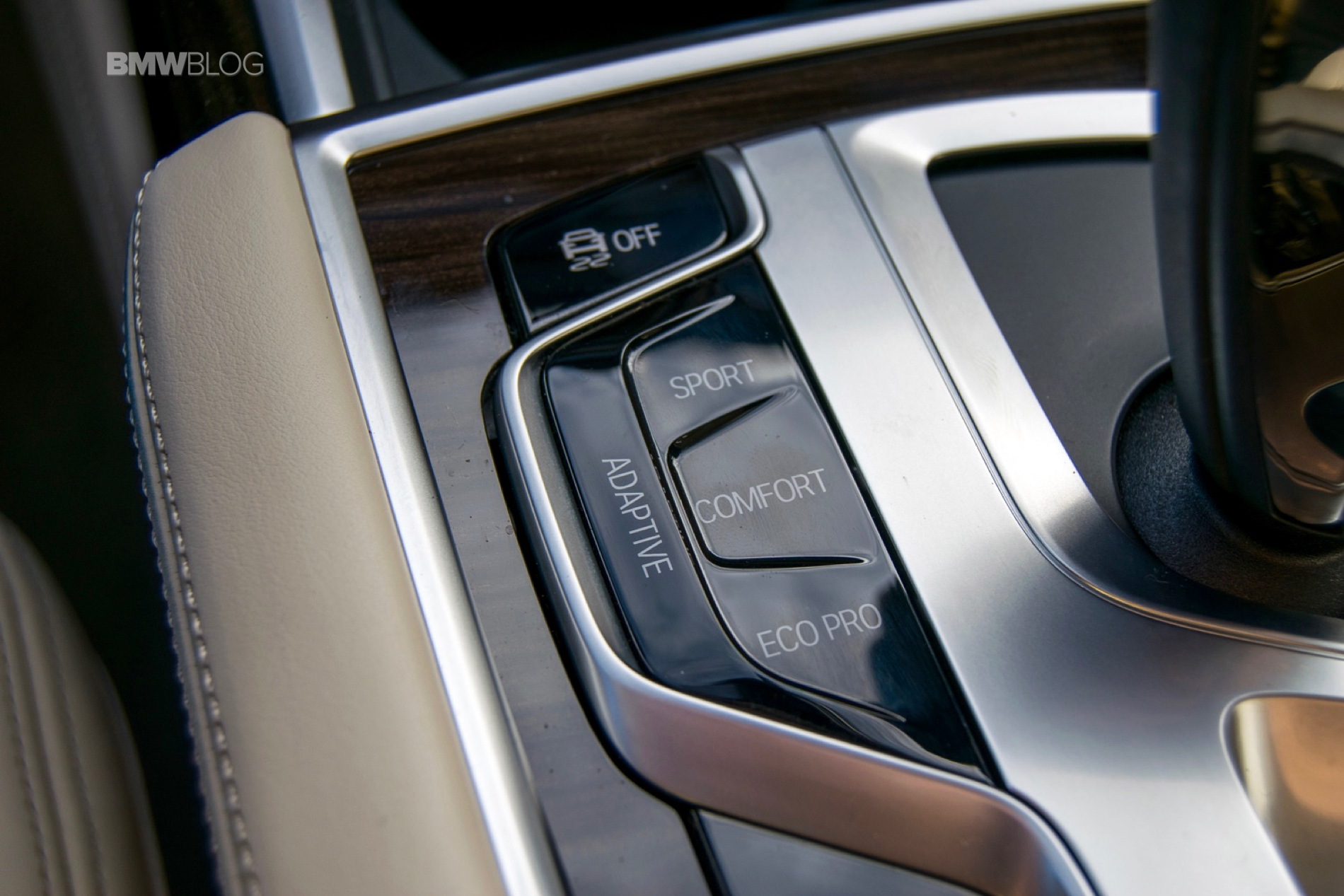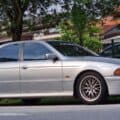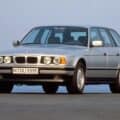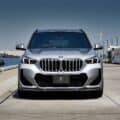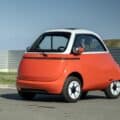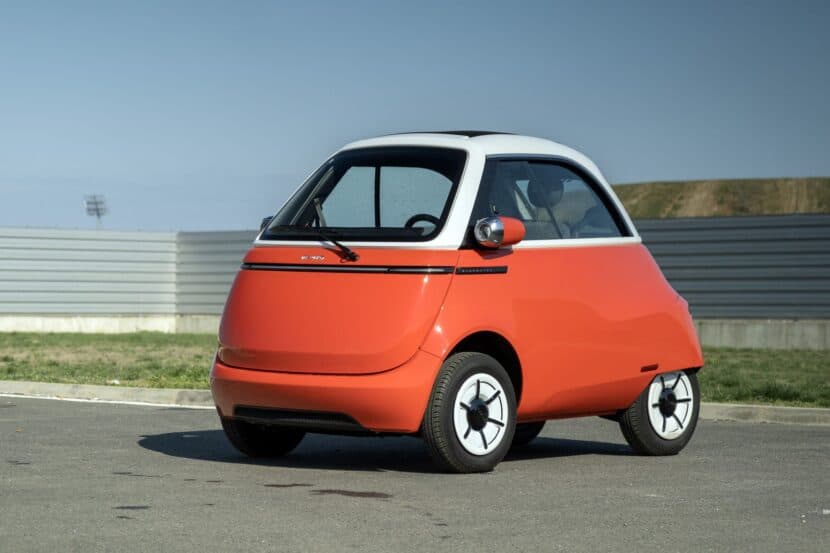The general consensus when trying to define a flagship is that it represents the ship that carries the commander of a group of vessels. As such, it is only normal to be the one fitted with the best technology around, not only to show its might to those trying to attack it but more to keep the commander alive in times of distress.
HERITAGE
Of course, over the years, the terms has been used for a wider variety of things than the meaning it originally had, that referred strictly to ships. Today, every company that is manufacturing products seems to have a flagship of sorts.Video cards, smartphones, PCs and tablets, nearly every sector of the industry has a variety of ‘flagships’ and the automakers out there make no exception. For BMW, the car that carried the commanders of the world since 1977 has been the 7 Series.
The E23 model was the first one to wear this moniker, and the blue and white roundel company was never the same ever since. The introduction of the 7 Series in the range meant not only the addition of a limousine that had the best tech the Germans could come up with but also a change in the way they did business.
For nearly 40 years now, the 7er became a sort of oracle. Every seven years, when a new version was launched, it brought forward technology that was at the spearhead of the industry (not the brand alone) technology-wise, tech that would later show up on other, less expensive models.The same pace was kept to this day even though the fast paced environment we live in today is more demanding than ever. The rhythm in which new technologies are unveiled now is a lot faster than it used to be and yet, most manufacturers choose to keep the 7-year production cycle and this way of doing business.
That’s yet another argument for calling the 7 Series an iconic model, even if this is 2015. The amount of technology and features it brings to the table is staggering and after a couple of days spent in its company, we can confidently say that it will make sure that the rest of the range will be benefiting from them for the next seven years.
Looking at photos of the new flagship on the Internet you may think that the design hasn’t changed all that much compared to the facelifted F01 7er, its predecessor. However, you’d be wrong to judge the car by some online photos.
[quote text_size=”small” align=”full”]
Viewed from any angle, the new 7 Series feels more dynamic and more elegant at the same time.
[/quote]
EVOLUTIONARY DESIGN
To get a better idea of how the G11 7 Series really looks like, you need to glance at one out in the wild, see it with your own eyes, in real life. That’s when you’ll start noticing the little details that make it stand out, such as the abundance of character lines and creases thrown all around its body.
Viewed from any angle, the new 7 Series feels more dynamic and more elegant at the same time, a feat that I’m sure wasn’t all that easy to achieve. Up front, the headlights are now connected to the massive kidney grilles that are active and can allow air to pass through them or not, depending on the car’s needs.
This was done to allow the 7er to be as efficient as possible and, believe it or not, it works.
[quote text_size=”small” align=”left”]
The new 7 Series is light-years ahead of its predecessor once you step inside.
[/quote]
Round the back the taillights are now slimmer and more elegant, featuring LED strips that look stunning at night. The rear bumper features a new design for the taillights and chrome inserts can be noticed here and there. The sleek silhouette of the car is deceiving from a distance. Looking at the side of the sedan you’d think it’s no bigger than the 5 Series from the outside but the moment you step inside you realize just how badly wrong you were. And that’s also where the several significant differences are most notable.
ARGUABLY THE BEST INTERIOR ON THE MARKET
The new 7 Series is light-years ahead of its predecessor once you step inside. Plastic usage has been drastically reduced and excepting the lower half of the door panels; we couldn’t really find plastic used in any other area.
All the buttons inside are now made of aluminum and/or glass, finished off with ceramic surrounds, a choice that feels excellent to the touch. Even the glovebox handle is made of aluminum. The rest of the car is dressed in leather and Alcantara, depending on your choice. Our tester was fitted with the extended Nappa Ivory White leather option that made everything feel fantastic to the touch, including the headrests that were probably softer than a mother’s touch.
Leaving the leather aside, the construction of the seats must have been changed too as they felt extremely comfortable both up front and in the back. Since executives will most likely be using this car for business trips, the best seat in the house is, without a doubt, the rear right-side one (or left side for right-hand drive countries).
That’s where high-value CEOs will be relaxing, and the Bavarians took extra measures to make sure you can sit as comfortably as you wish back there. Long wheelbase models come with a new feature that allows you to fold the front passenger seat, offering the rear passenger the option of stretching his or her legs for longer trips. Unfortunately, our tester was the standard, short wheelbase European-only 730d version and didn’t come with such amenities. In the US, all models will be LWB though, and we tested this feature on a 750i version earlier this year, telling you all about it.
To make sure that you get access to everything you could need in the back, the center armrest now comes with a tablet included that allows you to control almost every feature of the car. You can adjust every seat (excluding the driver’s, for obvious reasons), you can adjust the air conditioning, the sun protection, the massage function for the seats, the navigation system, enter the destination you want to reach and, of course, the media controls. All of this is done using a Samsung Galaxy tab that was adapted for usage inside a BMW. You can still use it for other purposes than remotely controlling the car’s features too, just as you would any other tablet.
However, as exciting and cool as these technologies might sound, if we’re to be honest, you do get them in other cars in this segment as well. Sure, the S-Class won’t allow you to control them via a tablet but you can use a similar system that is fixed near you, so this isn’t really where the difference is made between the 7 Series and its chief rival.
That comes in a different area, and it’s no surprise: the driving dynamics.
DRIVING DYNAMICS SETS IT APART
The engineers were tasked with an incredibly hard job when unleashed upon this new project: making the new 7 Series lighter than its predecessor even though it has to carry around a lot more tech. To achieve this ambitious goal, they invented Carbon Core, a new way of building the chassis of the car that sees the usage of carbon fiber reinforced polymer (CFRP) combined with other lightweight materials for the best results possible.
[quote text_size=”small” align=”left”]
We were completely blown away by how easy the 5-meter (200 inches) long car was to drive and maneuver around town.
[/quote]
However, just replacing steel with CFRP isn’t enough. This mix of materials has to be done in a smart way and that’s why BMW always uses the phrase ‘intelligent lightweight construction’. It’s not just marketing, but a real thing.
You see, shedding weight must be done in the right places. Remove unnecessary weight from the lower panels and the floor for example, while leaving heaving parts hanging at the top of the car will ruin the balance of the whole thing. That’s why CFRP was used for the roof braces of the 7er and in other key places, to make sure that the center of gravity remains as close to the ground as possible. And all of this hard work paid off as you can feel it the moment you start driving this flagship.
We were completely blown away by how easy the 5-meter (200 inches) long car was to drive and maneuver around town. Driving it doesn’t feel even remotely harder than driving a 1 Series and that says a lot.
The integral steering and standard pneumatic suspension might have helped too, but we’re confident that even without them, the 7 Series would’ve been a peach to drive. Everything felt light, a perception that we couldn’t shake during our extensive time spent behind the wheel.
The steering was extremely light in both ECO Pro and Comfort modes, allowing us to negotiate even the tightest roads around Europe with ease. Chip in the vast array of tech that helps out as well, especially when parking, and you can’t but praise the engineers for what they achieved.
And while you may expect the rearview camera to be mentioned as one of the essential tech bits that help you park this beast, the Bavarians have something even better to help you out and it’s called Surround View 3D. Coupled with Gesture Control, another premiere for the industry (that is optional but only costs 200 Euros) you get a rendering of your car on the iDrive screen that you can control with a pinch and move gesture done with your hand. Using it, you get a clear view of the cars around you and how you are positioned beside them. This will be more than handy in tight parking spaces.
To top it all off, if that’s not impressive enough for you, a Remote Parking option is now on offer, allowing you to park your 7 Series using just your optional Display Key (yes, this is optional too but only costs 250 Euros, probably making it a must have for most customers). Unfortunately, the US customers won’t have access to it at first and our tester wasn’t fitted with this option either, so we can’t tell you how well it works.
After making sure parking this 5-meter long limousine won’t be a problem, we set out to test the rest of the technology imbued inside it. As we said, driving the 730d xDrive European model we had at our disposal was extremely easy to do and the Comfort Plus mode made sure that we didn’t feel any of the road’s imperfections, but we were rather reluctant towards it because of our previous experience with air suspension systems used on cars from the same segment.
Yes, we talking about the S-Class. Luckily, I had the chance of driving the Mercedes-Benz flagship as well and, as it turned out, some of my passengers felt a bit queasy after a couple of hours of riding in the back. Unfortunately, the air suspension of the Merc gave them headaches and a general sea-sick feeling, something that isn’t unheard of when dealing with such suspension systems. We didn’t expect that from the new S though, and it was something that made our experience rather disappointing.
Therefore, I didn’t know exactly what to expect from BMW’s solution. As it turned out, the Bavarian system worked better and this time around, I was glad to see my passengers smiling the whole trip with no sickness in sight. Having that in the bag, it was time to see how the new 7 Series handled in Sport mode.
Under the bonnet of the 730d lies the new-age B57 engine, a 3-liter inline 6-cylinder mill that was developed from the ground up to replace the current N57 plants that are used on 30d models from BMW and, truth be told, we were once again amazed by what the engineers came up with.
The old engine was already praised for its silky smooth NVH (noise, vibration, harshness) levels and linear power delivery but this one takes things to a whole new level. Initially, when driving around town we thought that the silence inside the cabin must have been due to the thick padding used around the engine to muffle the sound the diesel mill makes. No more than a couple of miles in, curiosity made us stop and take a closer look, and we were surprised to learn that even from the outside, the B57 plant was incredibly quiet for a compression-ignition engine.
And that’s just part of what makes the 730d model great. The power levels went up for the 2016 model from 258 to 265 HP while torque rose from 560 to 620 Nm (457 lb-ft), small but definitely noticeable increases. Couple that with the 130 kg weight loss and you can easily see how this diesel limousine reaches 100 km/h (62 mph) from a standstill in just 5.8 seconds. That’s as fast as the Rolls-Royce Phantom Coupe that uses a 6.7-liter V12 engine, by the way.
It’s not just the straight line acceleration that gets you to drive like a maniac though but the way this car handles corners as well. Entering Sport mode will set all systems to full-attack mode, and you’ll be feeling like you’re driving a 3 Series on twisty mountain roads, not a 7 Series.
Body roll is somehow reduced to a minimum while the steering is precise and dead on, with a bit of weight to it that is supposed to mimic a hydraulic system. The integral active steering (offered for the first time in combination with xDrive) can also be felt at work, pushing you around corners at incredible speeds, leaving us to wonder how it’s possible that a car weighing 1,825 kg (4,023 lbs) can achieve such amazing feats.
Of course, most of the time these cars will be driven in Comfort or Comfort Plus mode as you’d expect, as CEOs and executives around the world aren’t necessary the most hardcore track enthusiasts. However, it’s good to know that if you actually want to drive this car, the Germans made sure you’d have a smile on your face, even when driving the cheapest model in the range, the 730d.
For those that will be buying this car to drive it themselves, though, the one mode that makes the most sense is Adaptive. This is a new approach to the old, classic three choices we’ve been getting used to inside Bimmers lately and, according to BMW it should adapt itself to your driving style on the go.
Testing it for a couple of hundred miles, we’ve come to learn that it is basically Comfort mode that switches into Sport mode as soon as you need it, to put it as simple as possible but there are other tricks involved as well.
Say you’re driving down the highway, at a cruising speed of around 70 mph. If you’re doing that for a couple of minutes, the car will start shutting down all unnecessary auxiliaries to decrease fuel consumption. Basically, you’ll be driving in a sort of ECO Pro mode without having the comfort of your passengers affected in any way. However, the moment you decide to step on it to do some high-speed maneuvers, the car will instantly stiffen the dampers and adjust the pedal response to your needs, without having to go beyond the kick-down step with the gas pedal.
[quote text_size=”small” align=”full”]
Given the size of the thing and its engine, we couldn’t but be impressed with its performance.
[/quote]
To be completely honest, we thought this new Adaptive mode would be just marketing speak at first but as it turns out, it actually works. And that’s probably how most owners will drive their cars, too.
If you’re not oscillating too much between driving aggressively and toning yourself down, you’ll even manage to get incredible fuel consumption readings, as we just couldn’t believe how efficient this car was. When we picked it up, the on-board computer showed us that the range was estimated at nearly 1,000 kilometers (over 600 miles) and we scoffed at it, once again, as we did when testing the 2016 BMW X1.
Well, we were ecstatic to learn that it was incredibly accurate this time as well. The 730d xDrive showed a fuel consumption of 10 l/100 km (23.5 mpg) around town and, get this, 5.8 l/100 km (40.5 mpg) outside of city confines. Overall, we recorded a fuel consumption of 8.2 l/100 km (28.6 mpg) during our time in the car and we can assure you that it wasn’t all in ECO Pro mode. Given the size of the thing and its engine, we couldn’t but be impressed with its performance.
WORLD CLASS TECHNOLOGY
As night fell, we came to learn about this car’s second nature as it is indeed different after sundown. It was then when we started noticing the new ambient lights that now have more colors available than ever, our choice being, without a doubt, the White/Lila combination that made everything inside feel even more elegant.
It was also at this moment that we started experimenting with another industry-wide premiere, the BMW Laserlight headlamps. After managing to launch the first car in the world with laser headlights in the shape of the i8 about a year ago, the Germans went a step further for the 7 Series and fitted it with adaptive laser beams that can light up the road ahead of you for up to 600 meters without blinding any of the other traffic participants.
What makes this system even better than the LED one (that also has adaptive beams but only up to 300 meters) is the color and temperature of the light that truly makes it seem like night turned into day.
And it’s not just the ambient lighting and the headlamps that transform the 7 Series into a different car altogether at night either. The new Welcome Light Carpet function is beautiful to watch in action as well, lighting the area next to the car so that you don’t have any surprises getting in or out of it.
Inside, the new iDrive system looks even better in the dark, with its high-resolution displays really coming into their own once sunlight stops from hitting them directly. The instrument cluster features a similar design to the one found in the current 5 Series, but the resolution has been improved slightly, and the center area, between the rev counter and speedometer now displays new info.
It is here where you’ll be notified of a variety of functions being at work, as well as on the new Head-Up Display that is now bigger and has a fresh look. One interesting add-on that caught our attention was the Driving Assistant package that introduced us to BMW’s first lane keeping assistant that can now even take control of the steering wheel.
Using cameras installed in the side mirrors, the car reads the markings on the road and knows when you’re inside your lane. From here, if you wish, you can activate a function that keeps you inside the lane, taking control of the steering. Unlike every other bit of new tech inside the cabin, this was the only letdown as, at times, the car’s systems seemed hesitant to steer you clear of danger.
However, leaving that small exception to the side, every bit of new tech included in the new iDrive system was absolutely on par, including the new Gesture Control feature.
It has been discussed extensively, and some people even went on to claim that it won’t help you be less distracted behind the wheel, but the truth of the matter is, it does help out.
Gesture Control uses a 3D sensor mounted in the headliner, similar to the one used on Xbox’s Kinect or PS4’s Play controllers. It recognizes a couple of pre-defined gestures that allow you to do things such as answer/deny oncoming phone calls, turn the volume up or down or change the track/radio station. One gesture can even be configured to do a particular function you can choose from the settings menu.
As for the functionality, it will take some time to adapt and learn how to use it but we found that after less than an hour, we were using Gesture Control at every chance we got. The sensor might seem slow to read what gesture you’re using at times, but the key here is to move your hand slowly, in a fluid motion, without going too fast. Heck, it’s so easy to use that you can keep your hand on the gearshift lever, and it will read and understand your commands. The feature only works in a pre-defined space though, limited by the steering wheel, dash and gearshift lever but it’s pretty generous in size nonetheless and even the passenger sitting to your right can use it.
And then there’s the new iDrive system and the touch sensitive controls it brings to the table. Yes, you can now control the infotainment system by touching the massive screen atop the dash with your fingers but we found that rather counter-intuitive.
Sure, it does bring the BMW brand in line with the rest of the world that has been using such displays for quite some time now, but it is distracting and not all that comfortable to use. Furthermore, since the iDrive controller works so well through the menus and is so much closer in reach, it really doesn’t pay off to stretch all the way up to the screen to change the station or scroll through the sub-menus. Speaking of which, every animation within the system now has a more accentuated fade-in, fade-out effect that truly makes a difference in how you perceive it.
Speaking of which, the vast majority of pages have been modified now, along with the preset buttons around the iDrive wheel on the console. Most of them have been simplified, and merged together to create and easier to use system. The one exception to this rule seemed to be the Media menu that felt a bit more complicated by comparison but was still comfortable to use.
The added complications of the media sub-menu came from the inclusion of a wider variety of connectivity options that now includes, among others, Screencast. This allows you to connect your mobile device to the car and show the contents of your smartphone to the other occupants of the vehicle using the displays inside.
THE S-CLASS HAS A WORTHY OPPONENT
So have all of these innovations and improvements made the new 7 Series a proper rival for the Mercedes-Benz S-Class?
Chances that customers are cross-shopping these two models are rather small, no matter what some would say. The truth of the matter is, most clients will be buying the new 7 Series because they love the brand and what the 7er has over the S-Class.In this category we could include a host of technologies, an army of them if you will, that truly set the BMW apart. Laser adaptive lights, gesture control, and remote parking are just a couple examples, but they don’t really matter unless you’re sitting in the driver’s seat, and that’s where the 7 Series has the most distinct advantage.
Unlike the S-Class, the Bimmer was developed keeping the driver in mind, and it is more agile and more enjoyable to drive than its chief rival by a rather considerable margin. Over our time with it, we couldn’t help but keep saying “Wow” to ourselves, every time we put the car to the test dynamically and that says a lot, especially since this was the entry-level 730d model.
After driving even this 265 HP oil burner we had to ask ourselves what kind of wizardry the engineers used to make a 1.825 kg (4,023 lbs), 5-meter long car feel like an average, more down-to-earth 3 Series. And for that, the Bavarians deserve our praise.
2016 BMW 730d xDrive
Exterior Appeal - 9
Interior Quality - 10
Steering Feedback - 9
Performance - 9
Handling - 10
BMWness/Ultimate Driving Machine - 9
Price Point - 8
9.1
Unlike the Mercedes S-Class, the BMW 7 Series was developed keeping the driver in mind, and it is more agile and more enjoyable to drive than its chief rival by a rather considerable margin.




